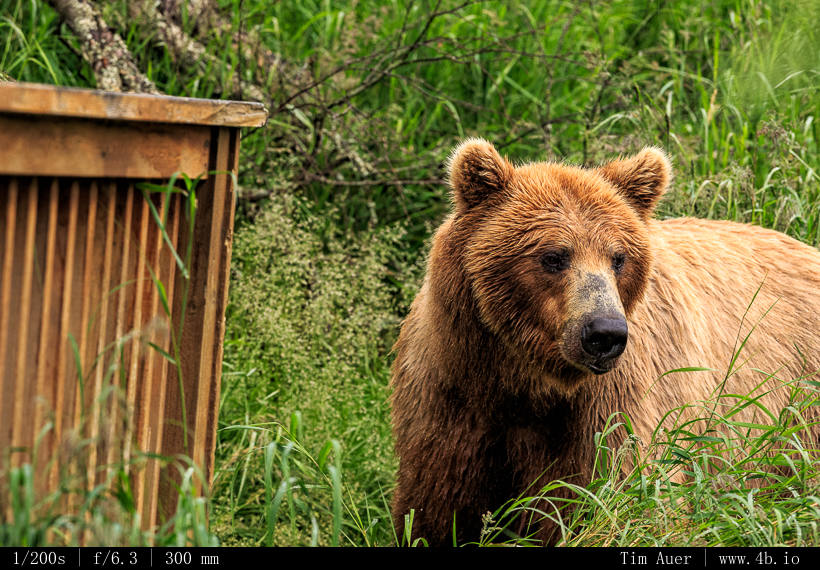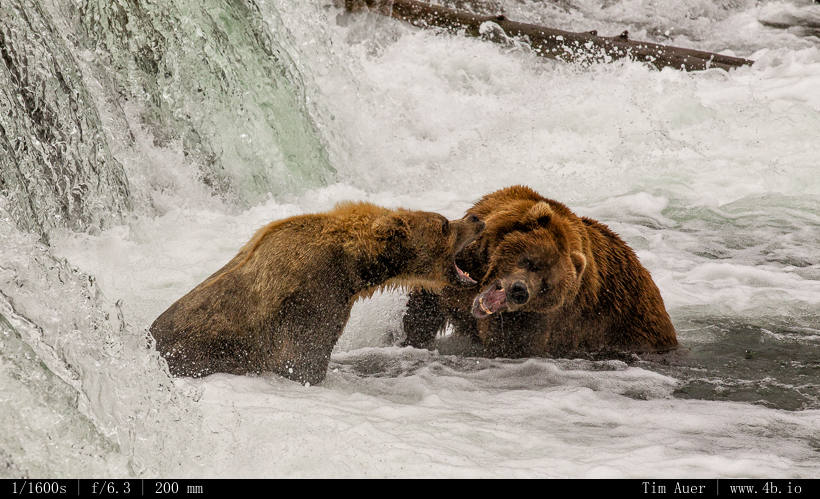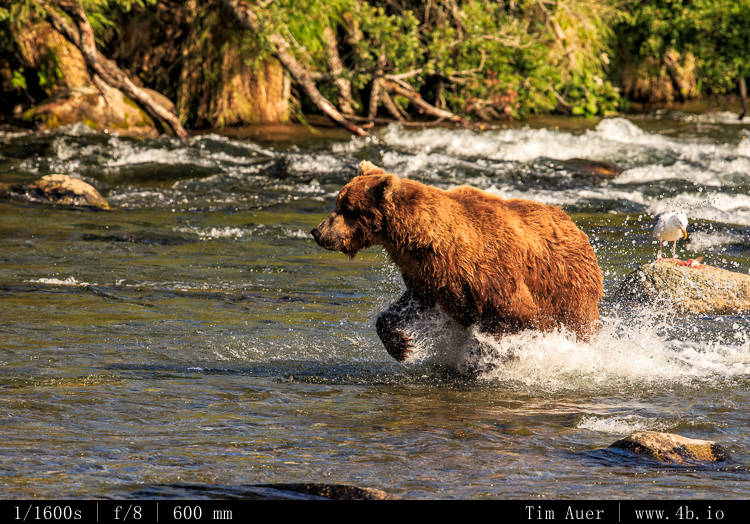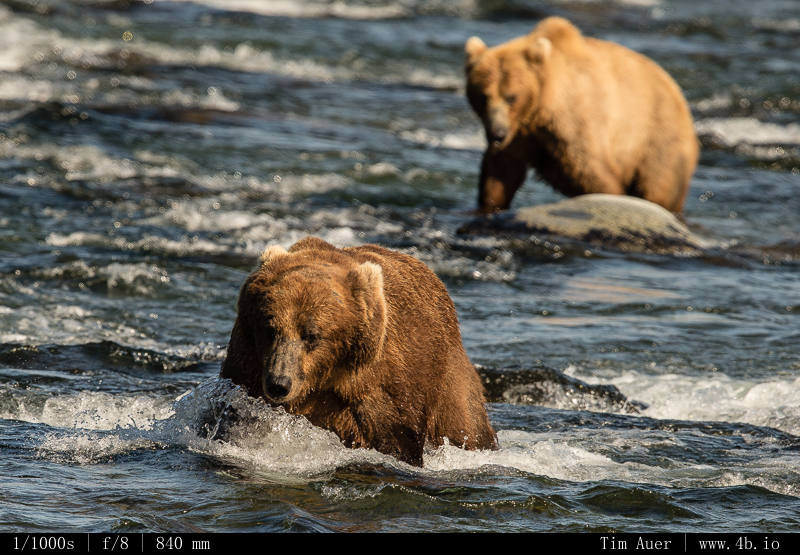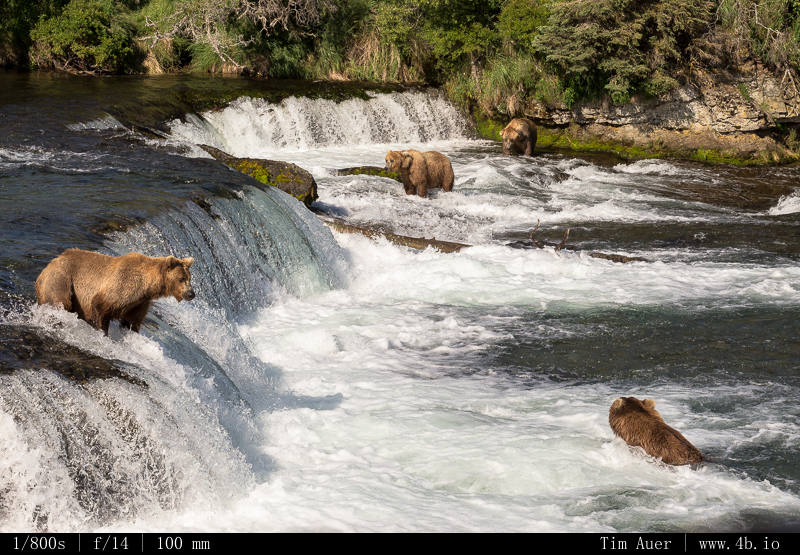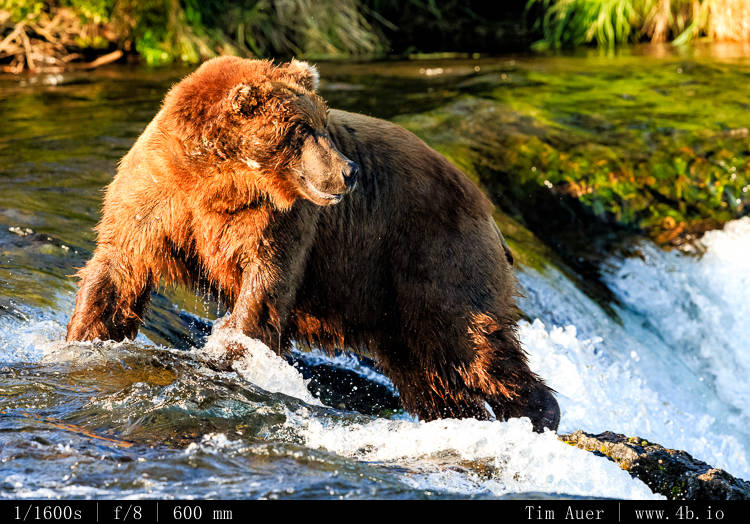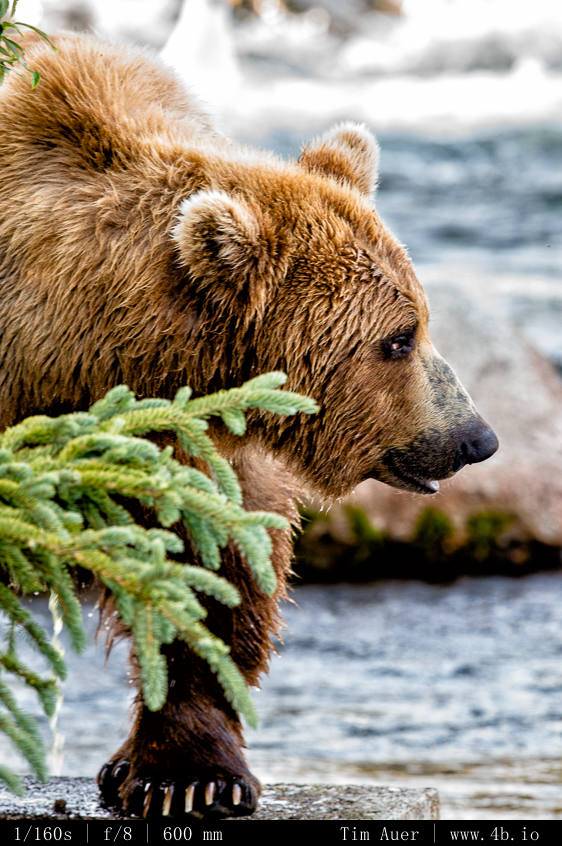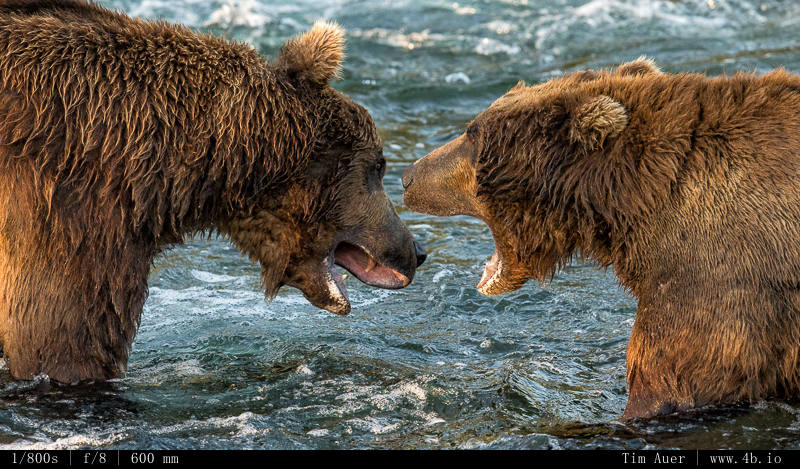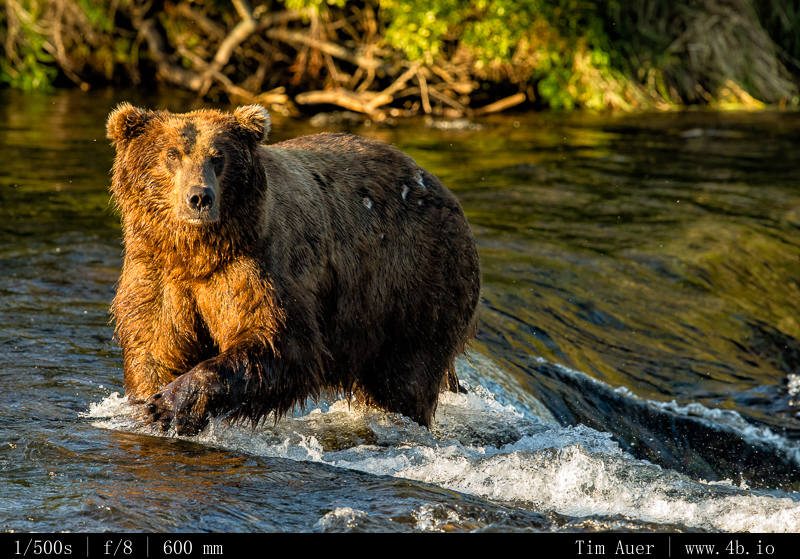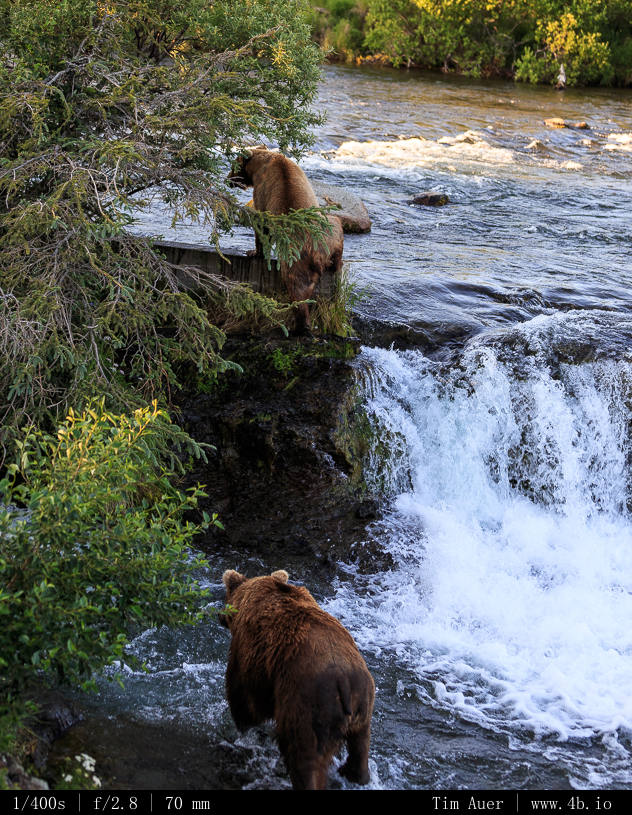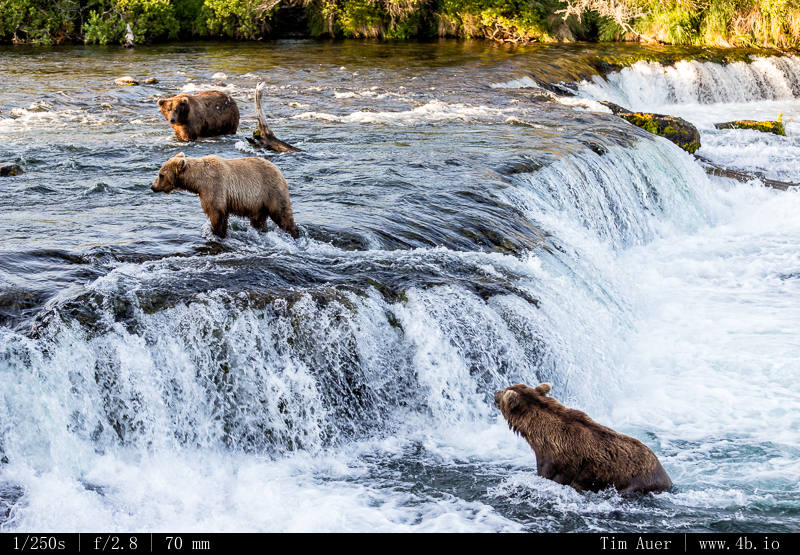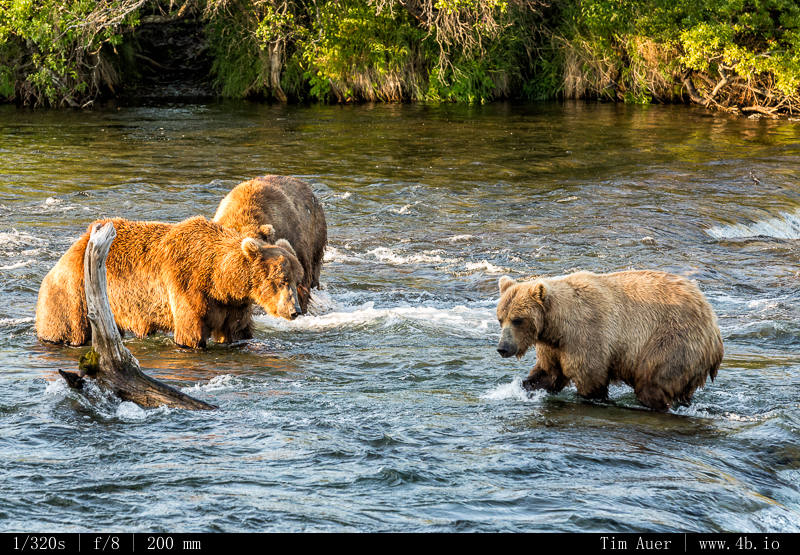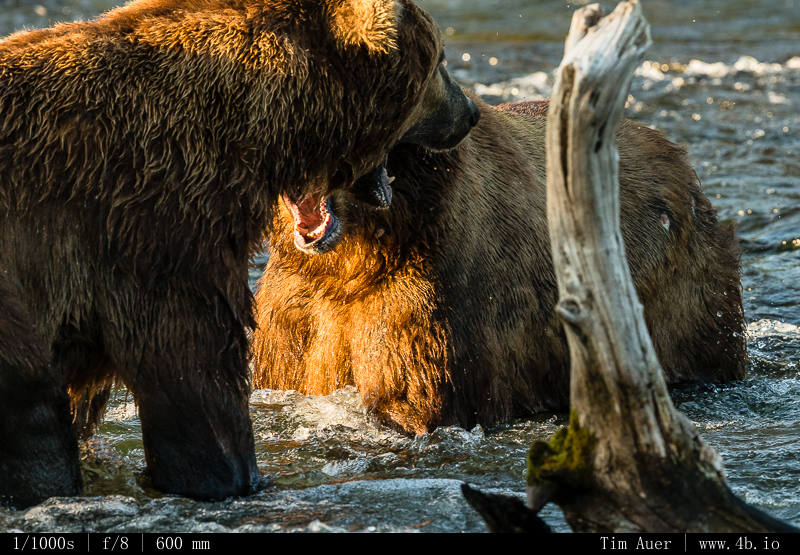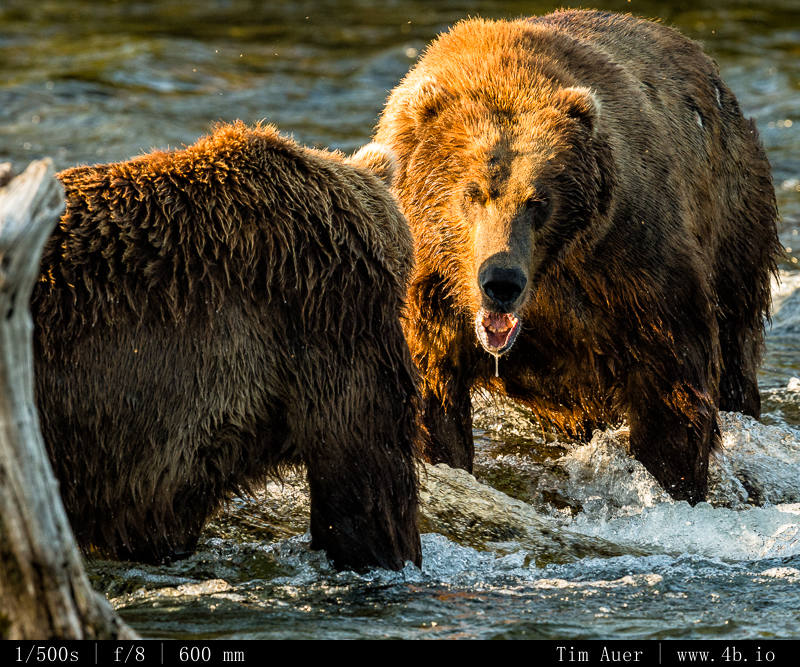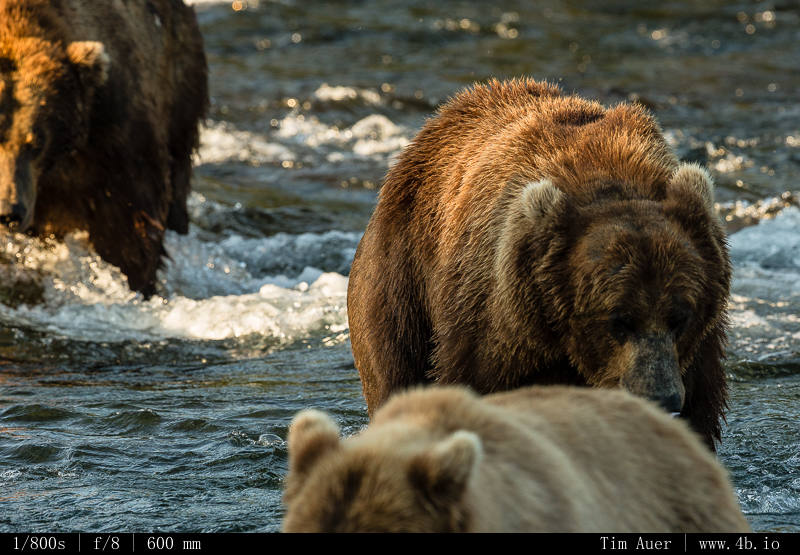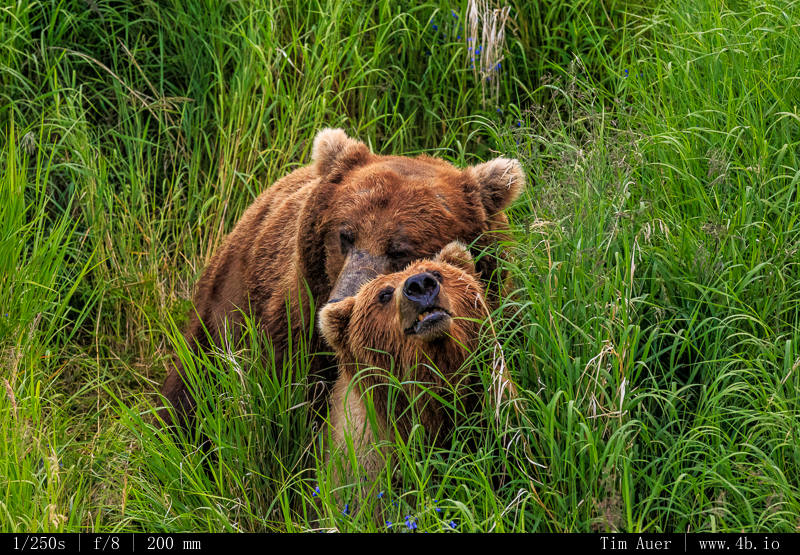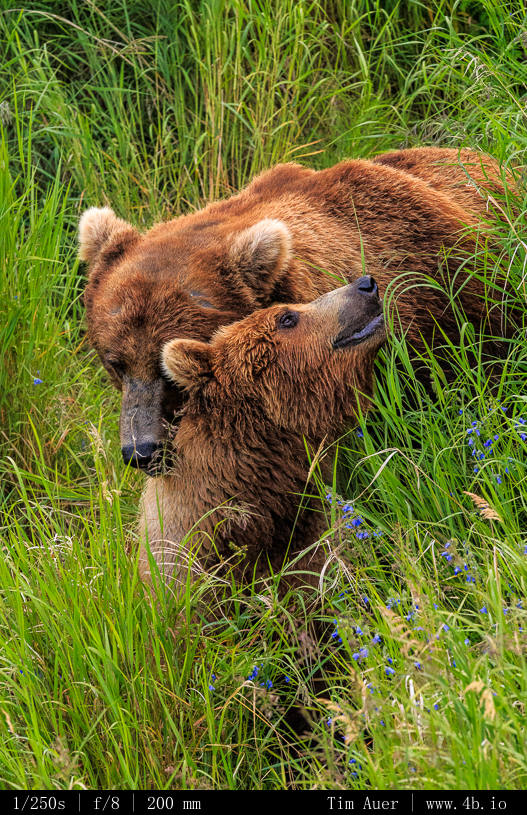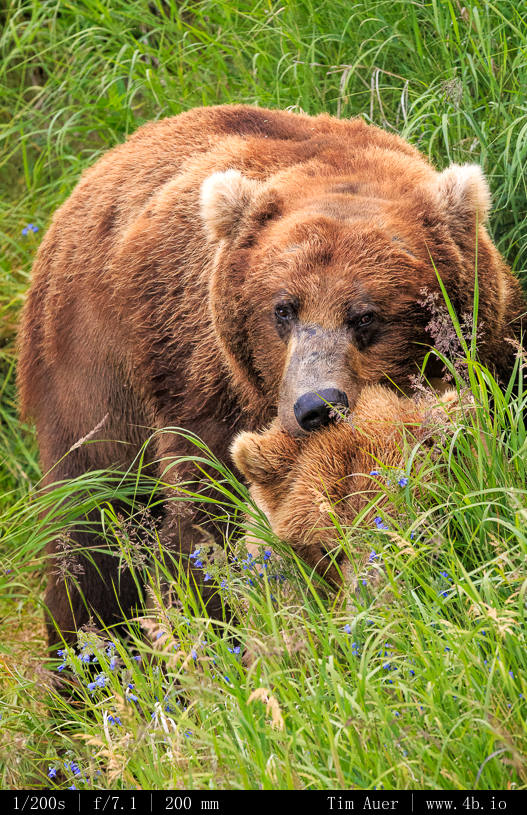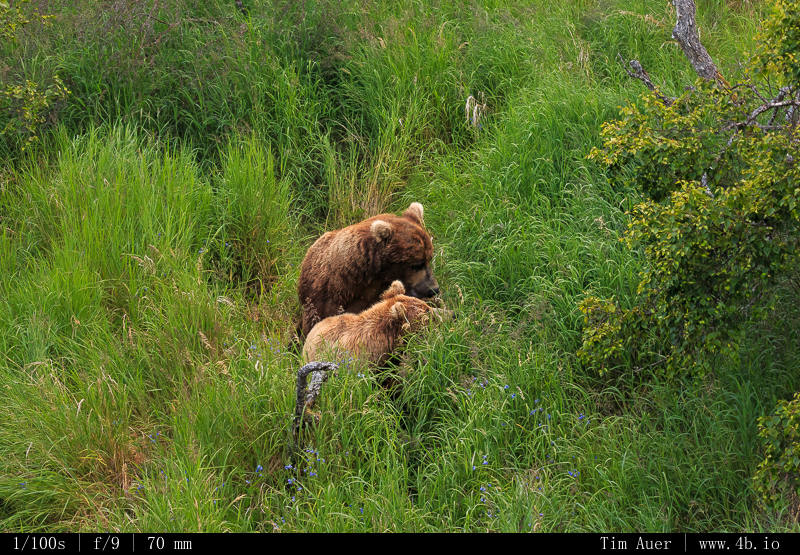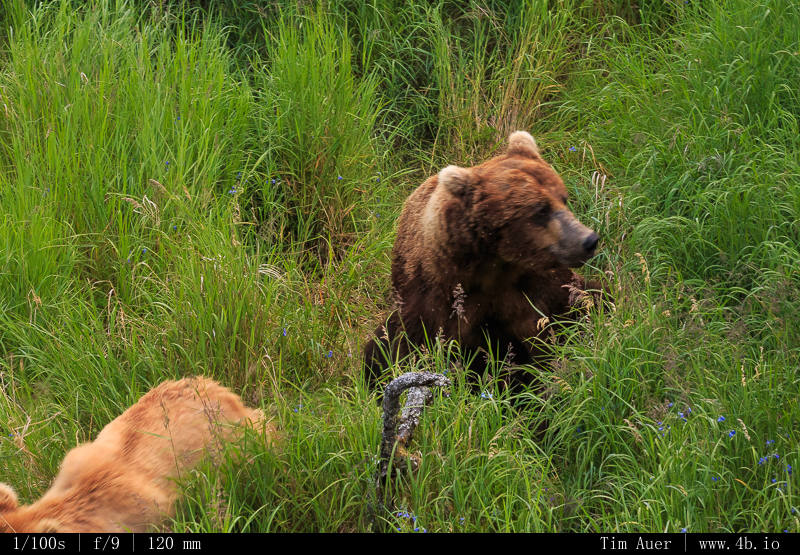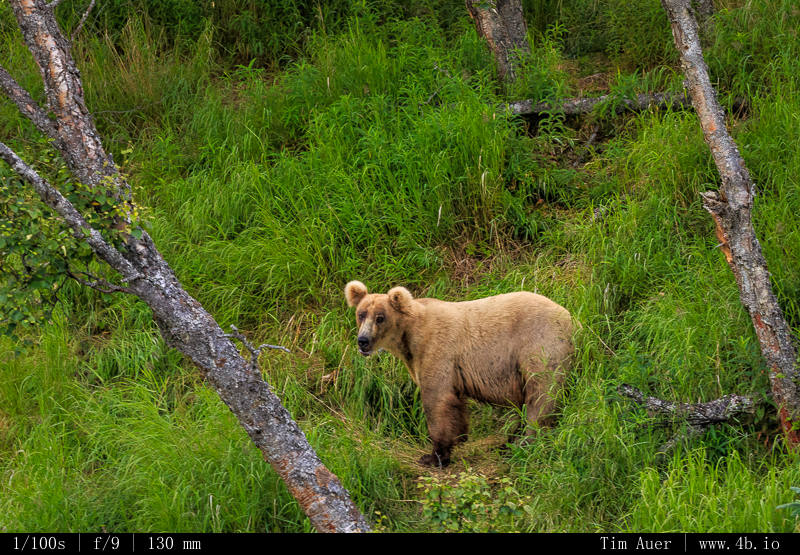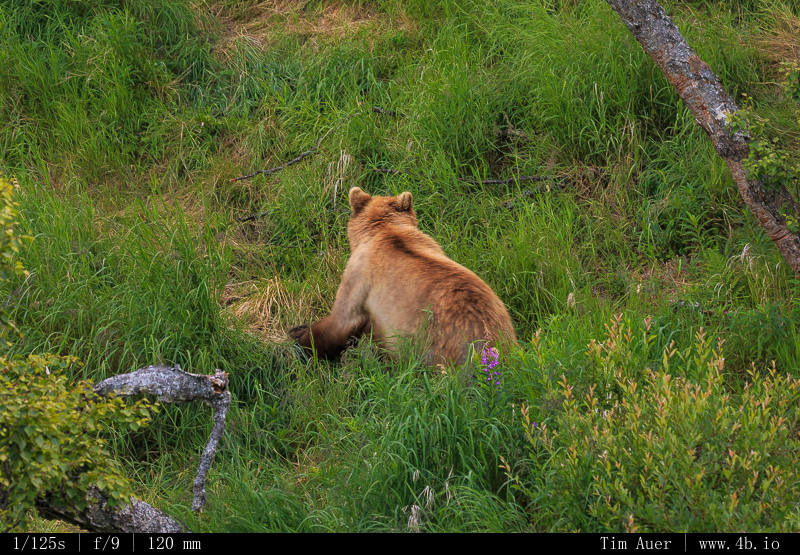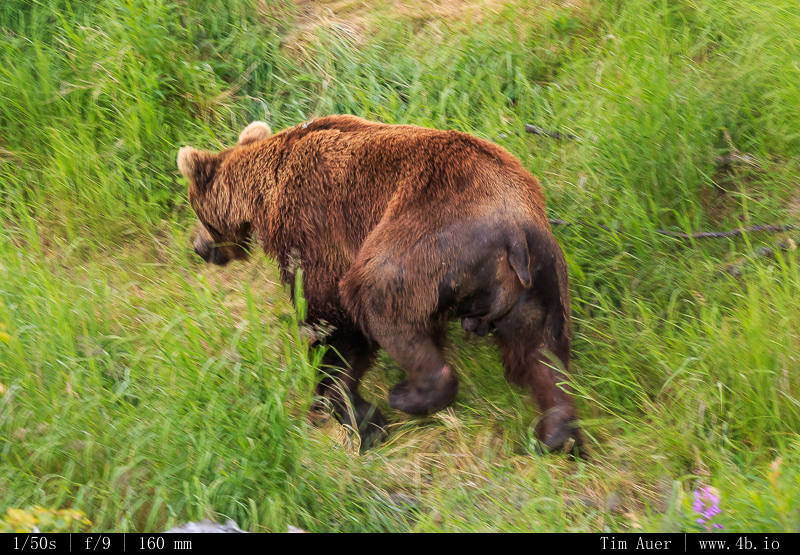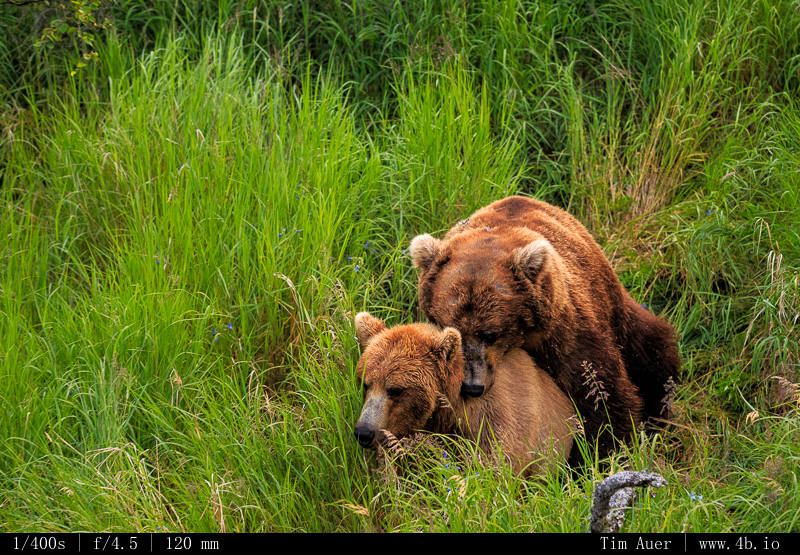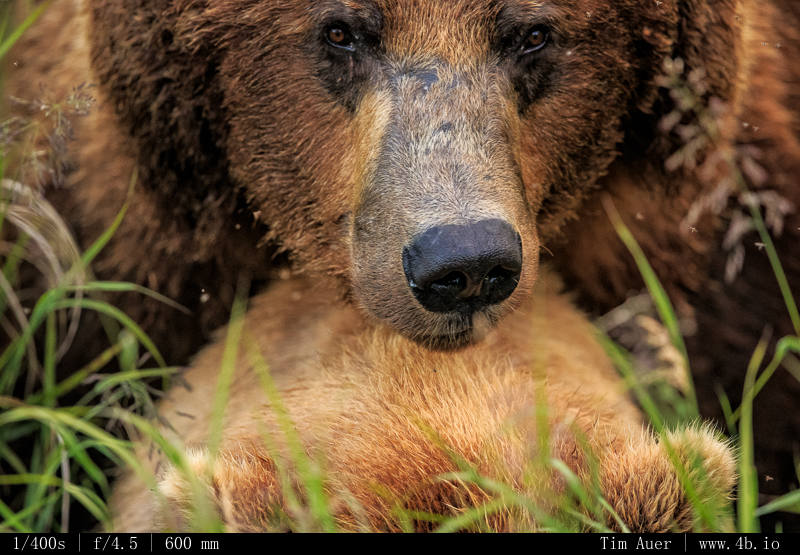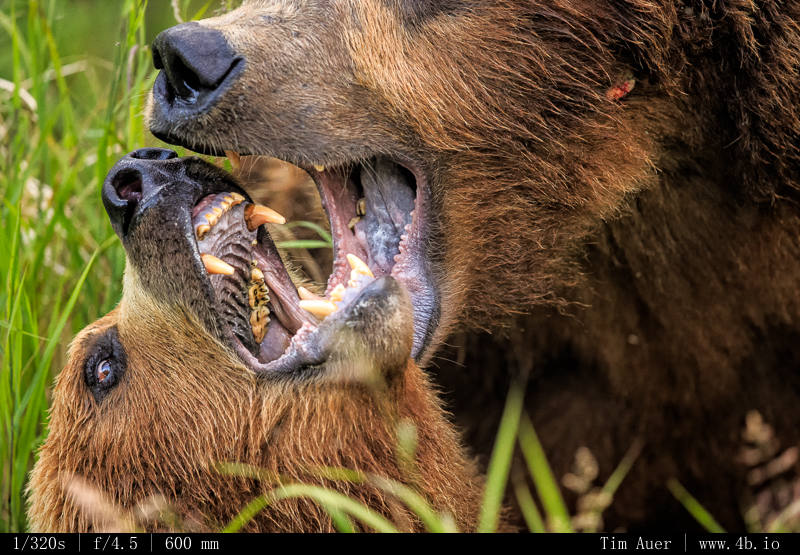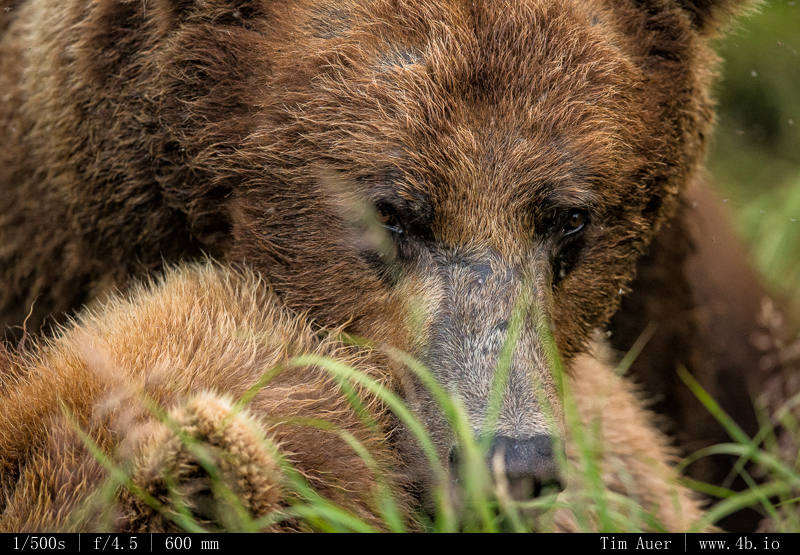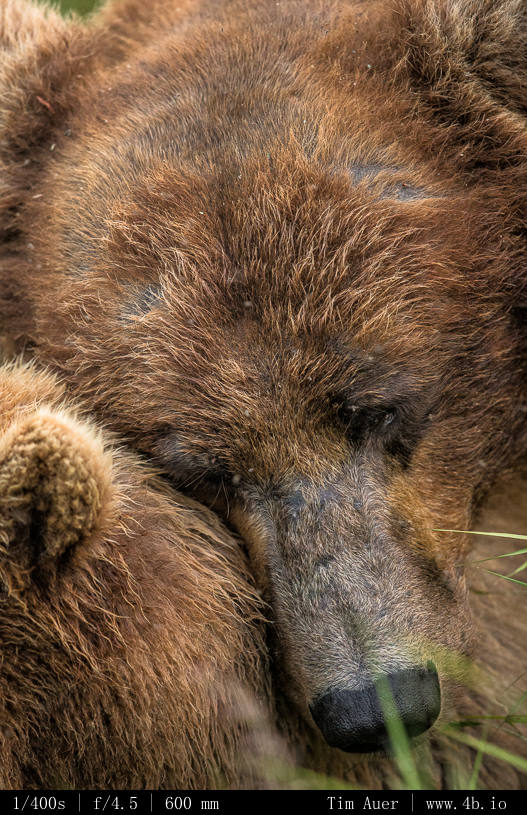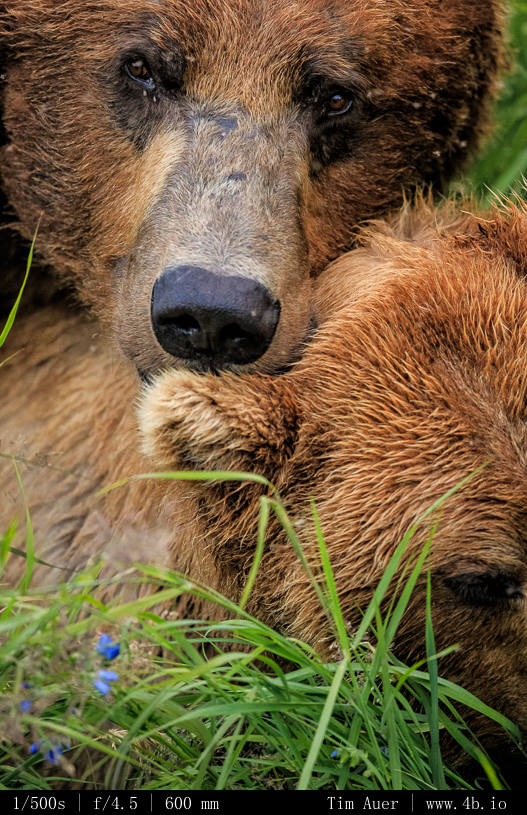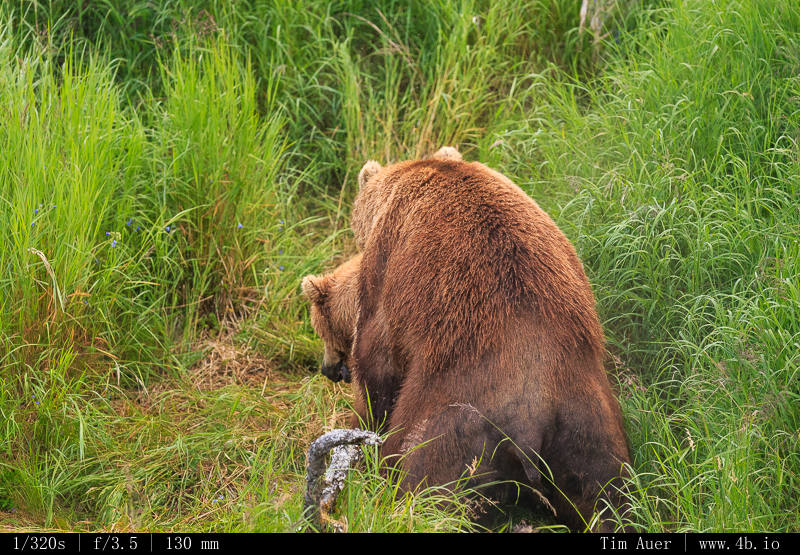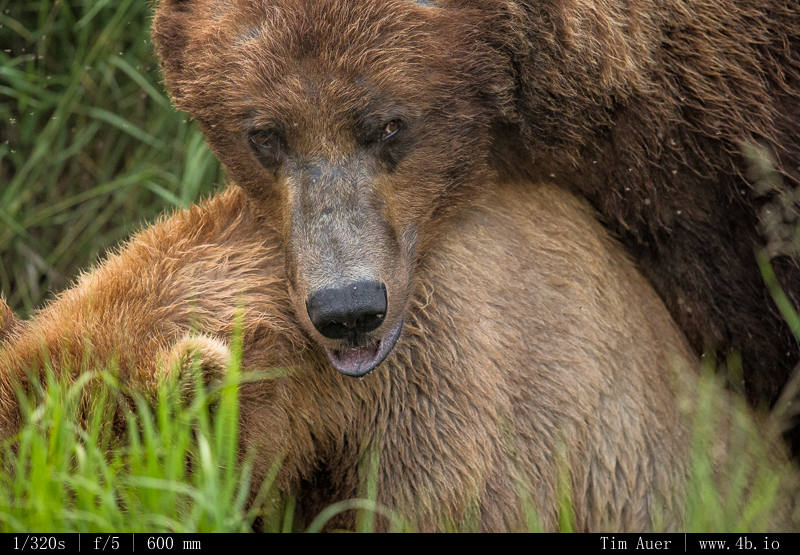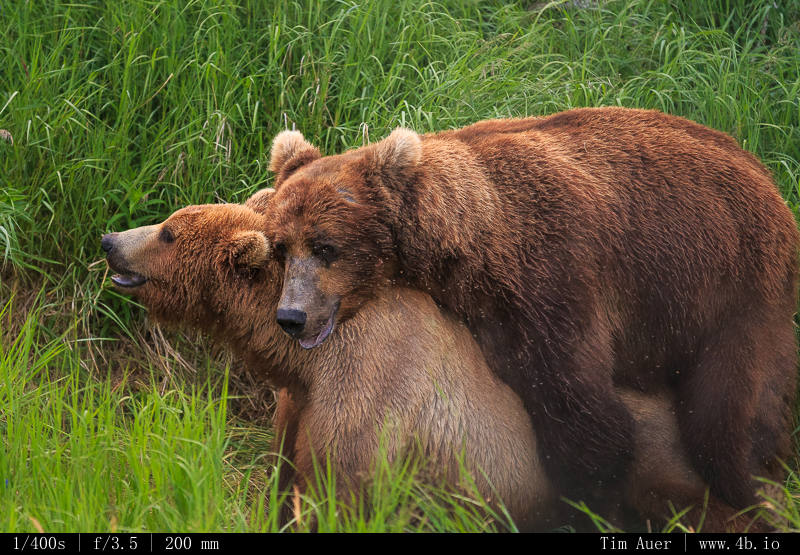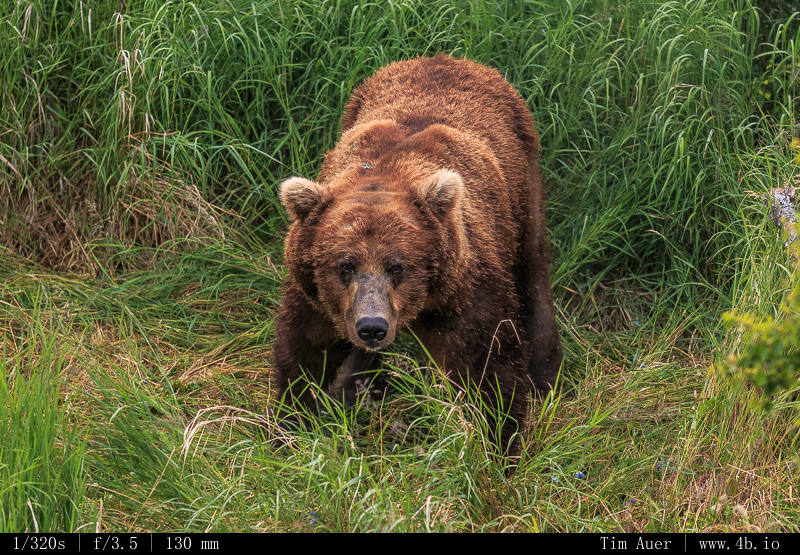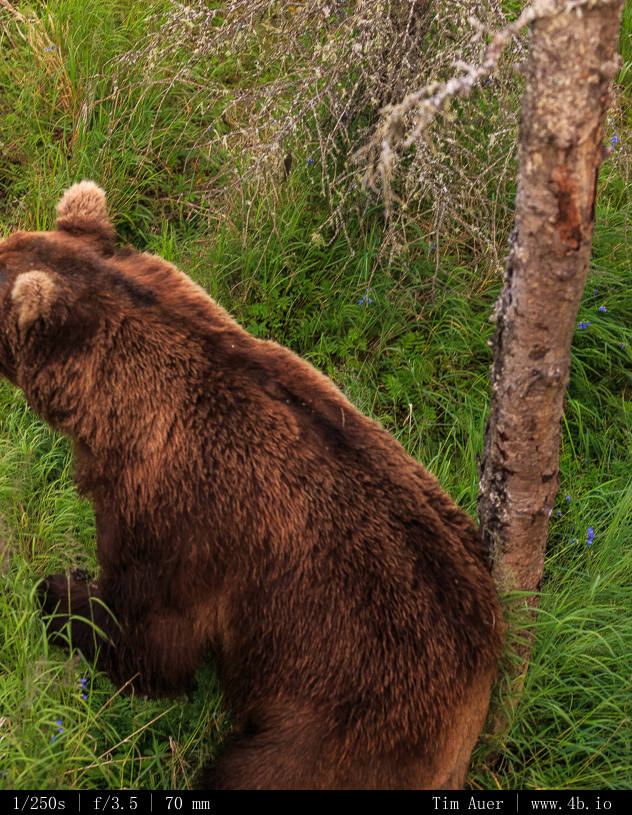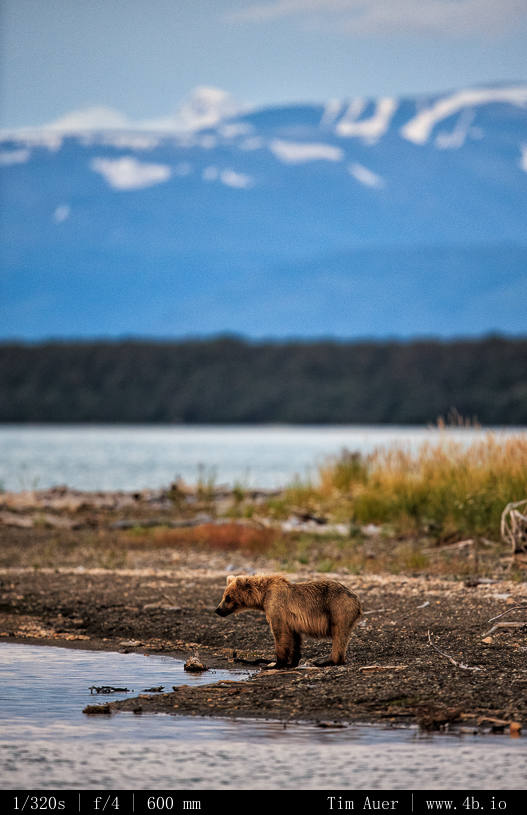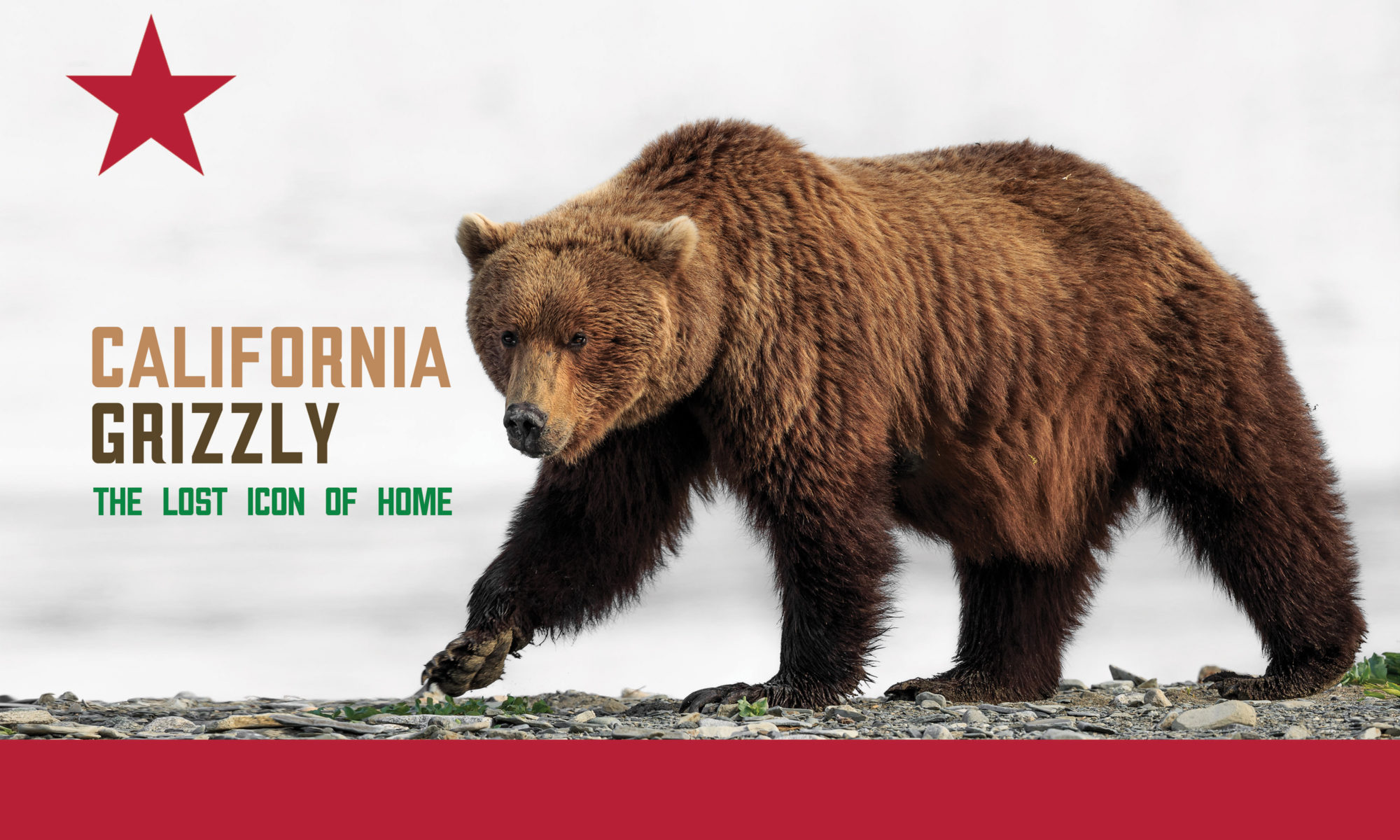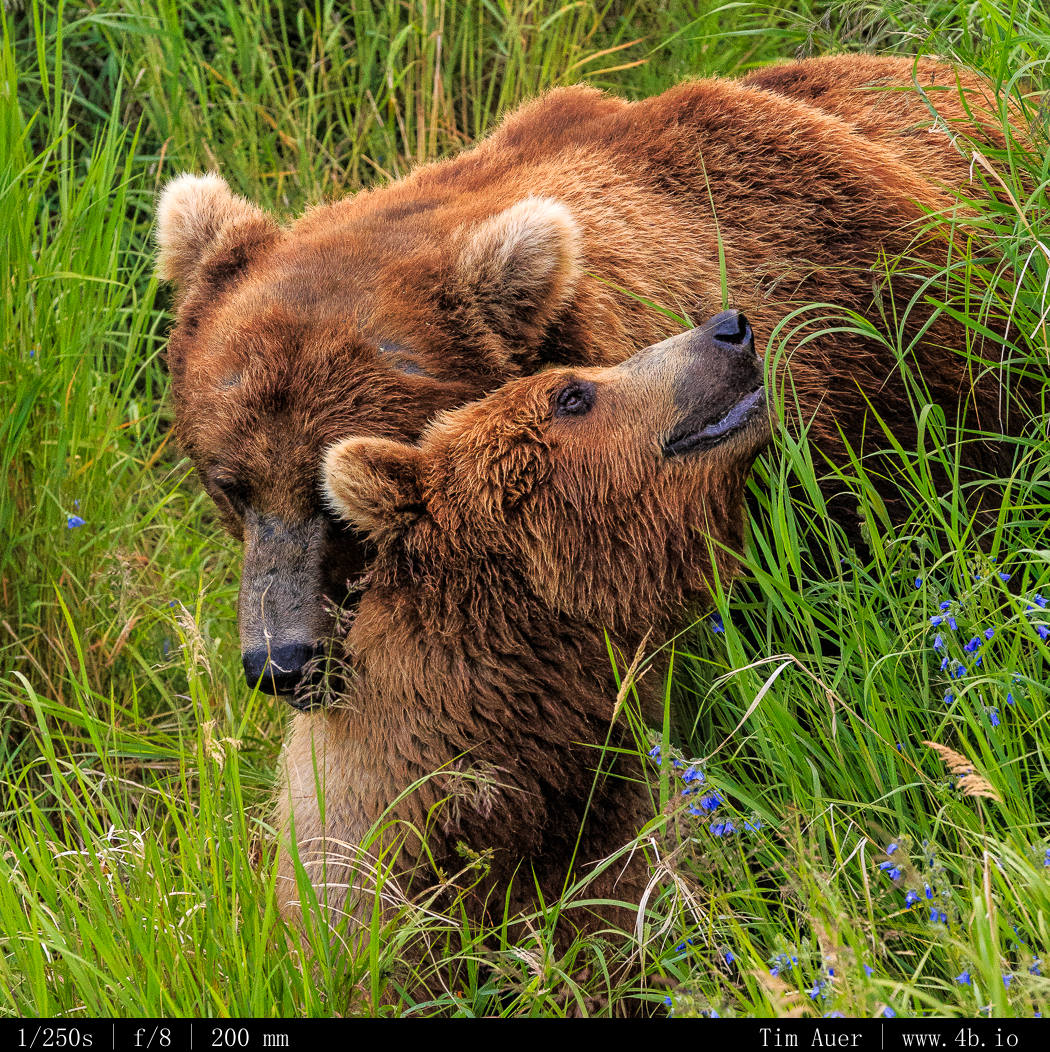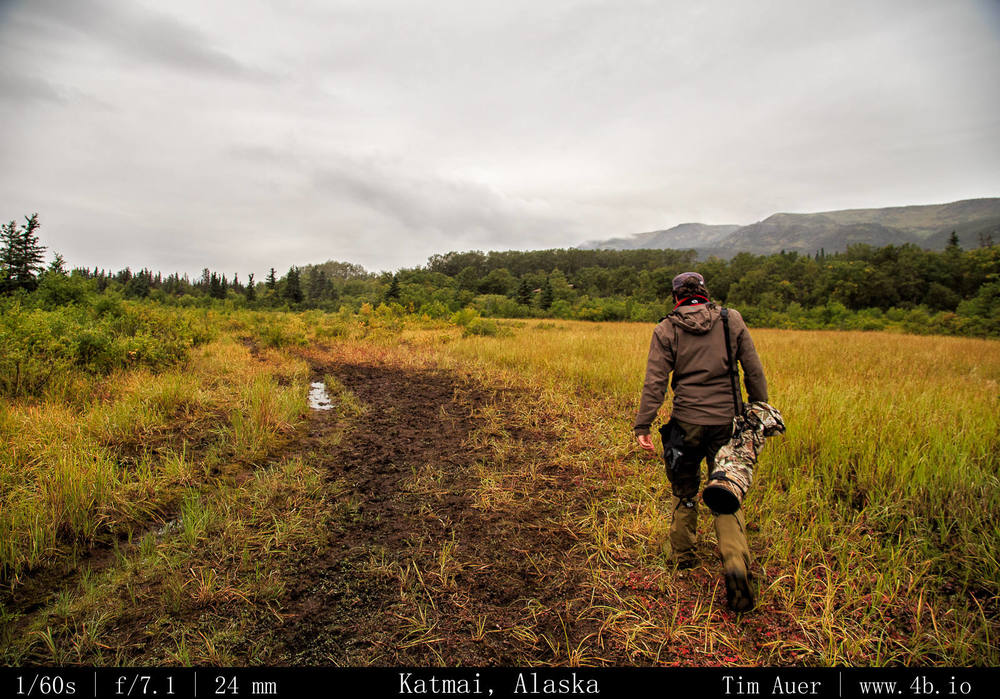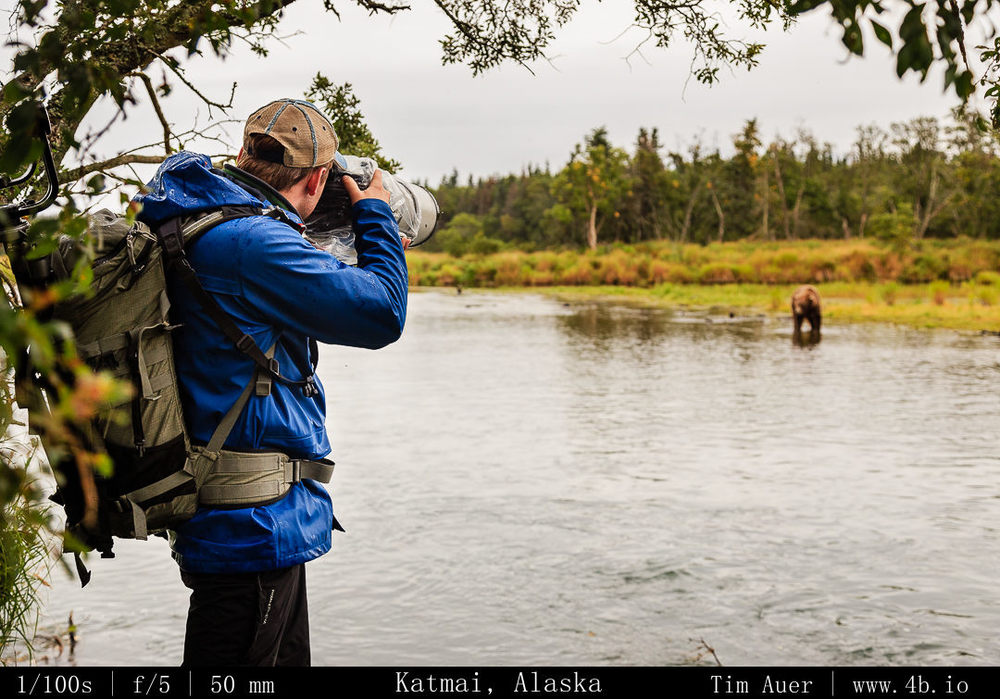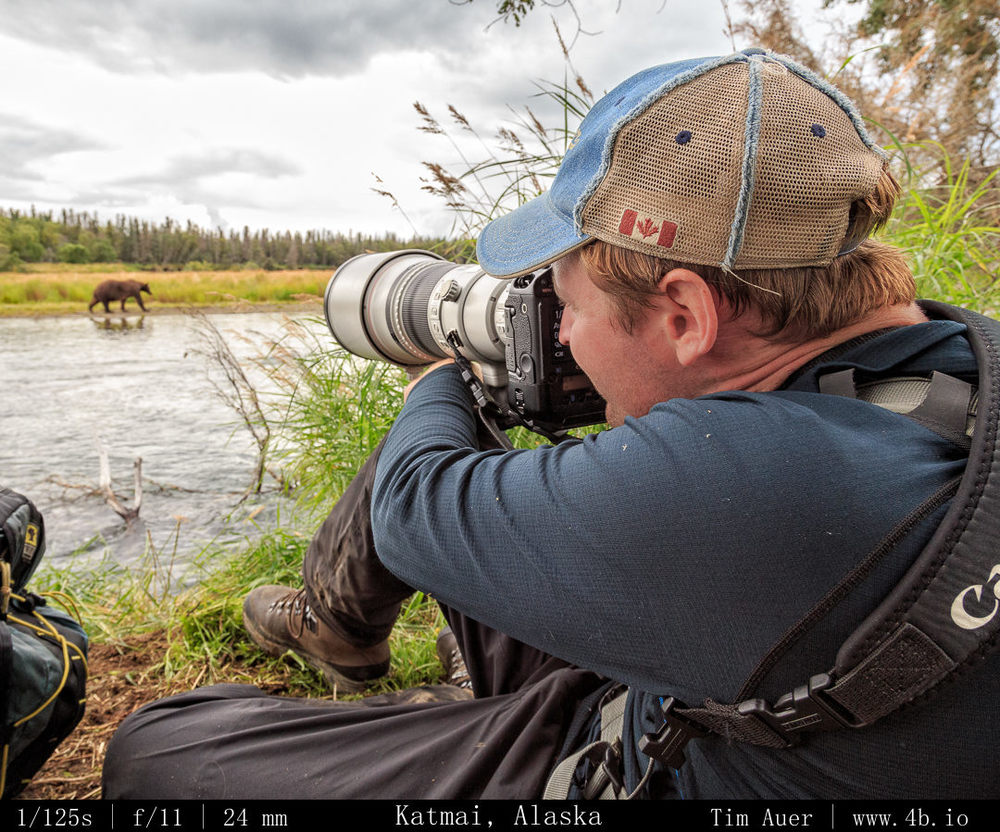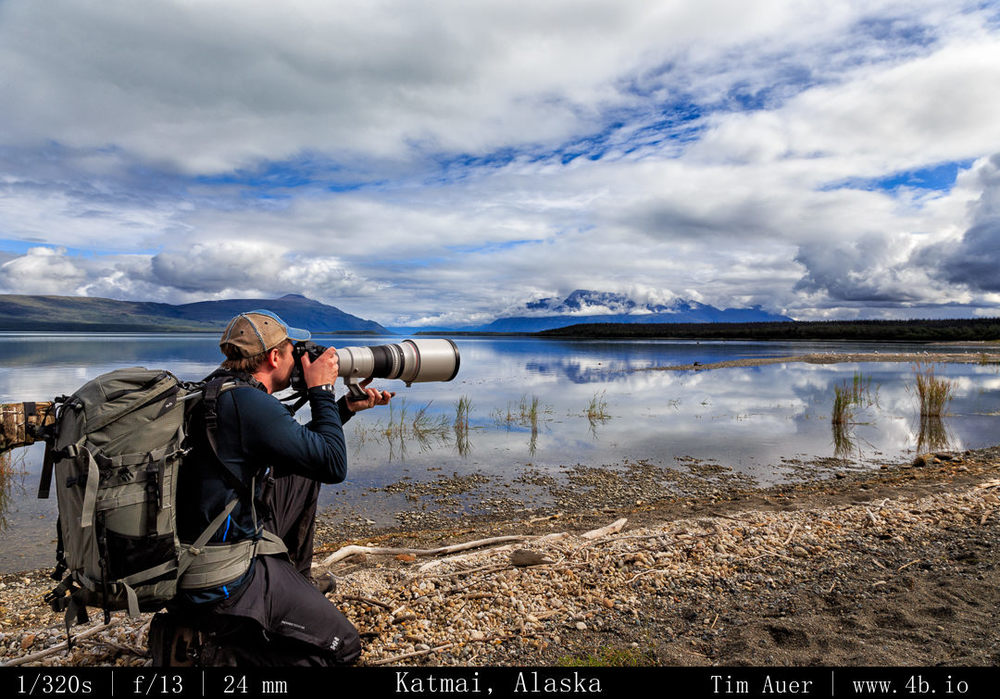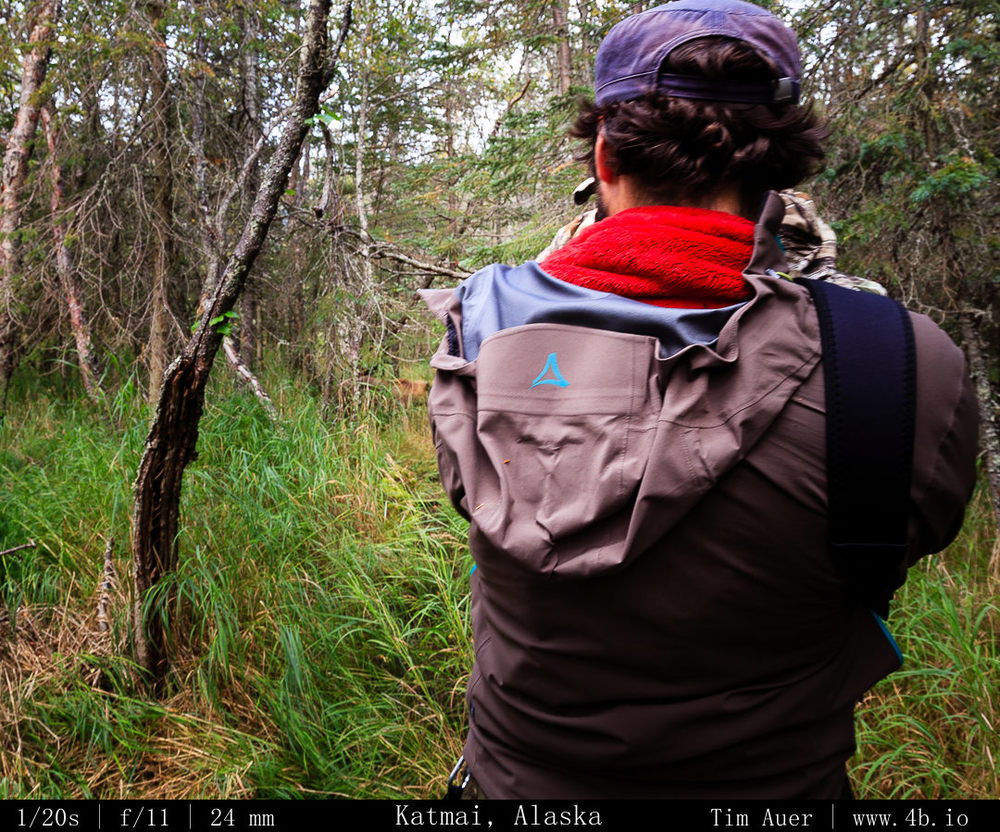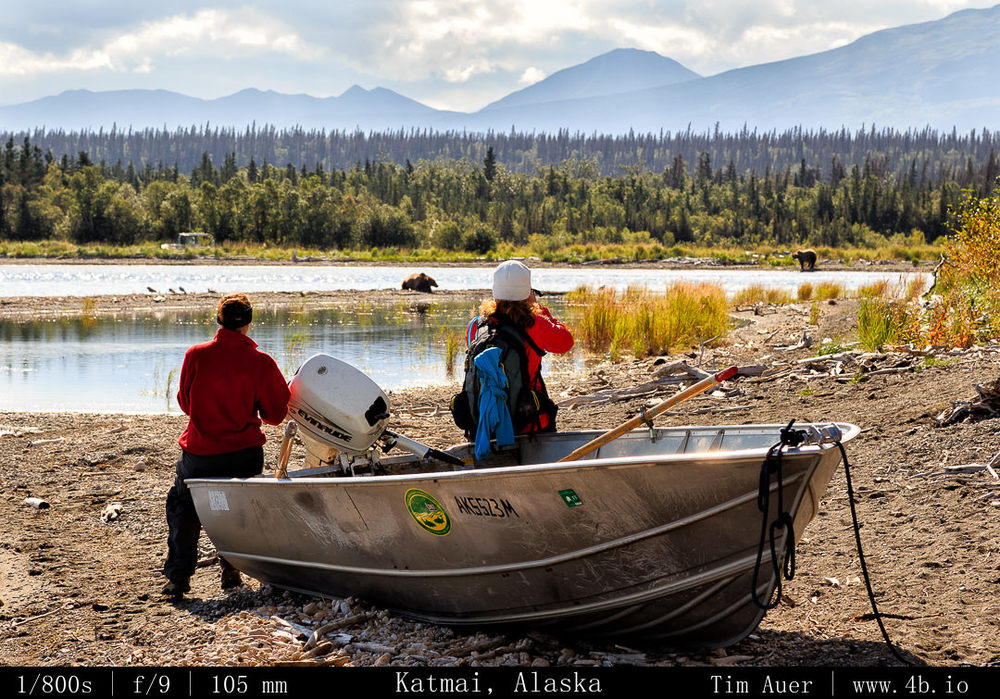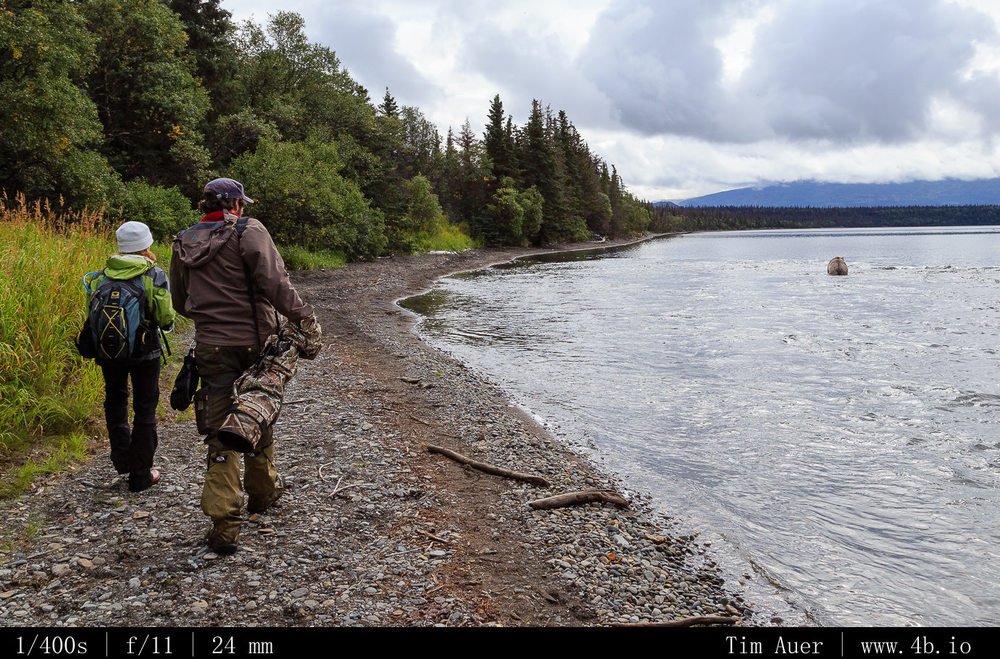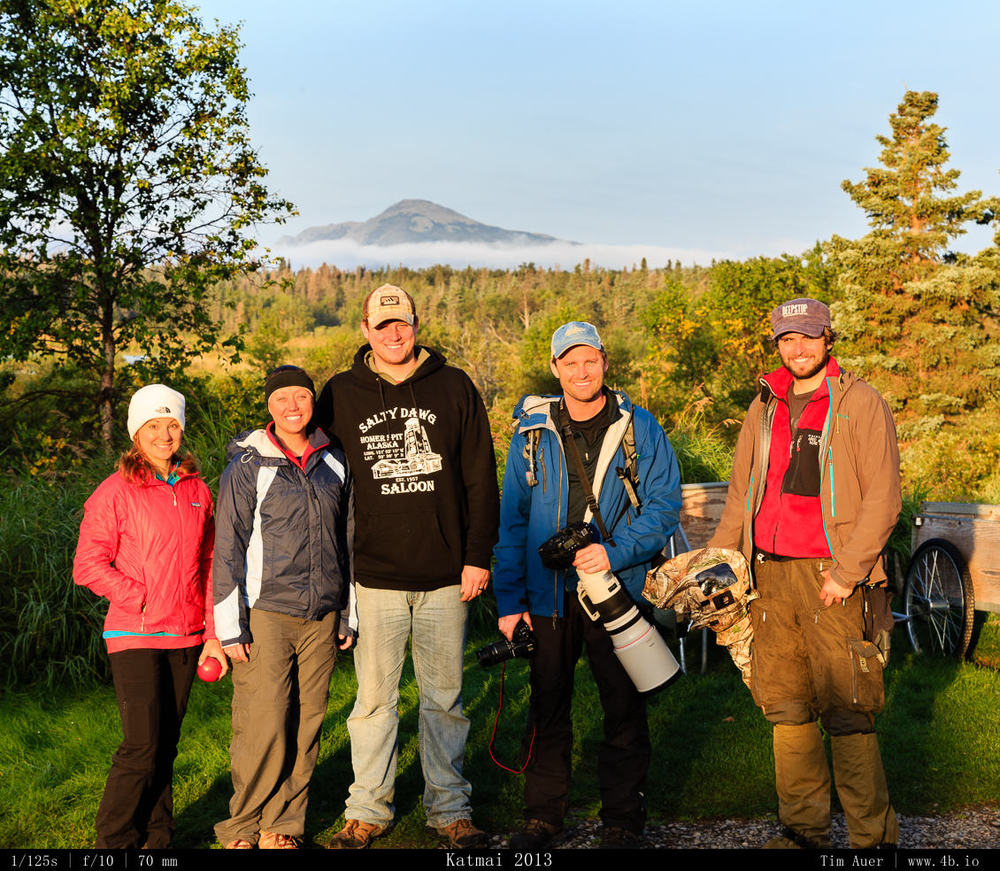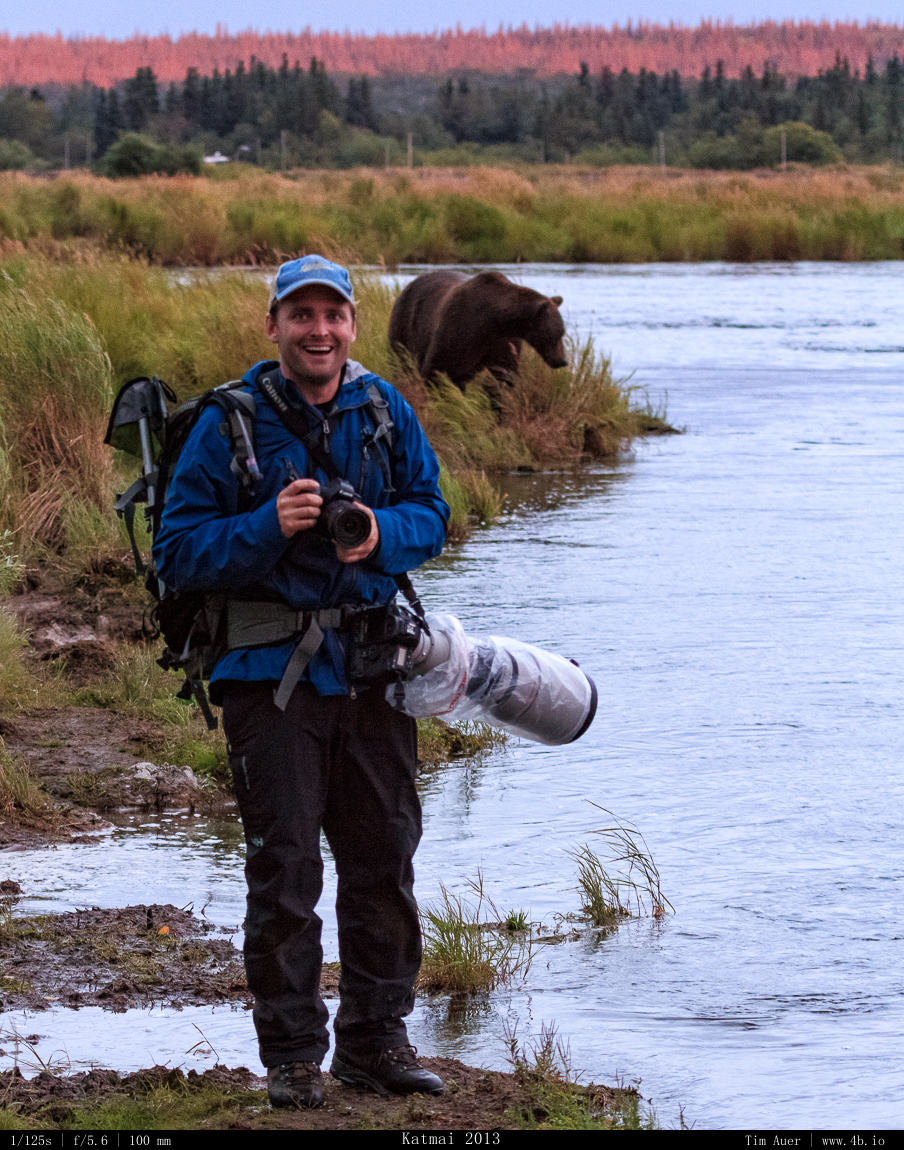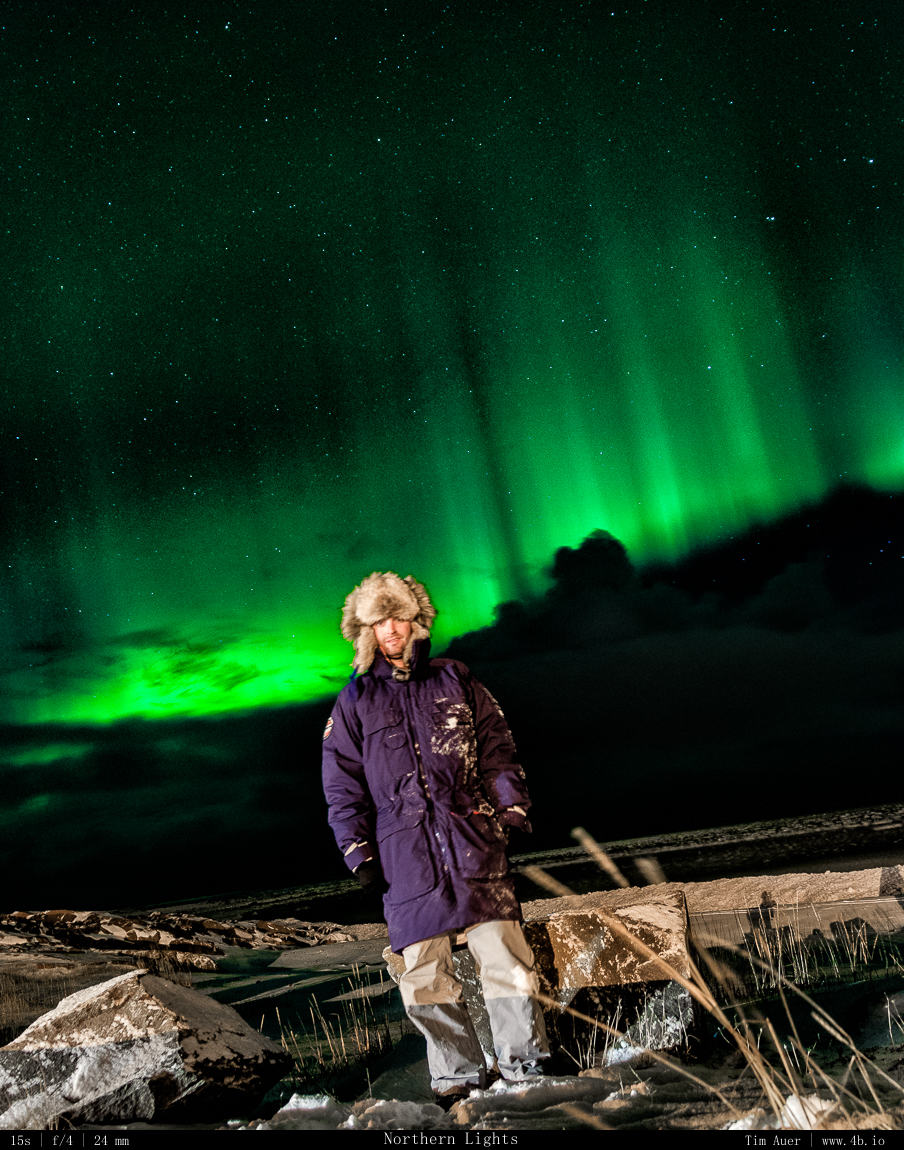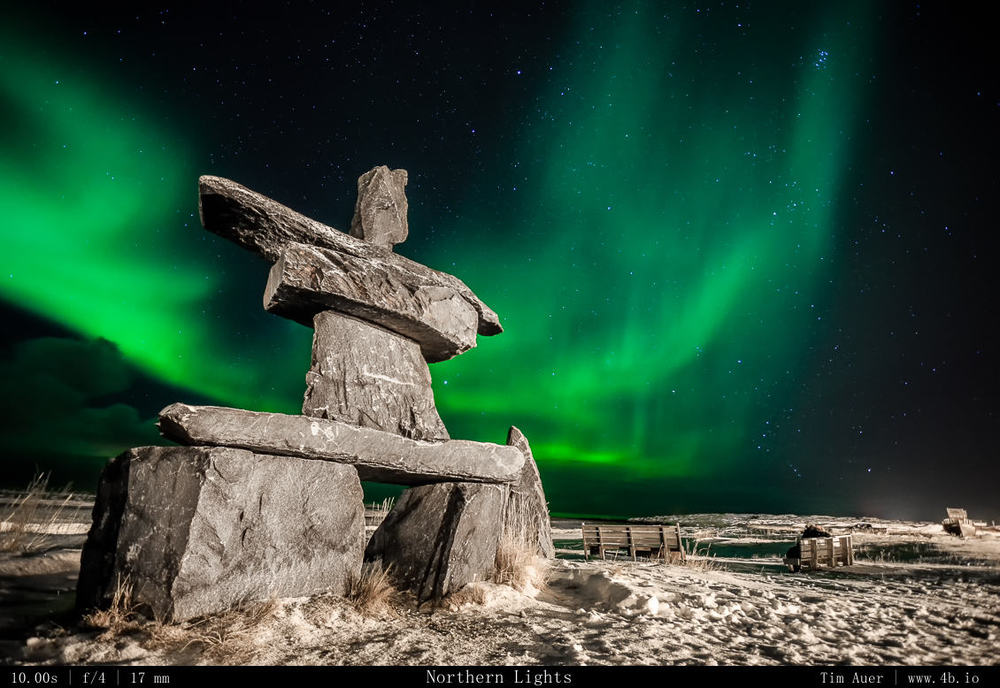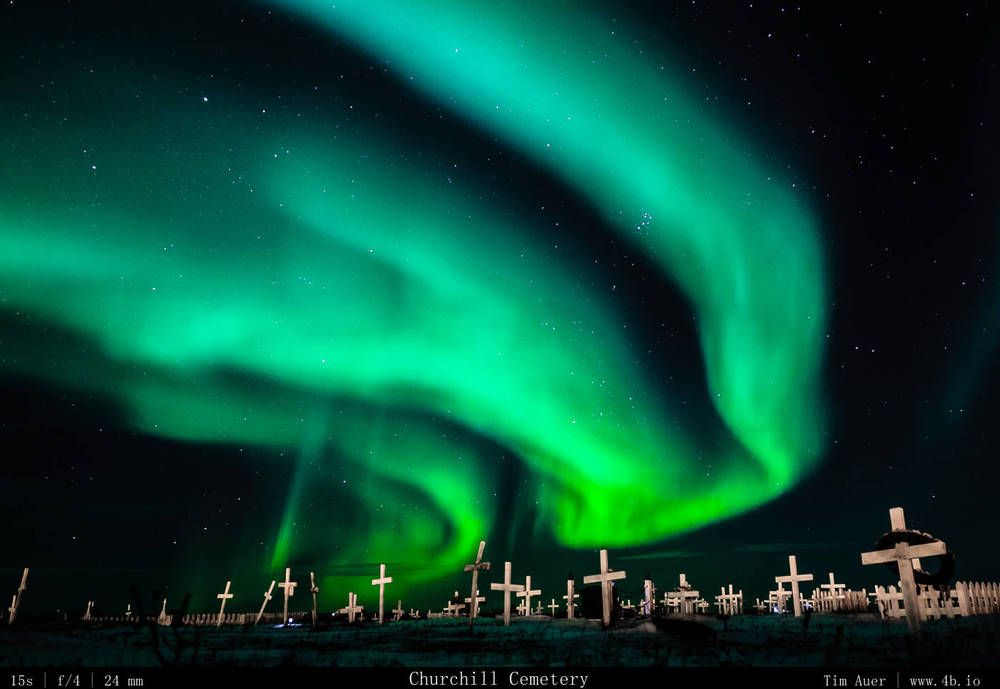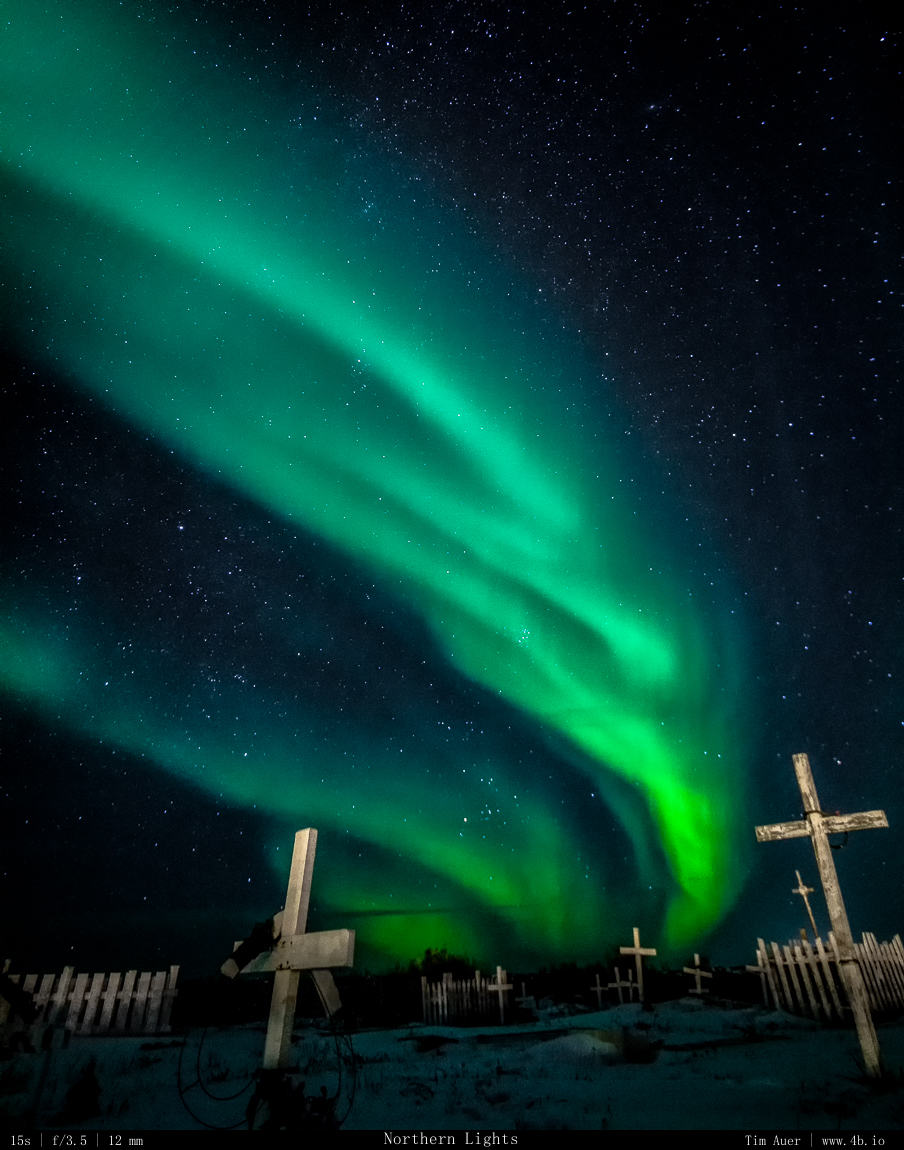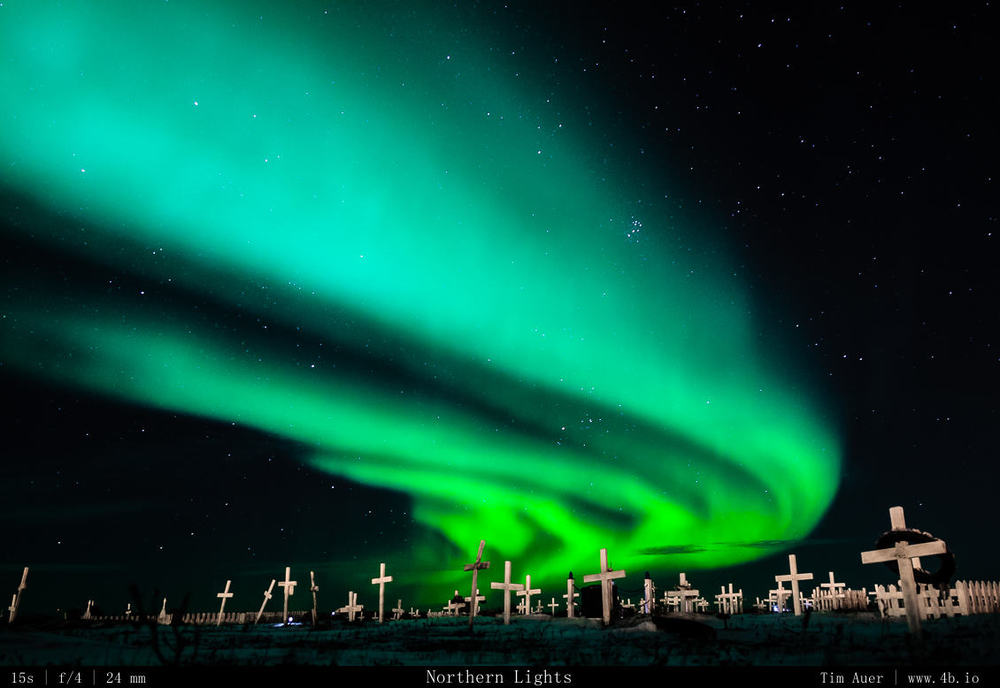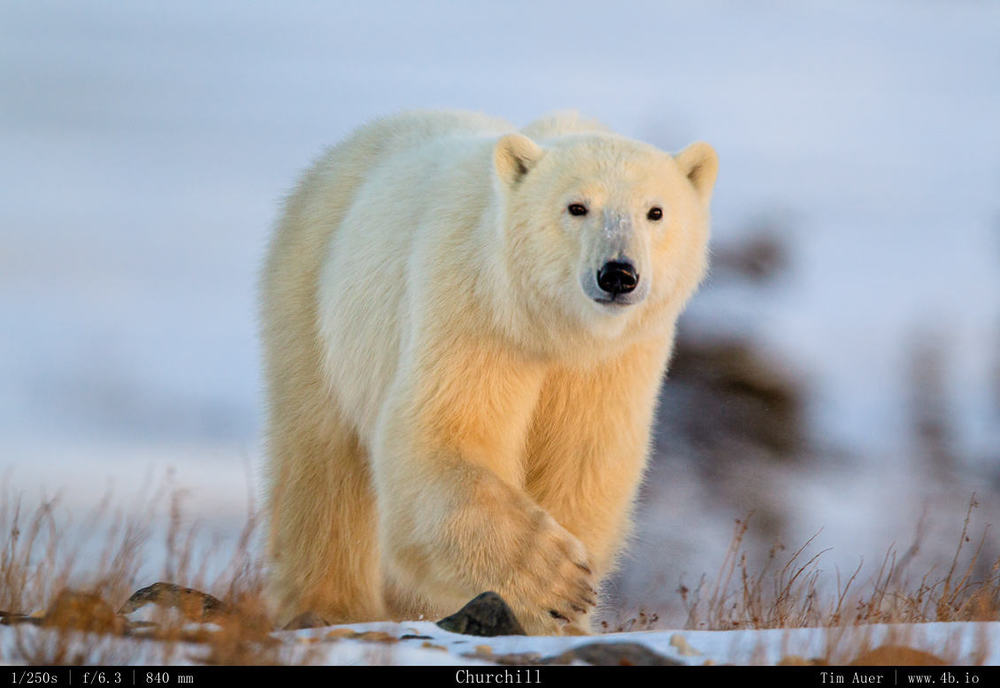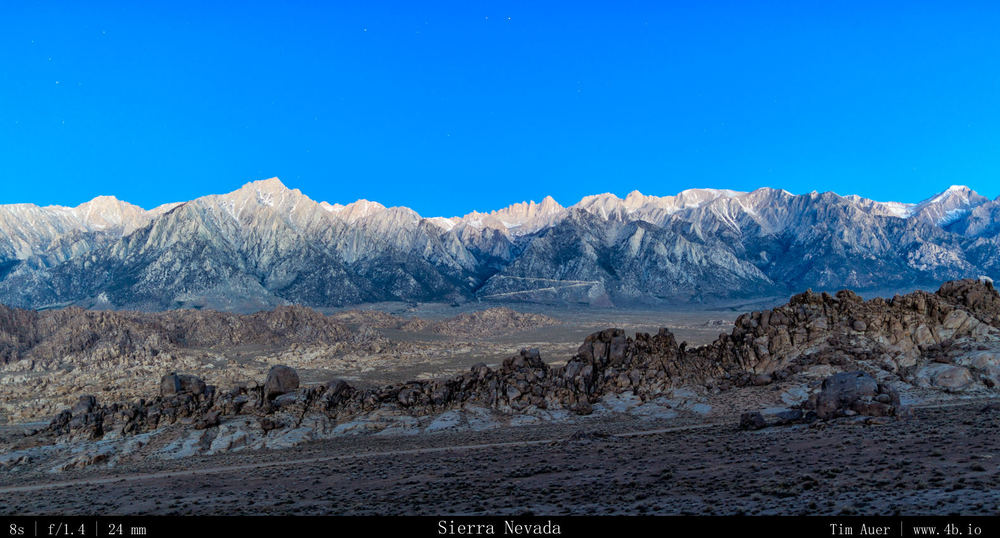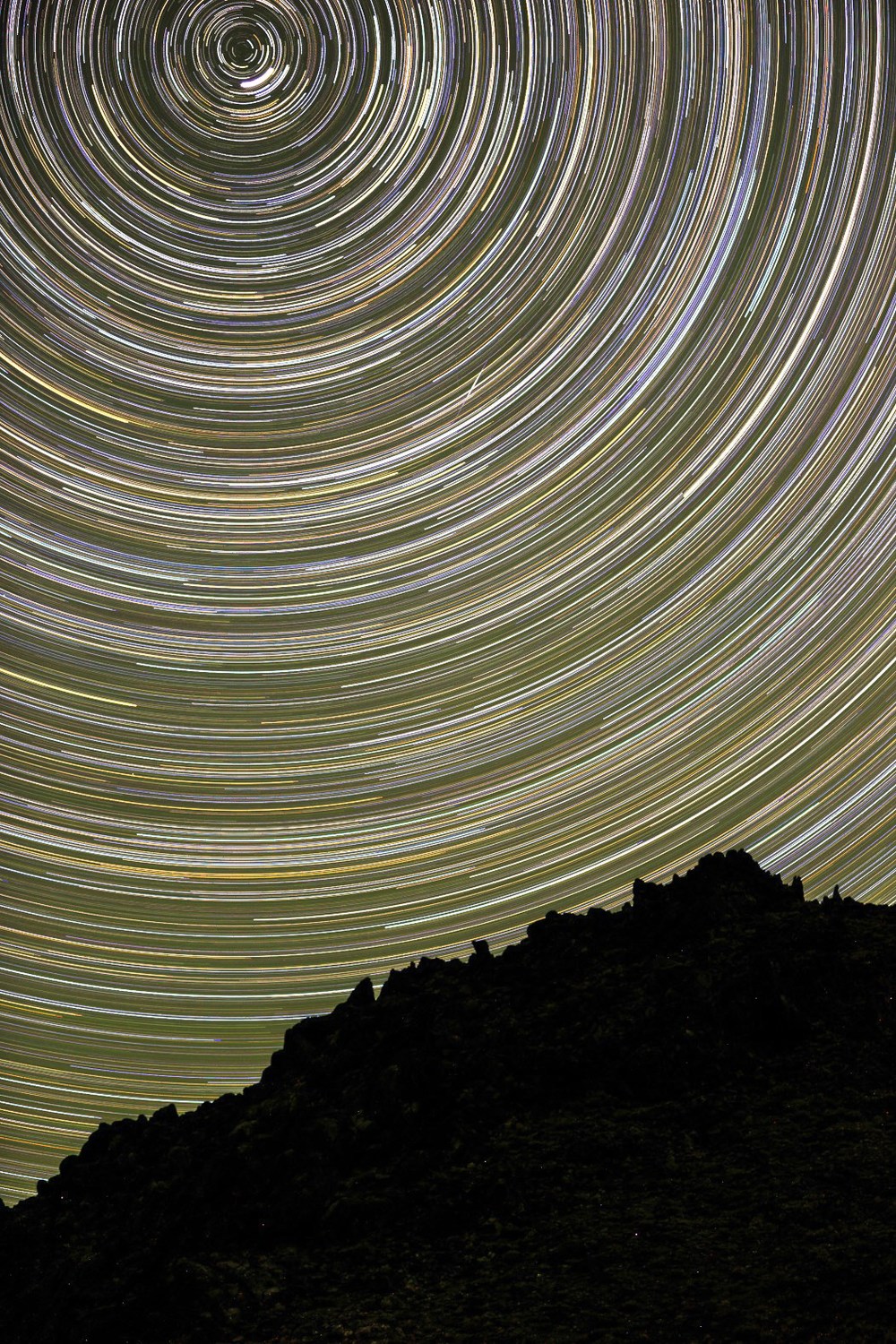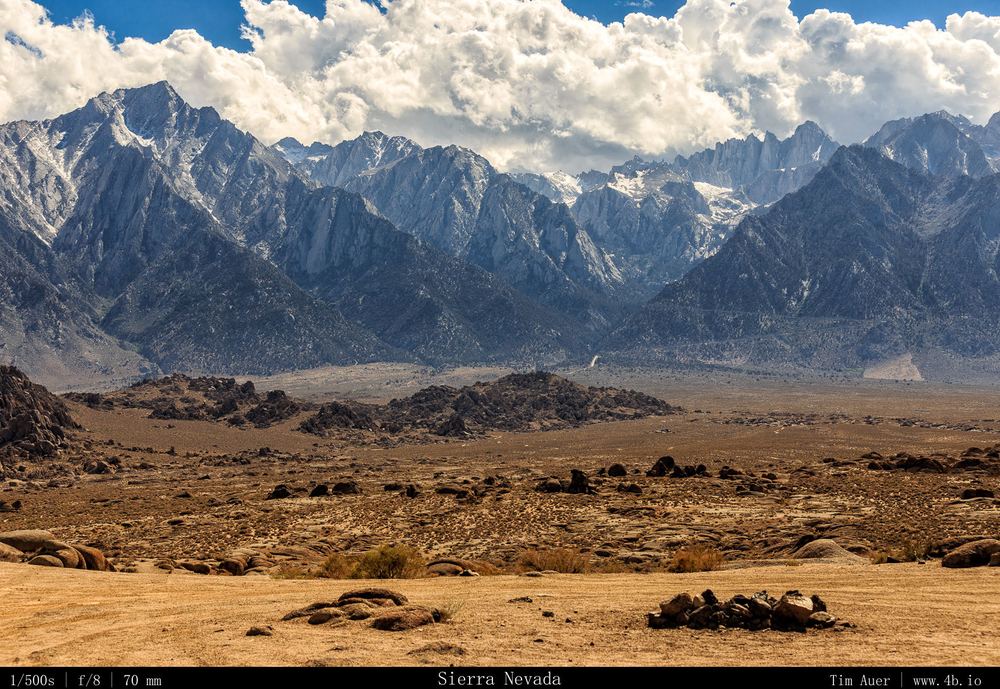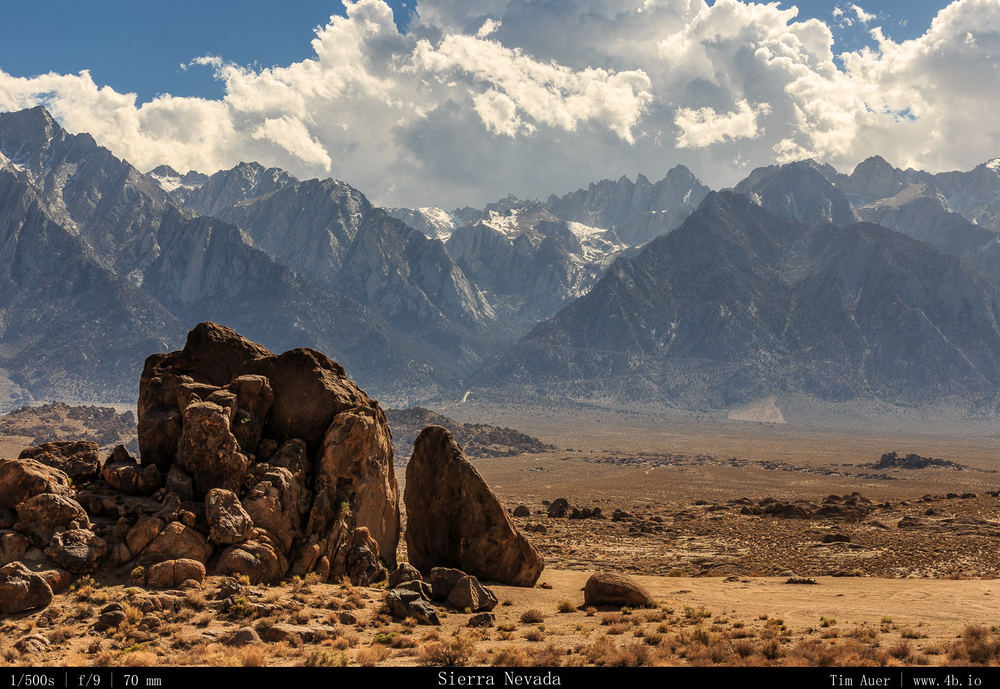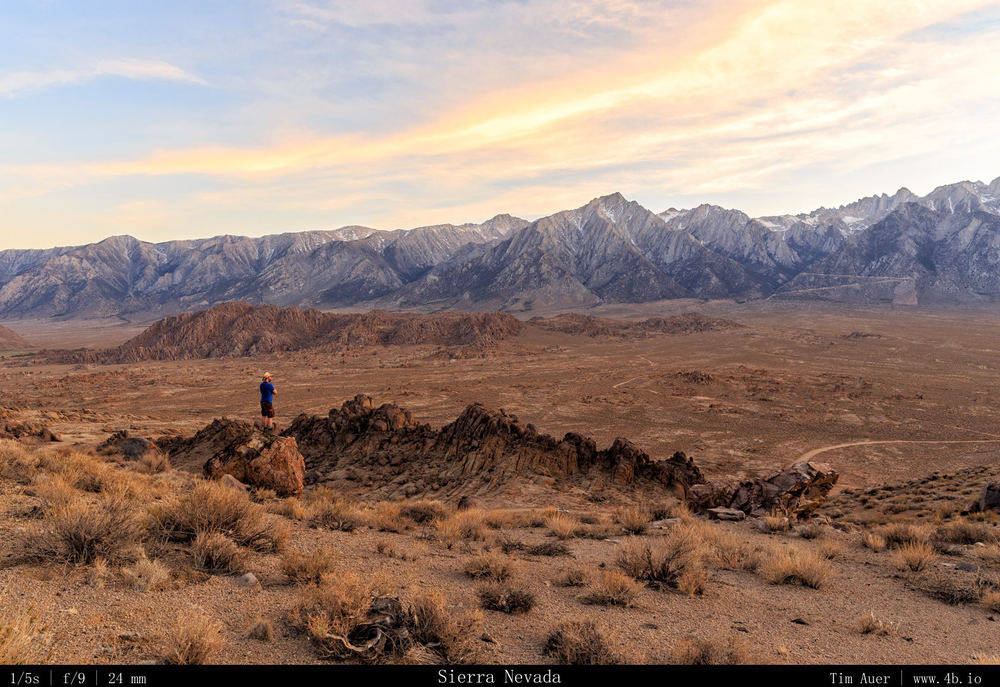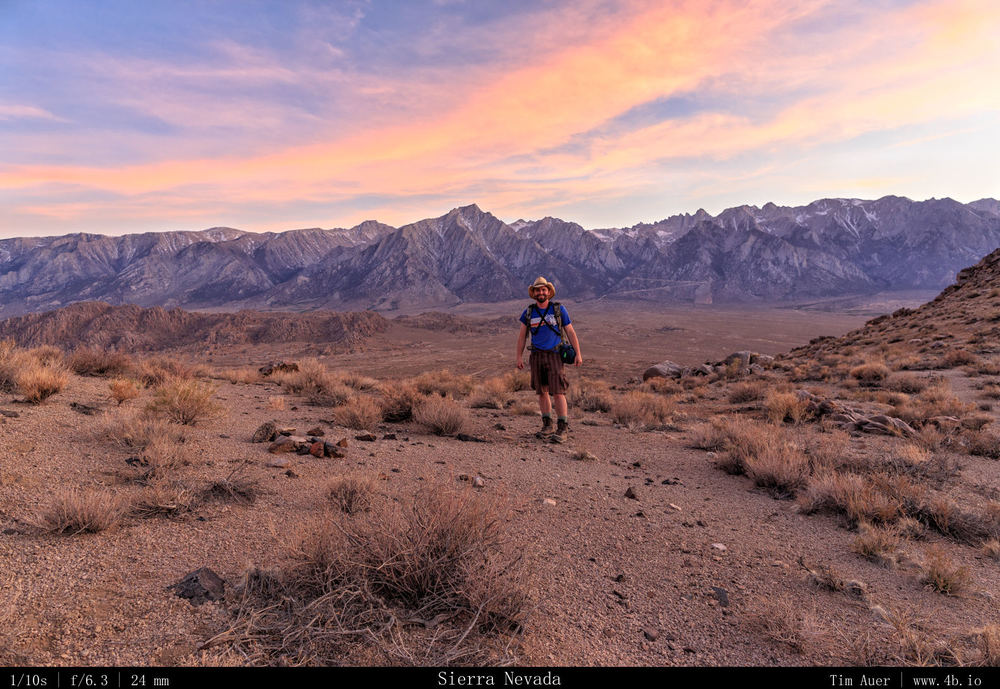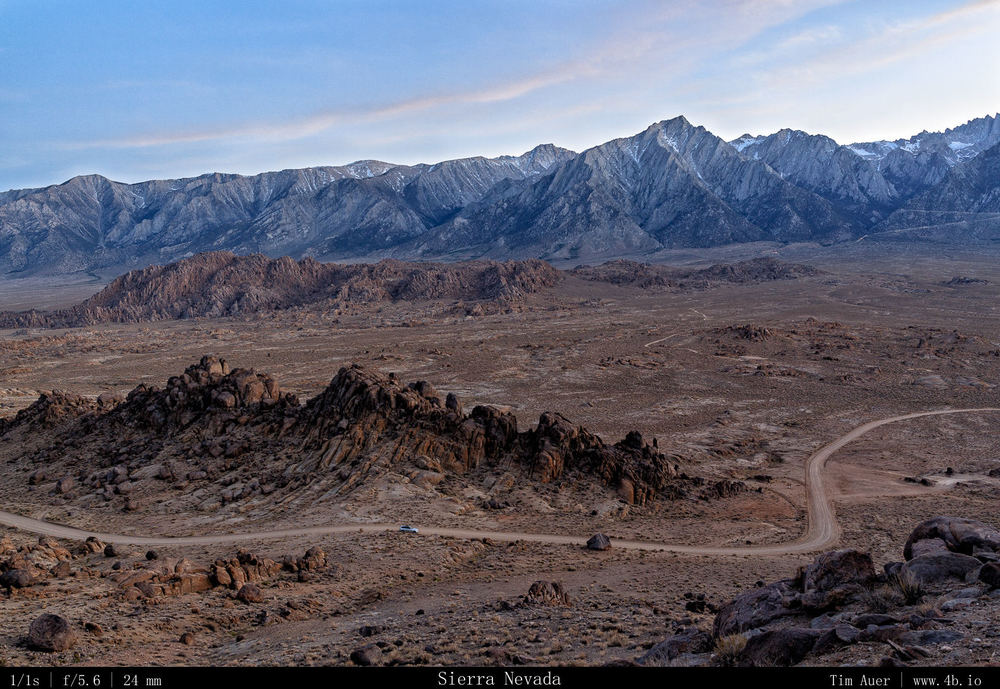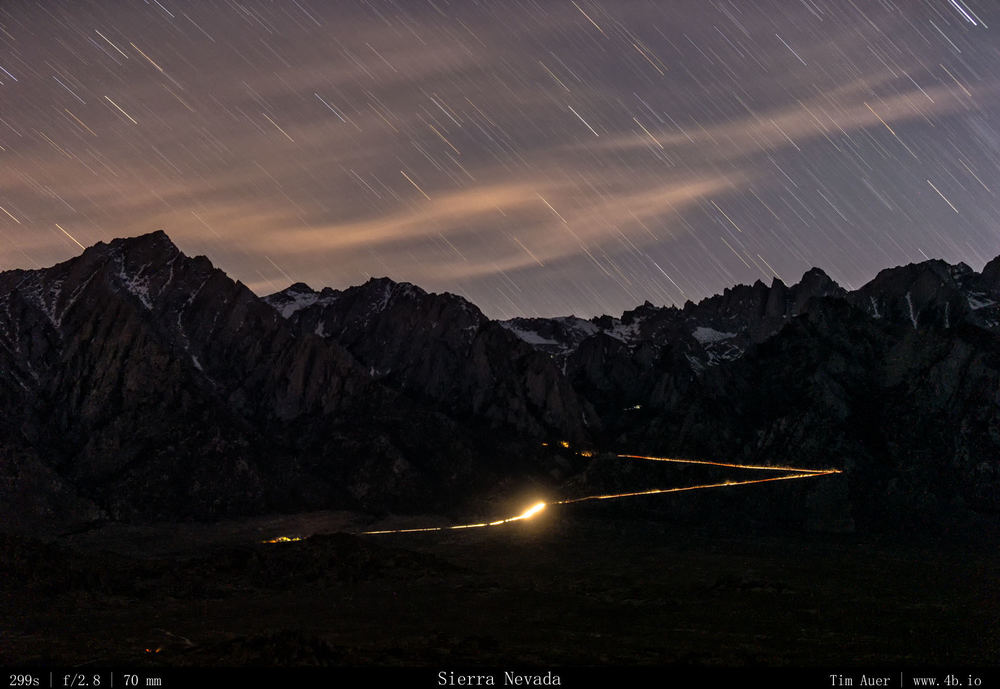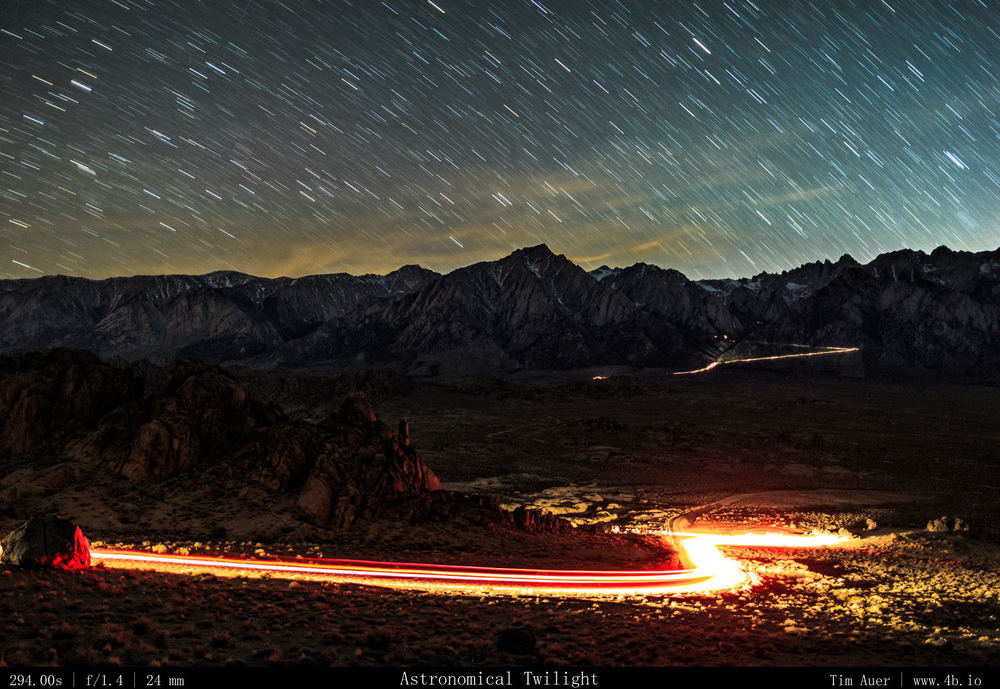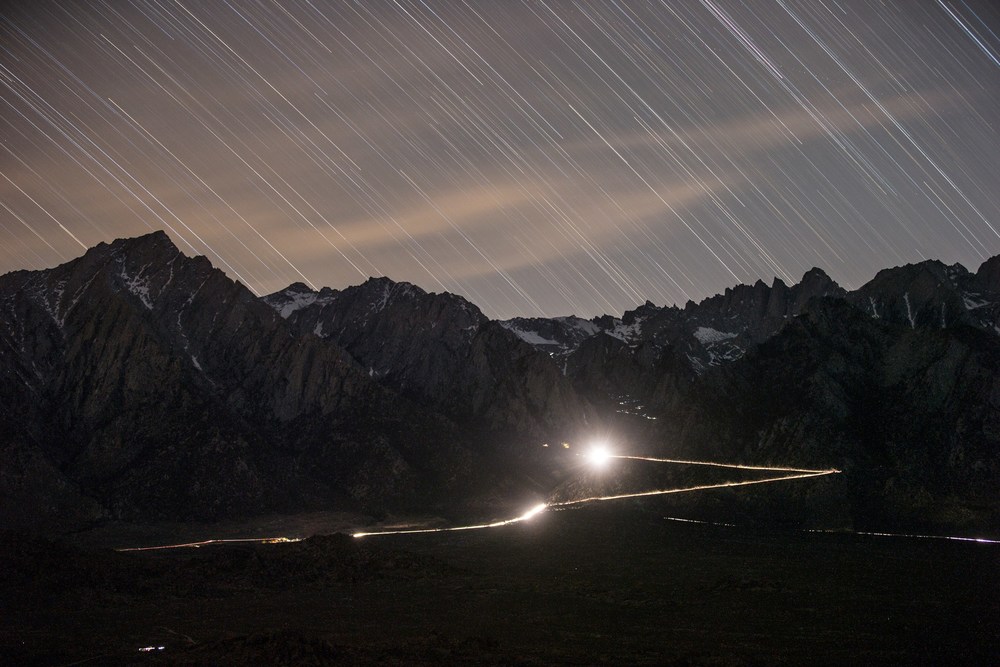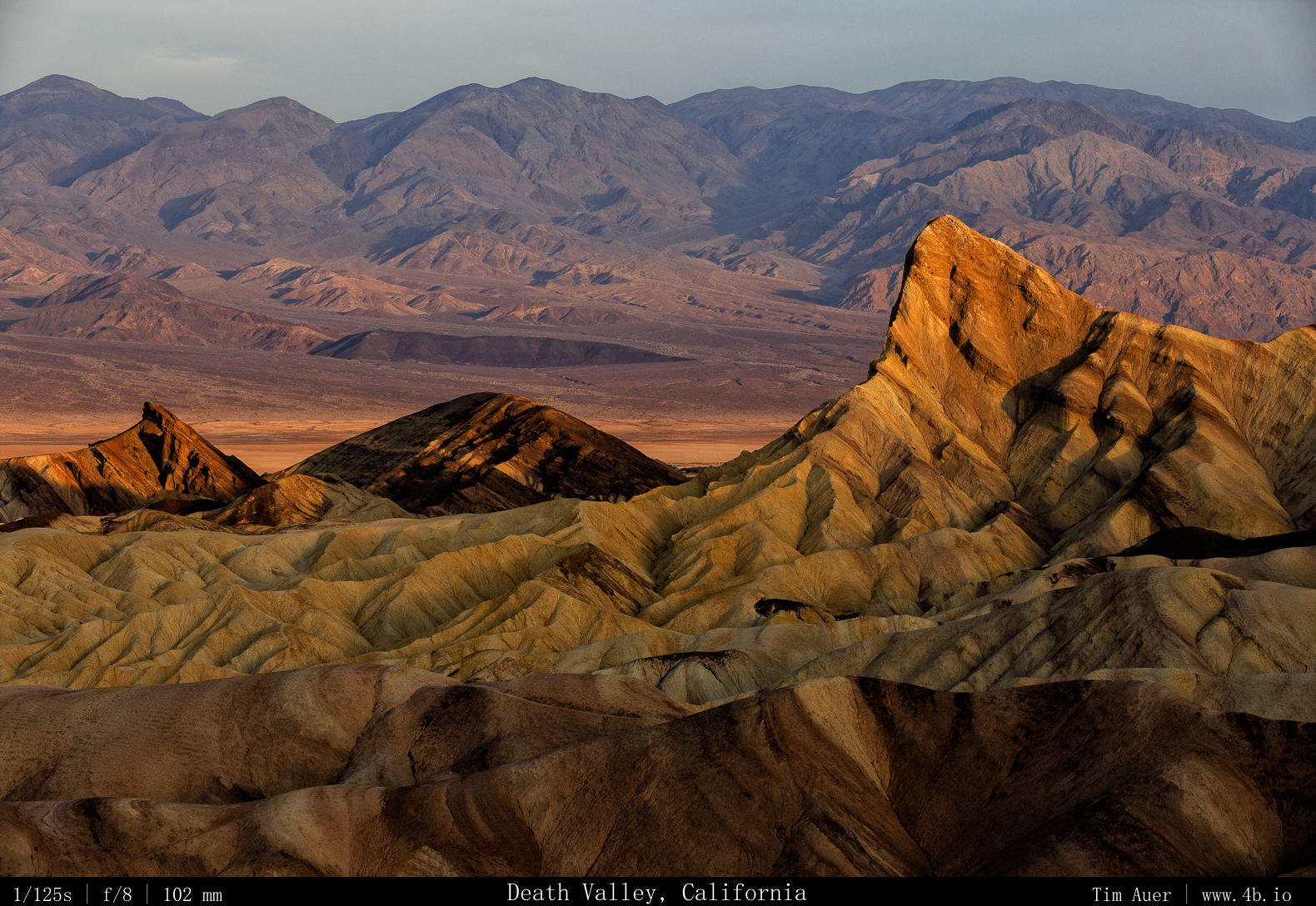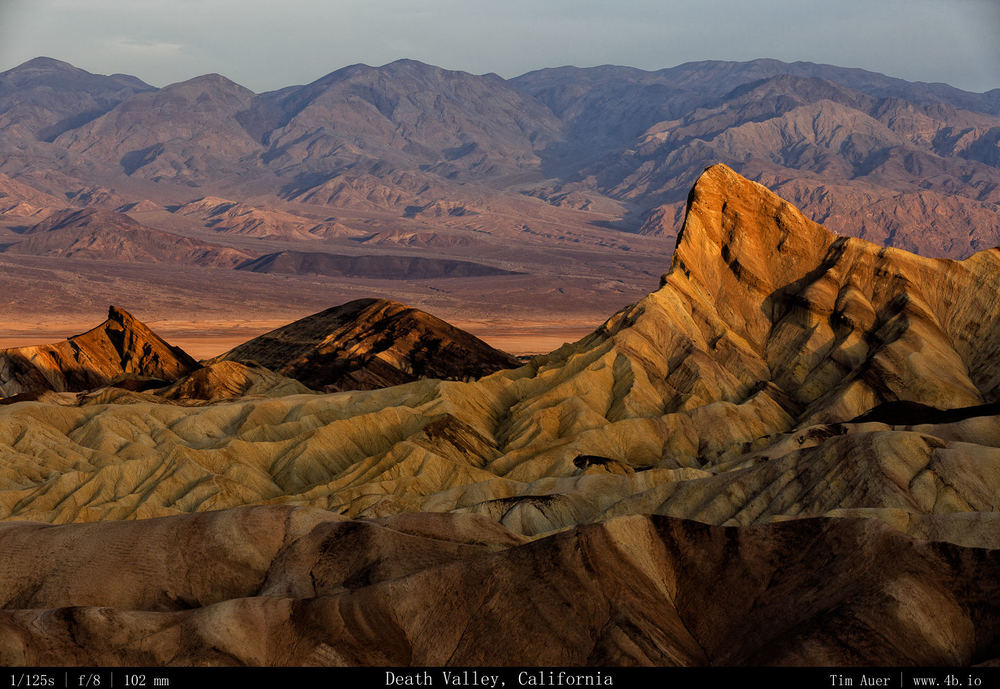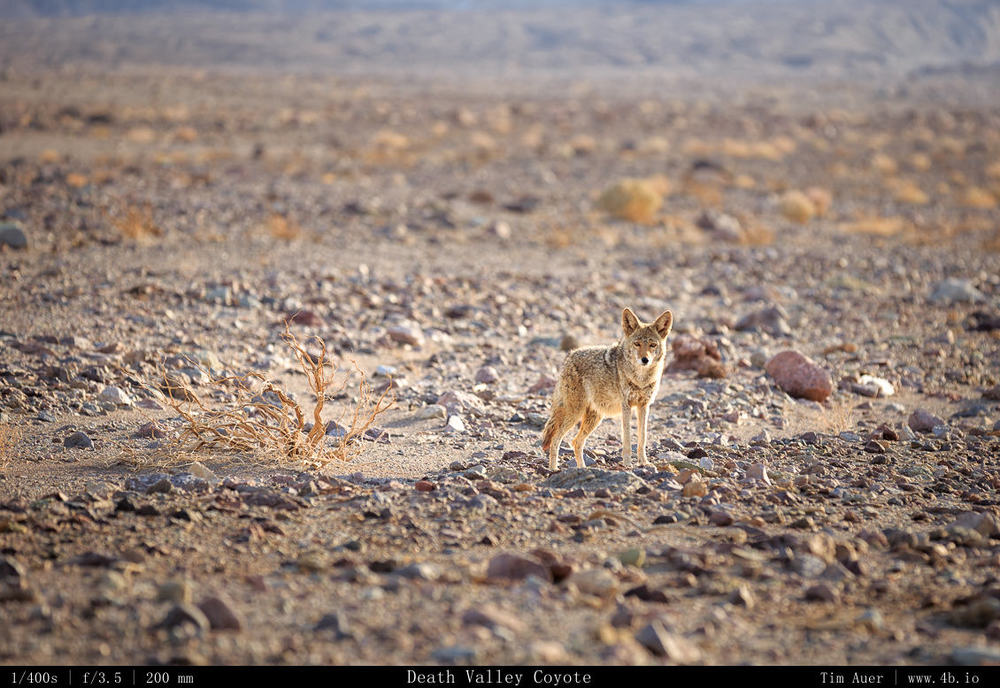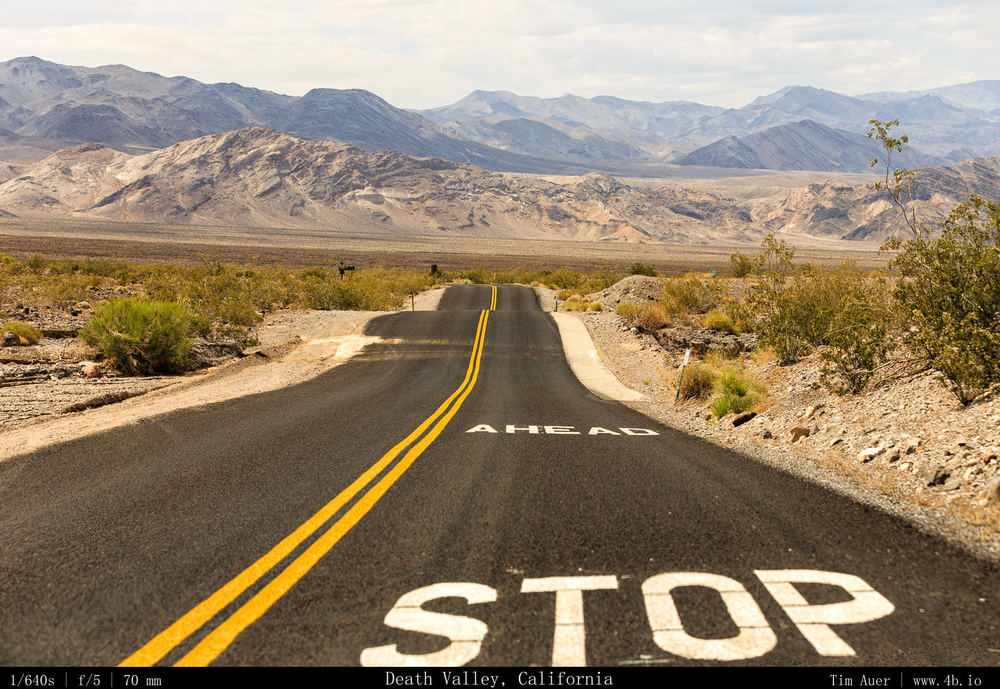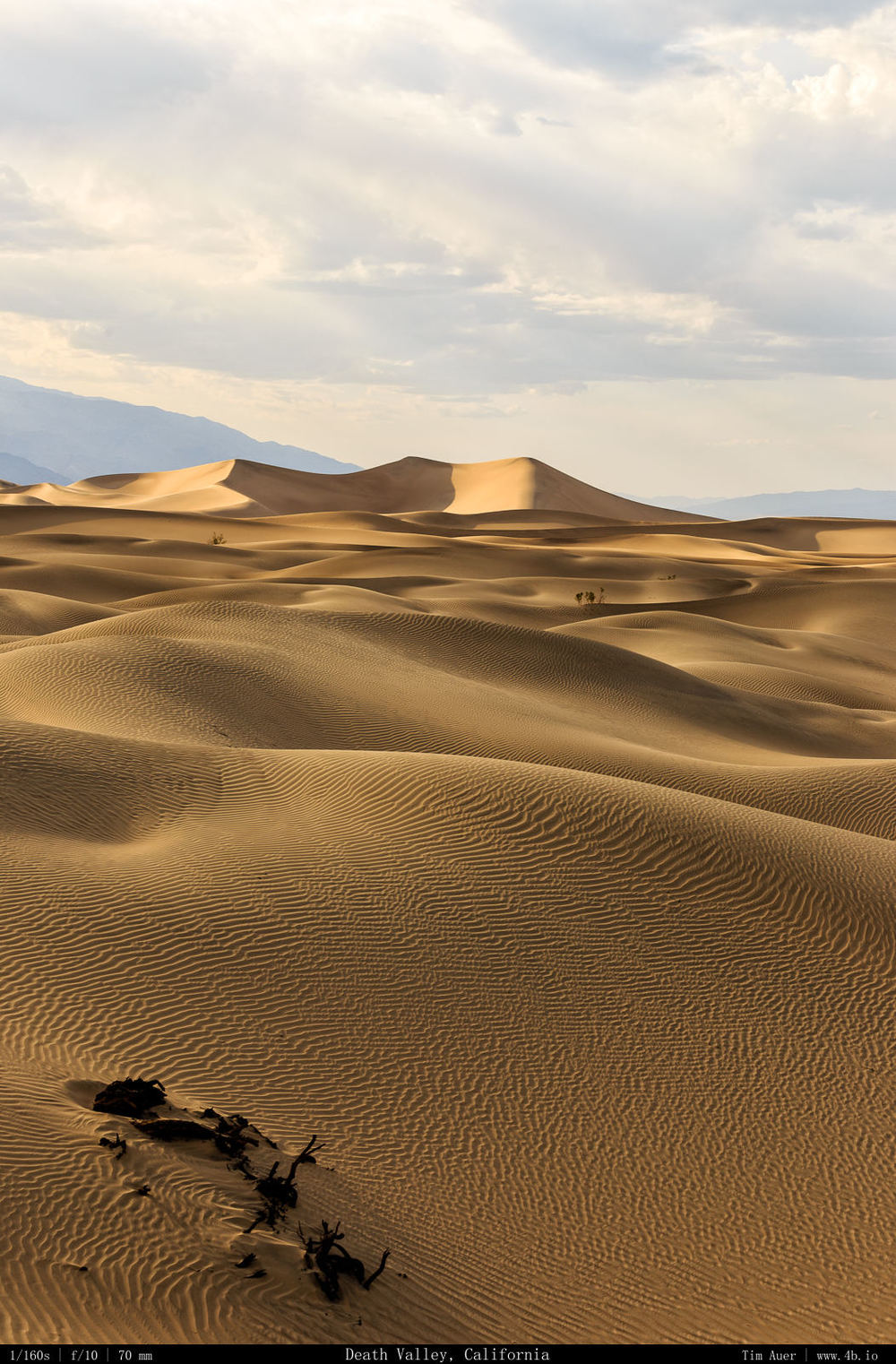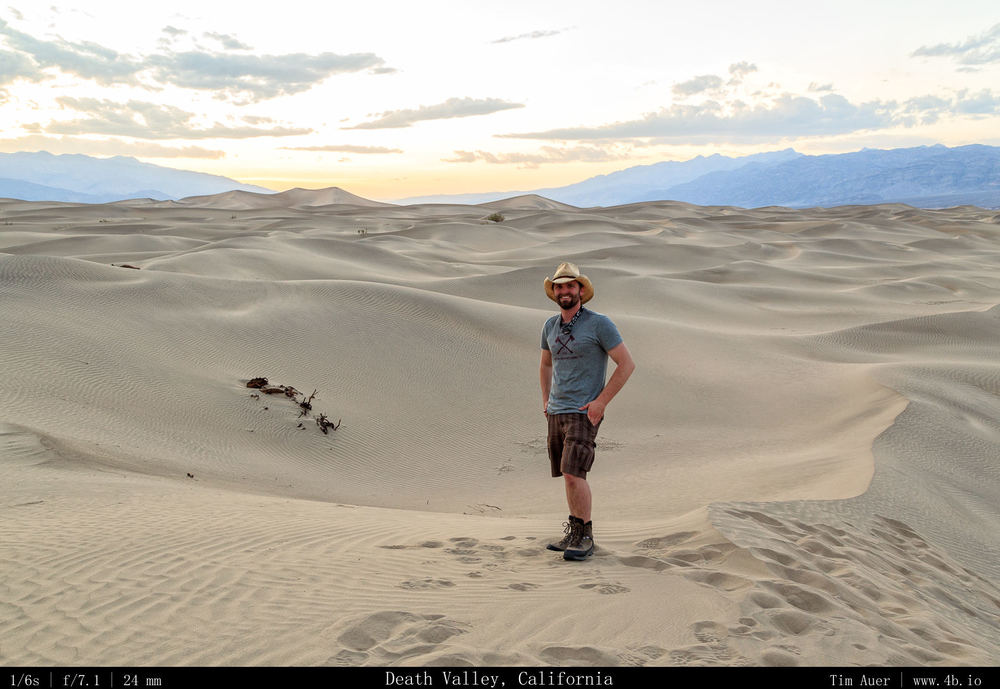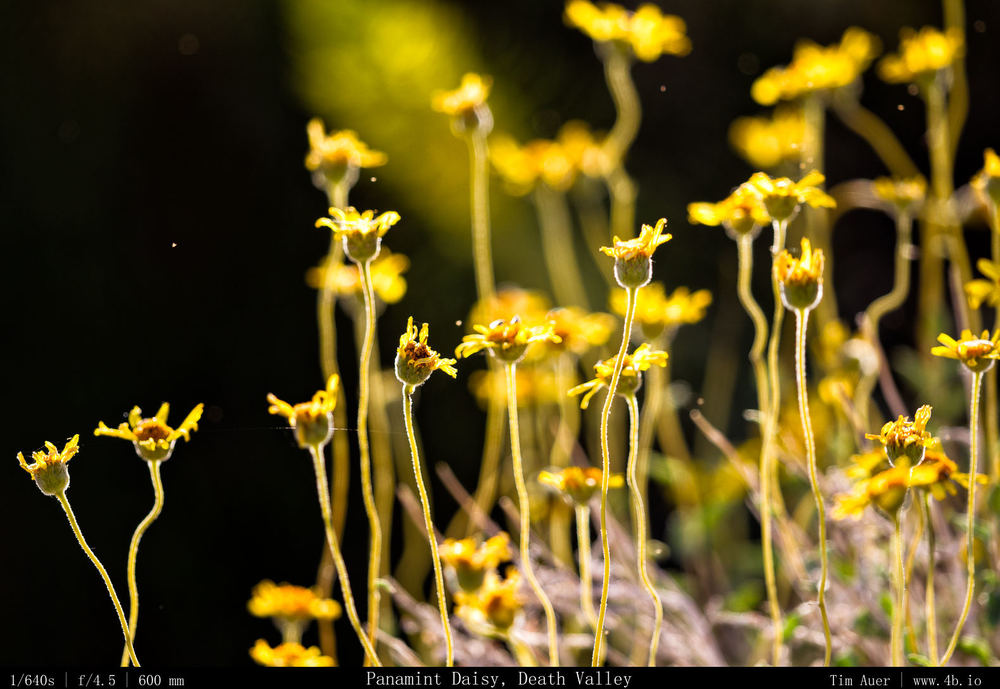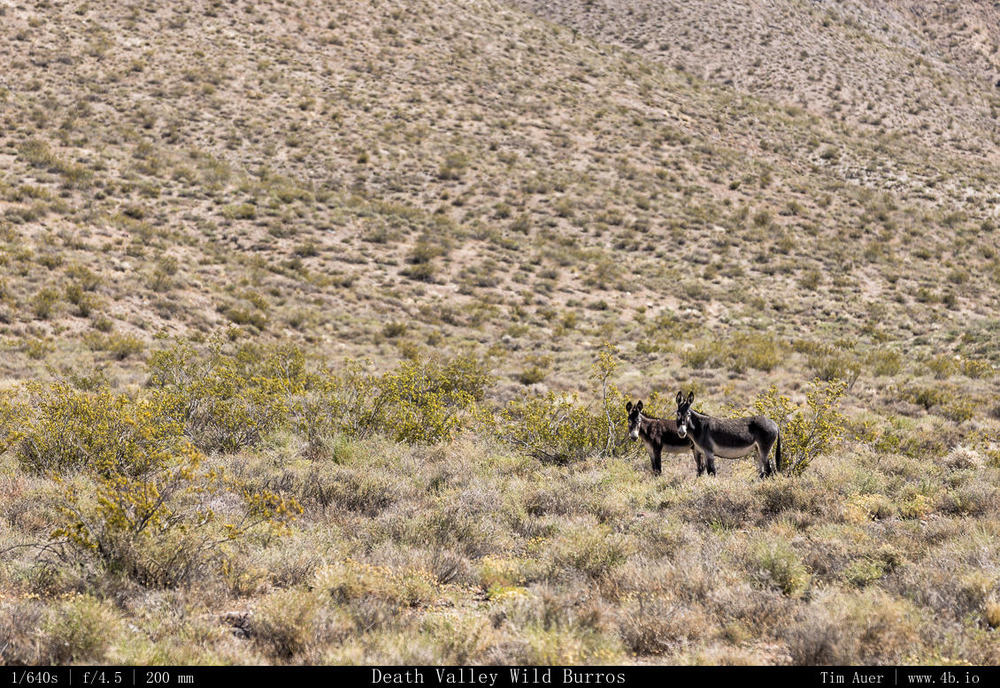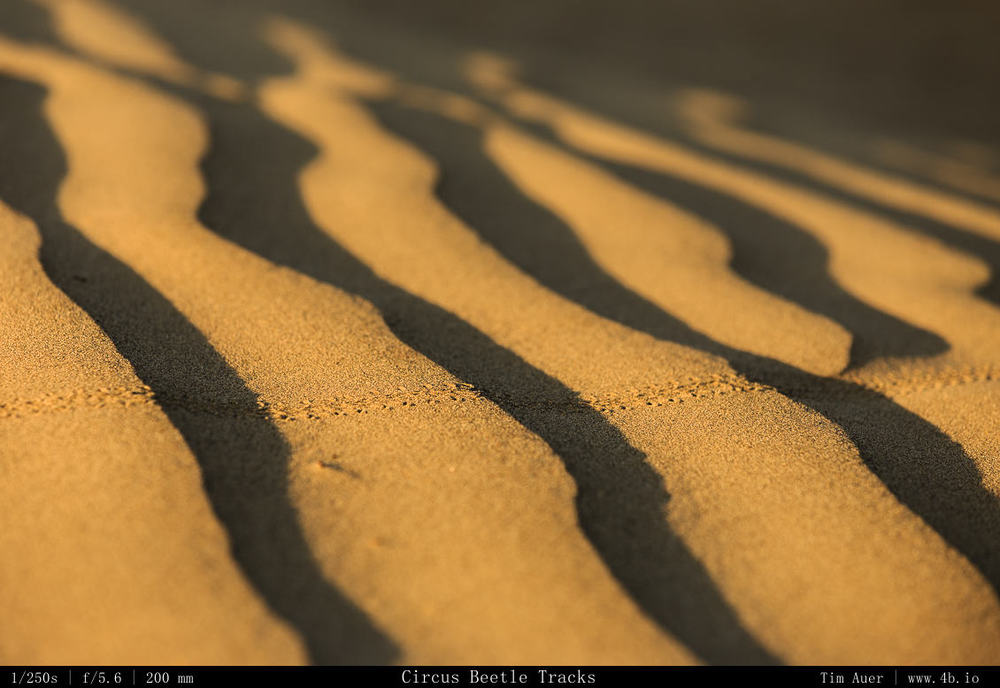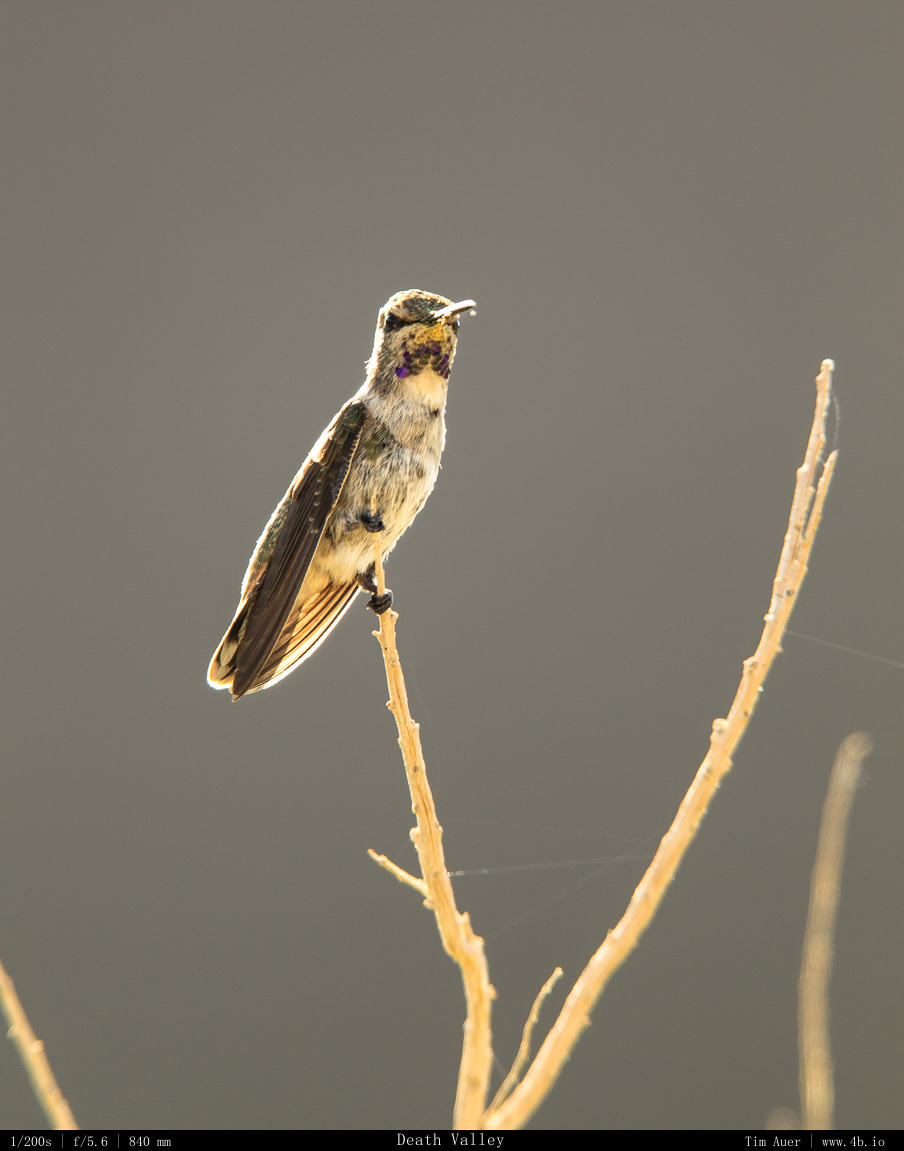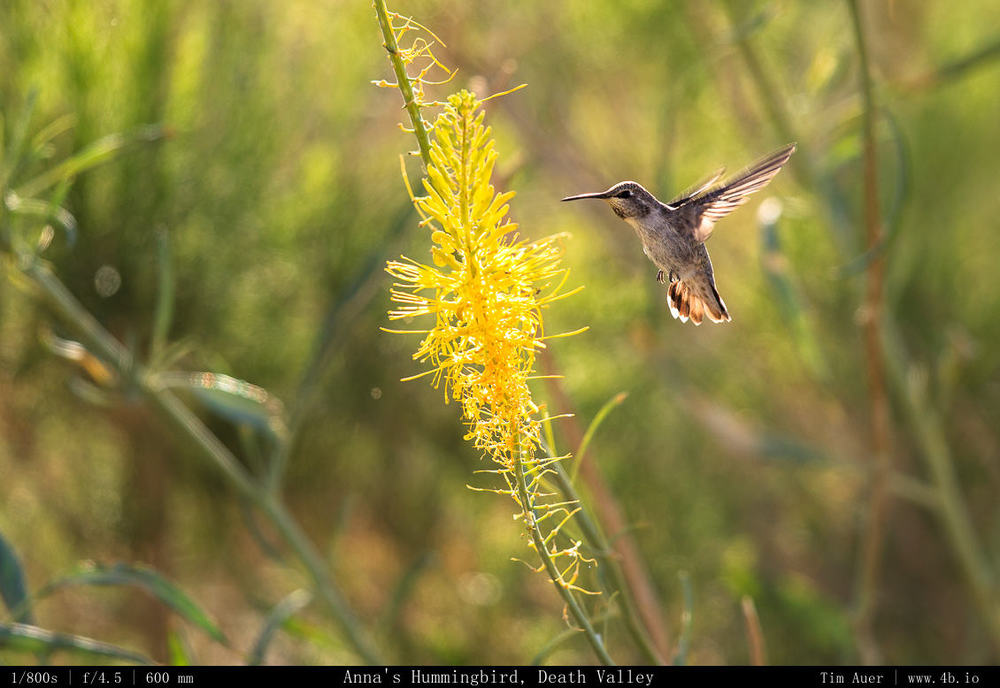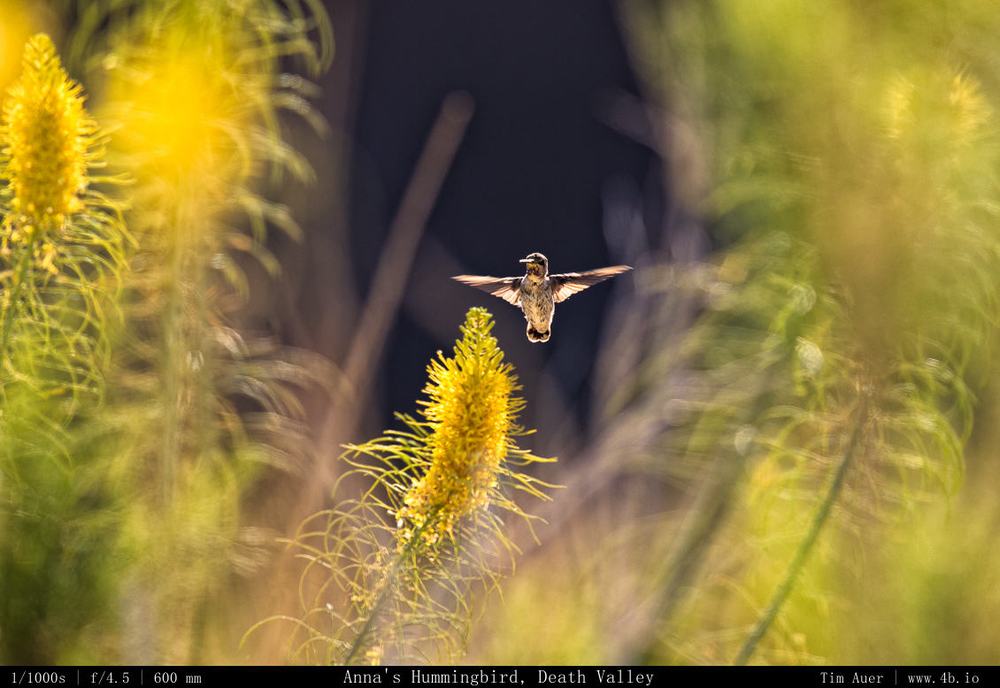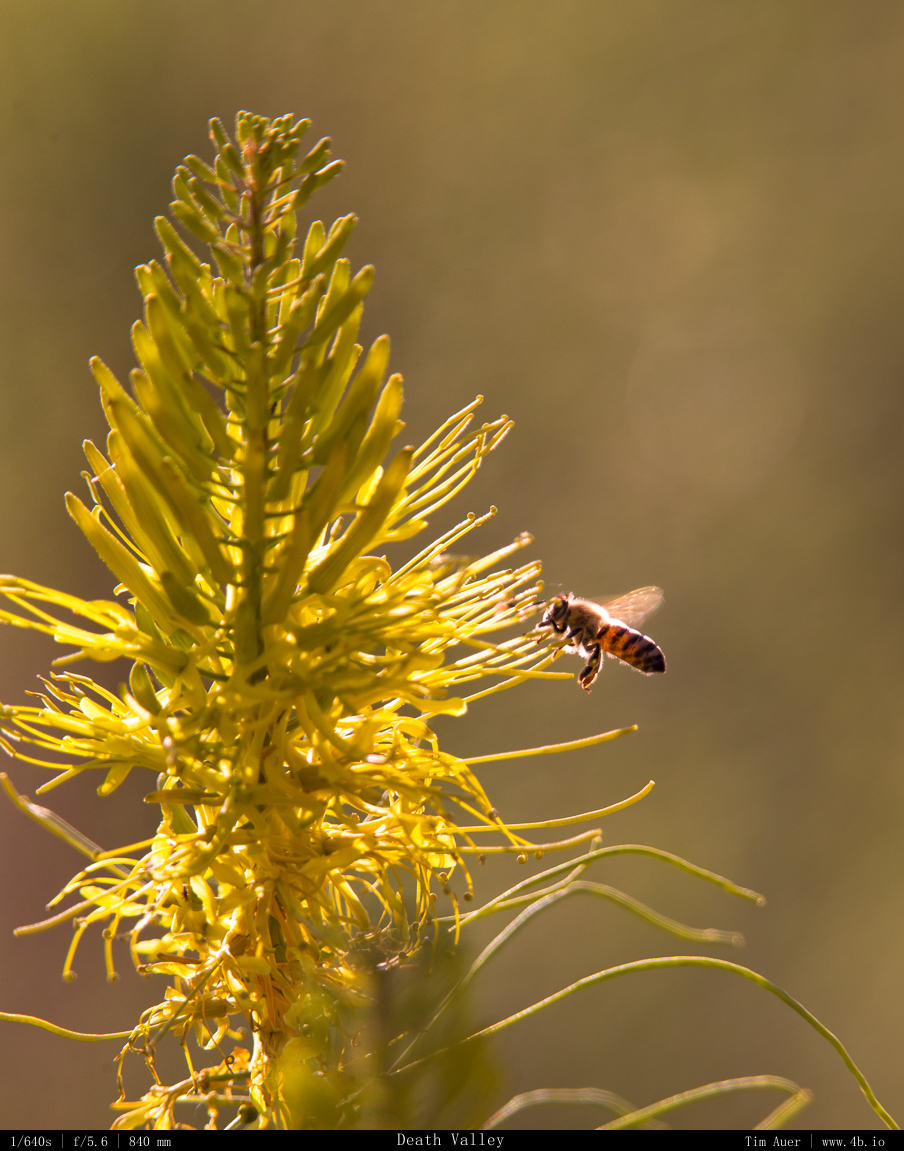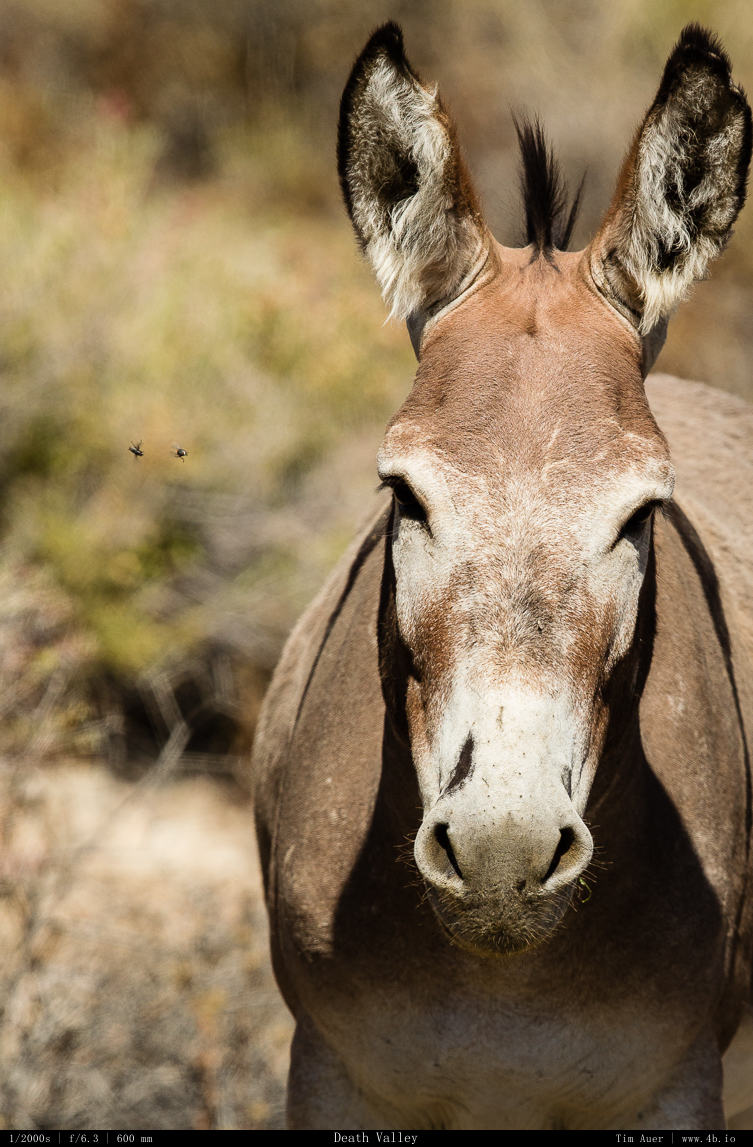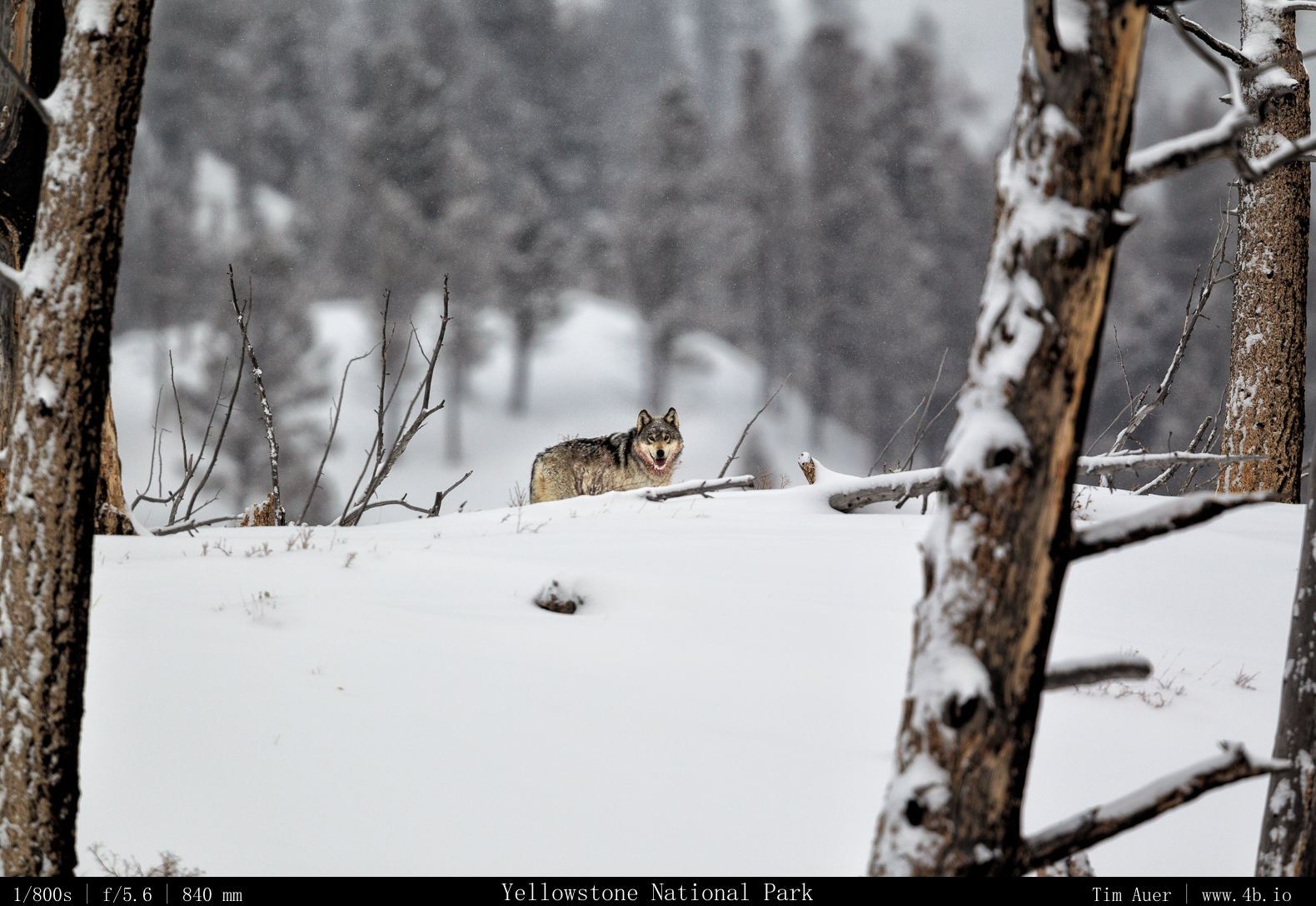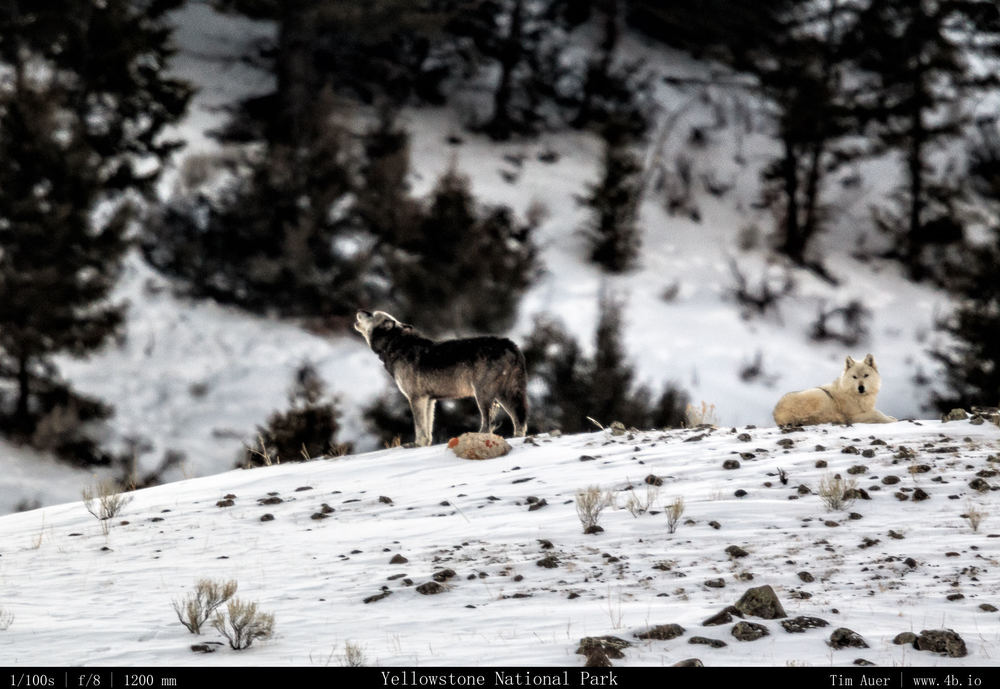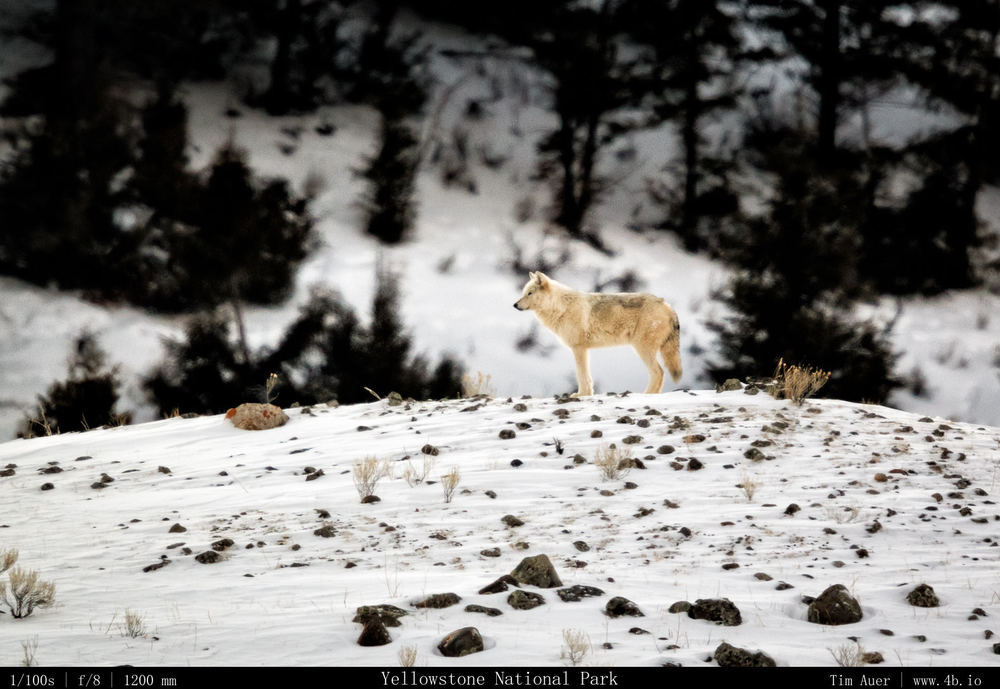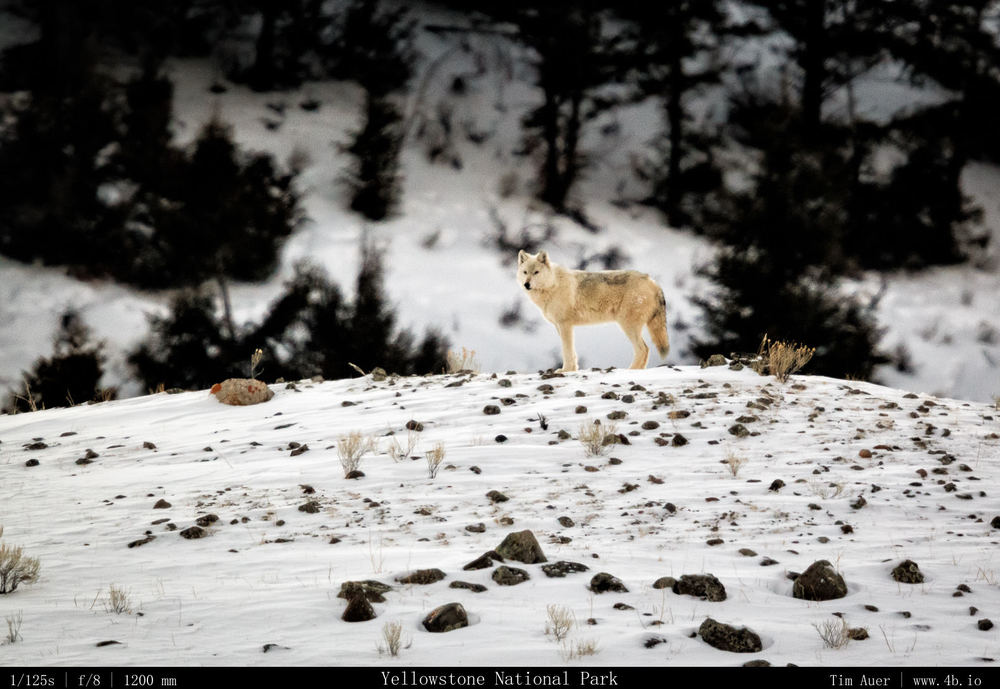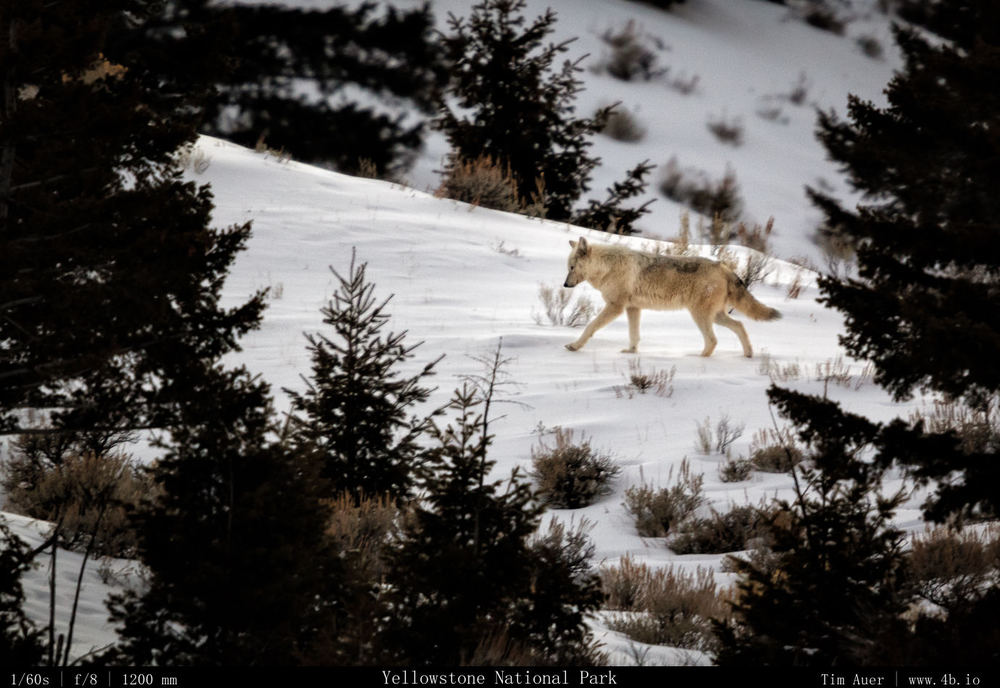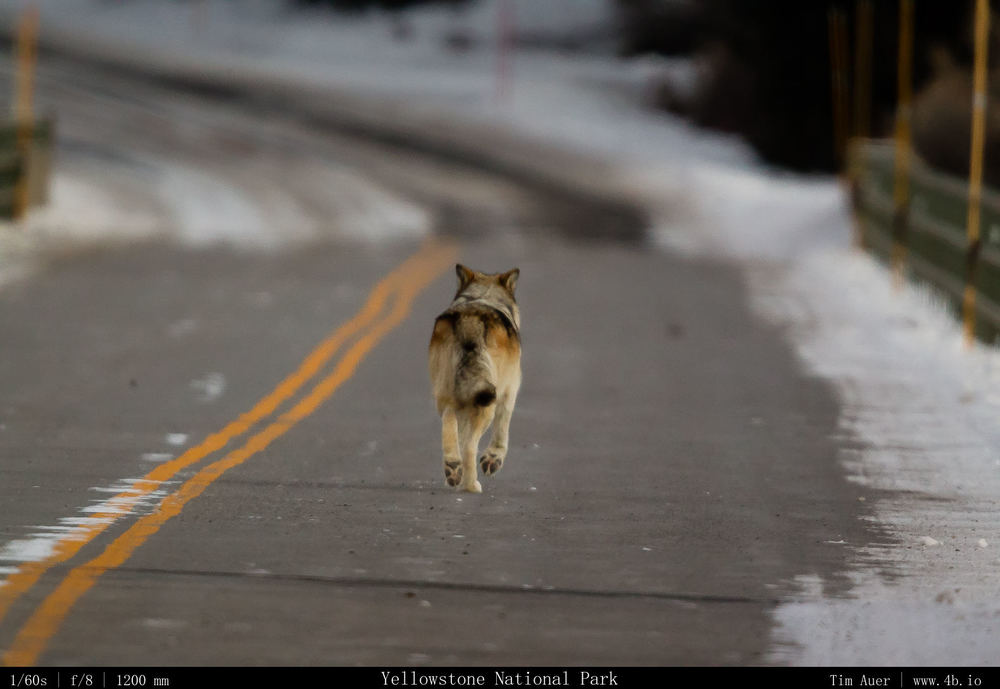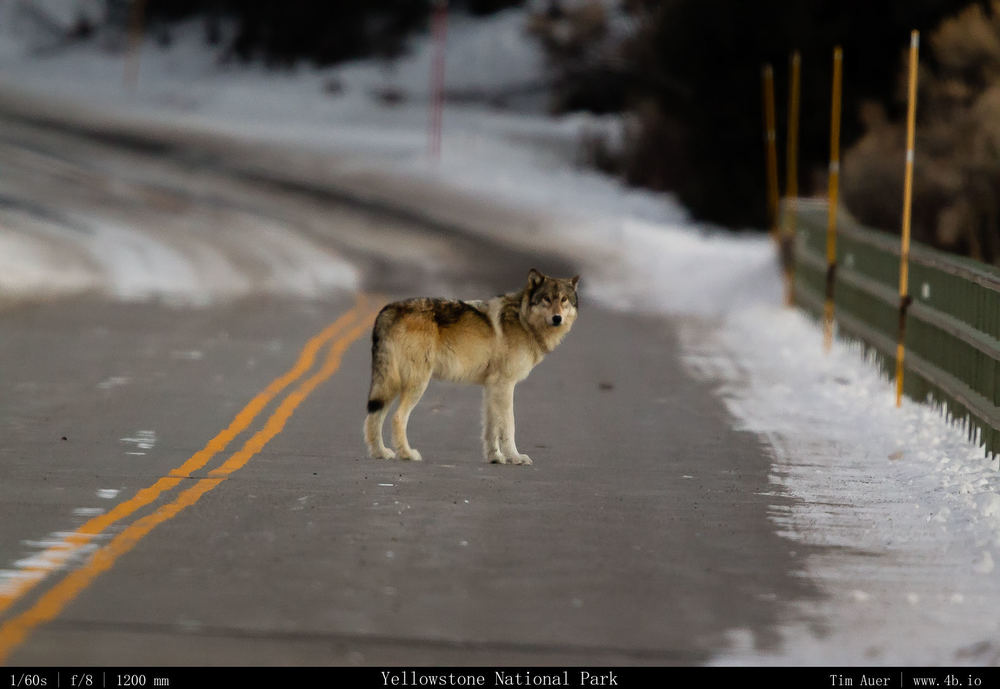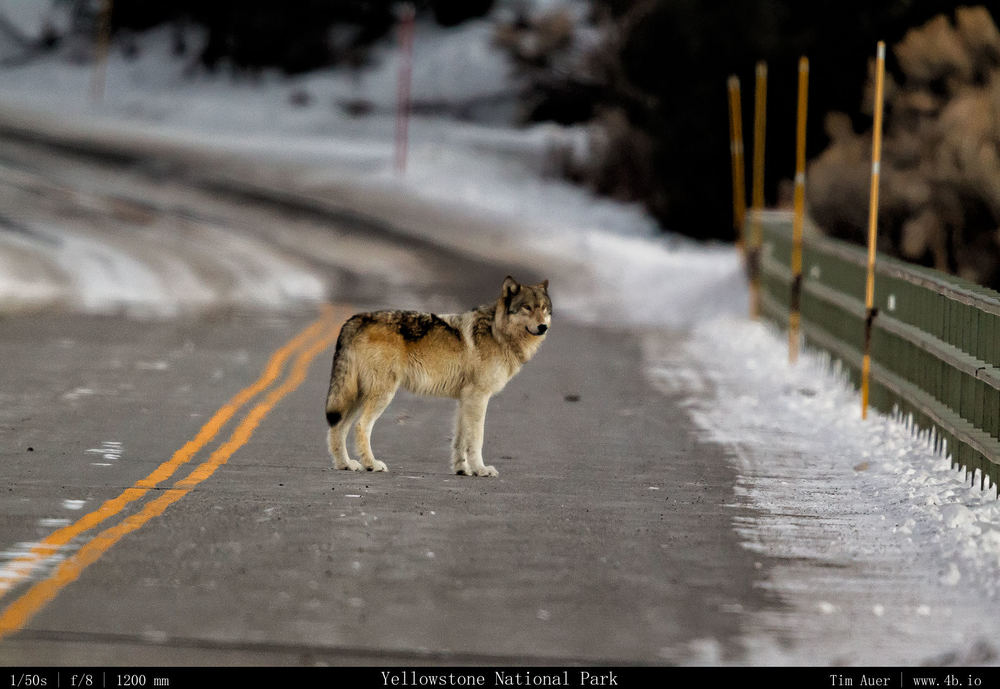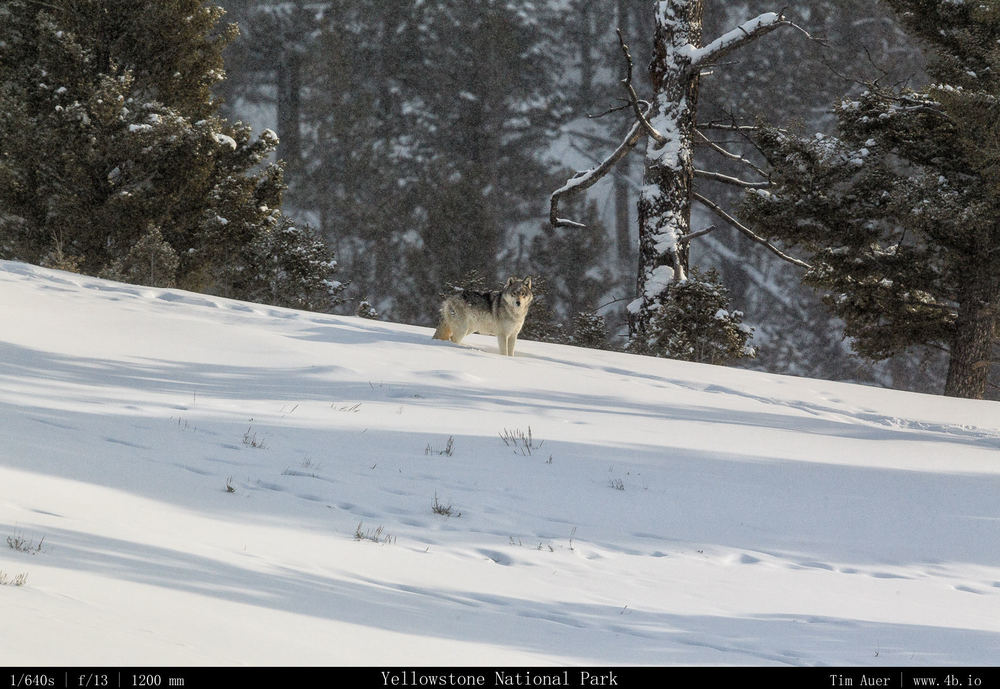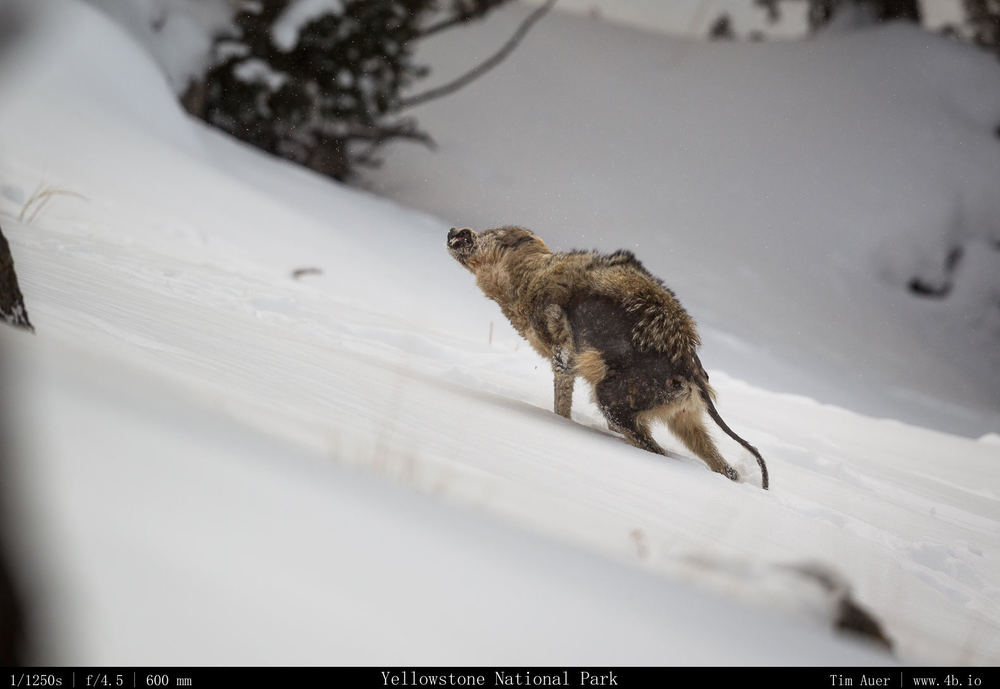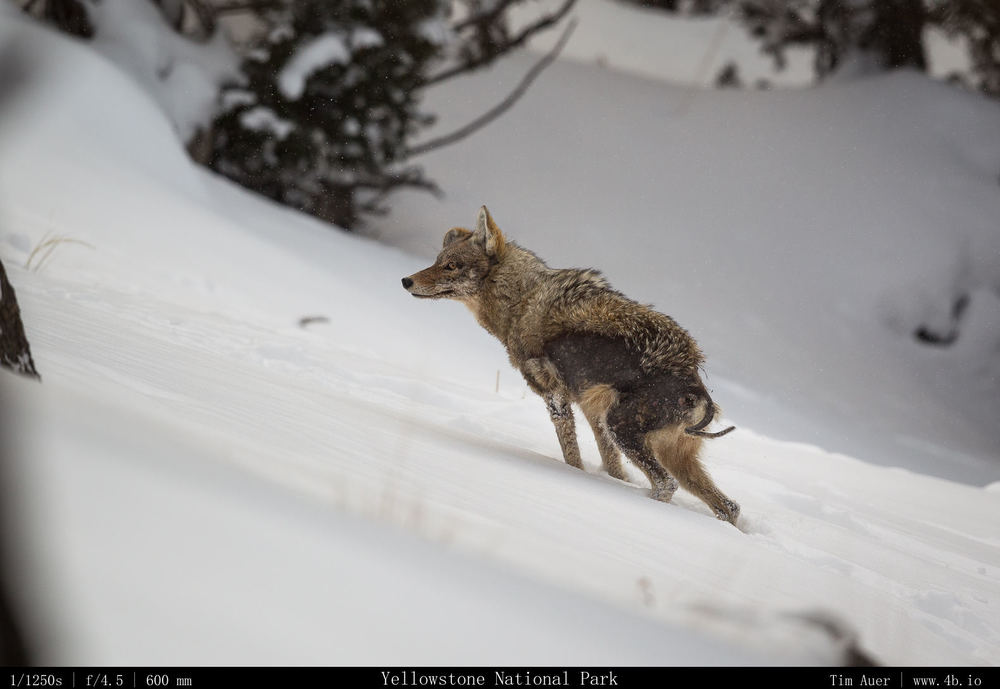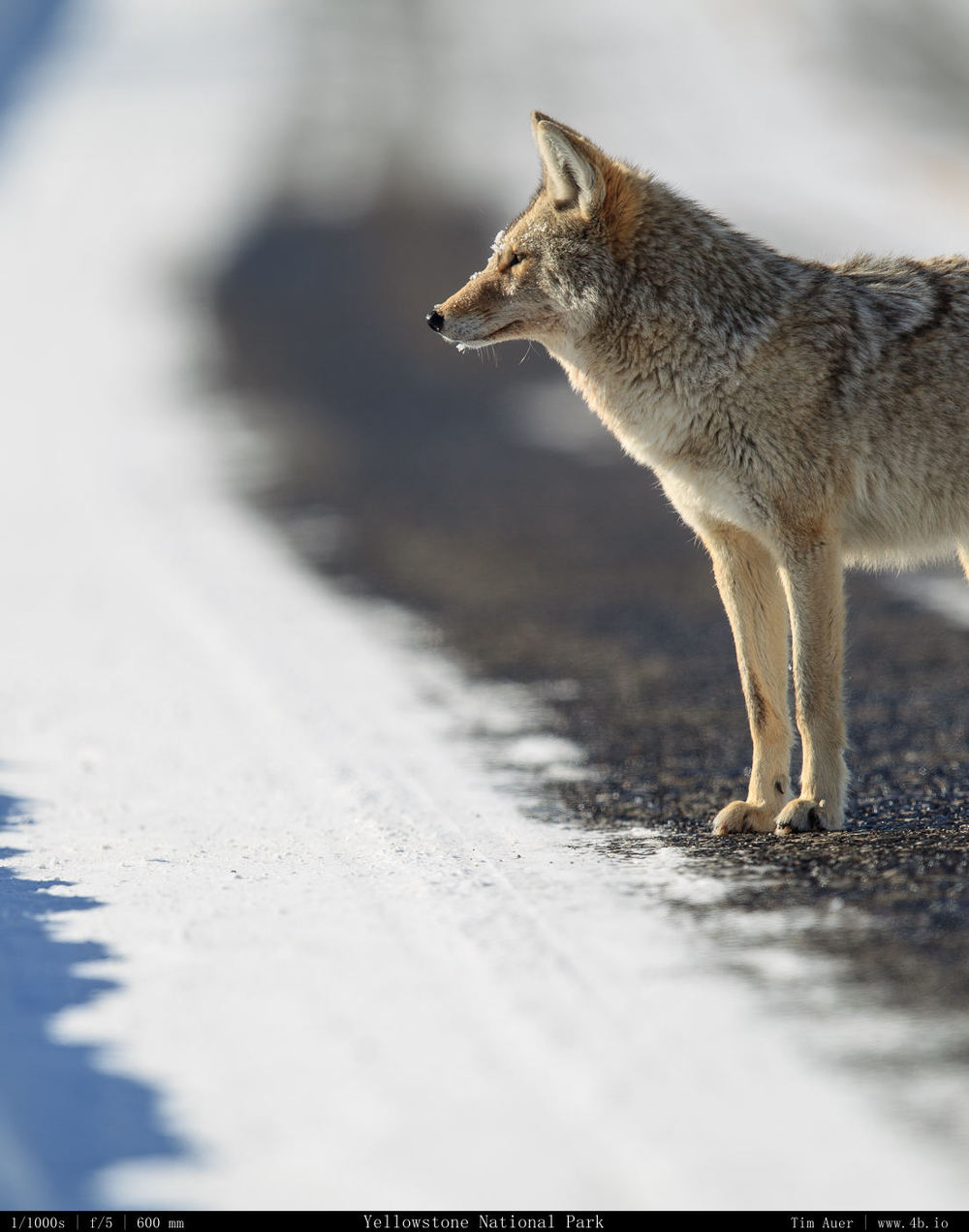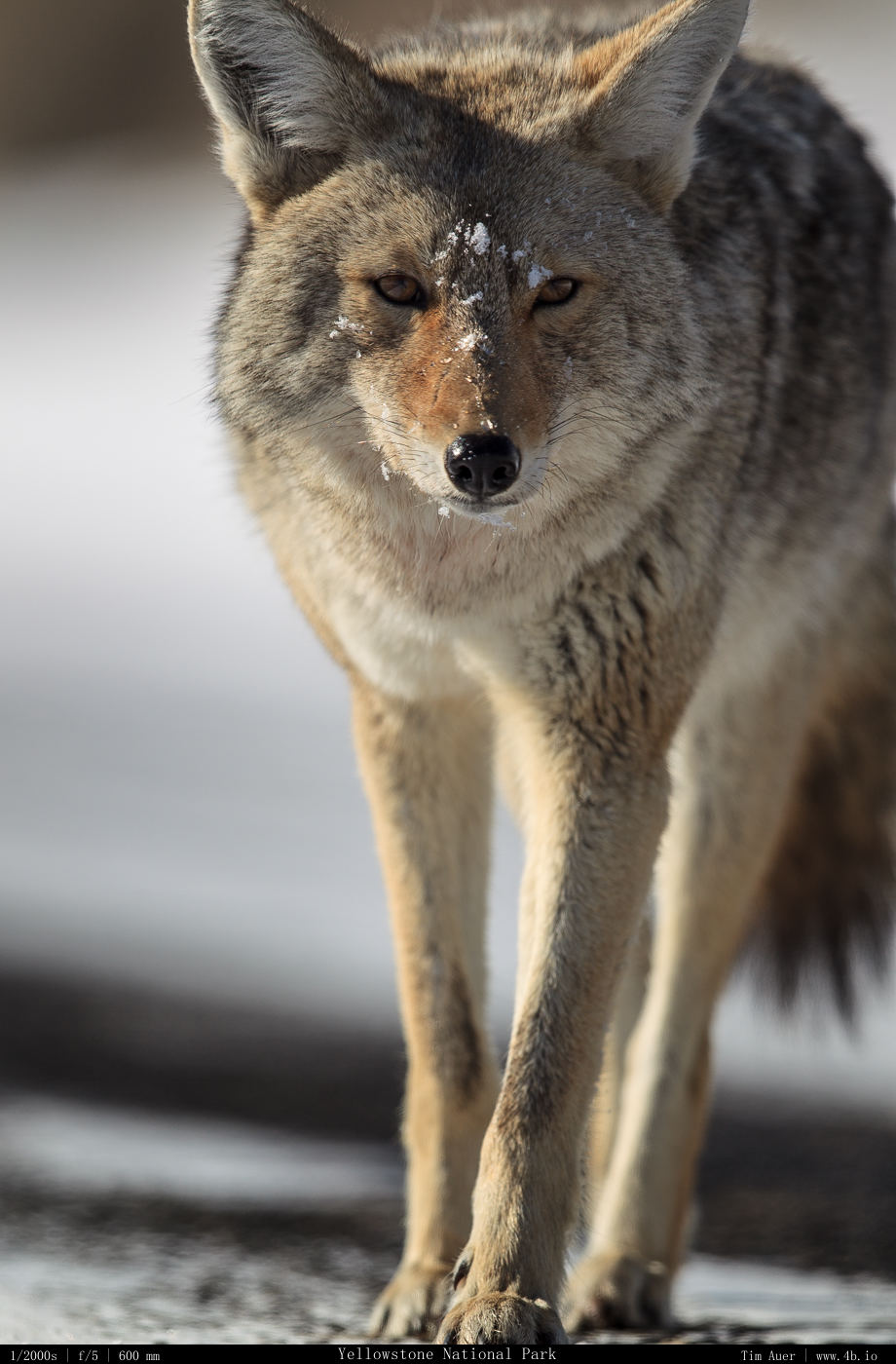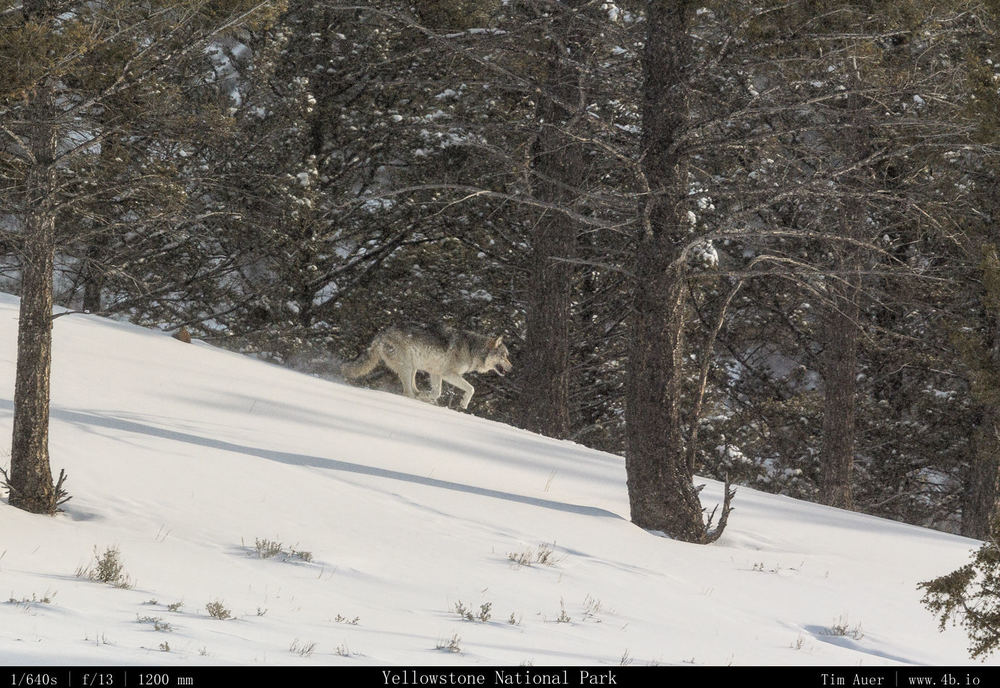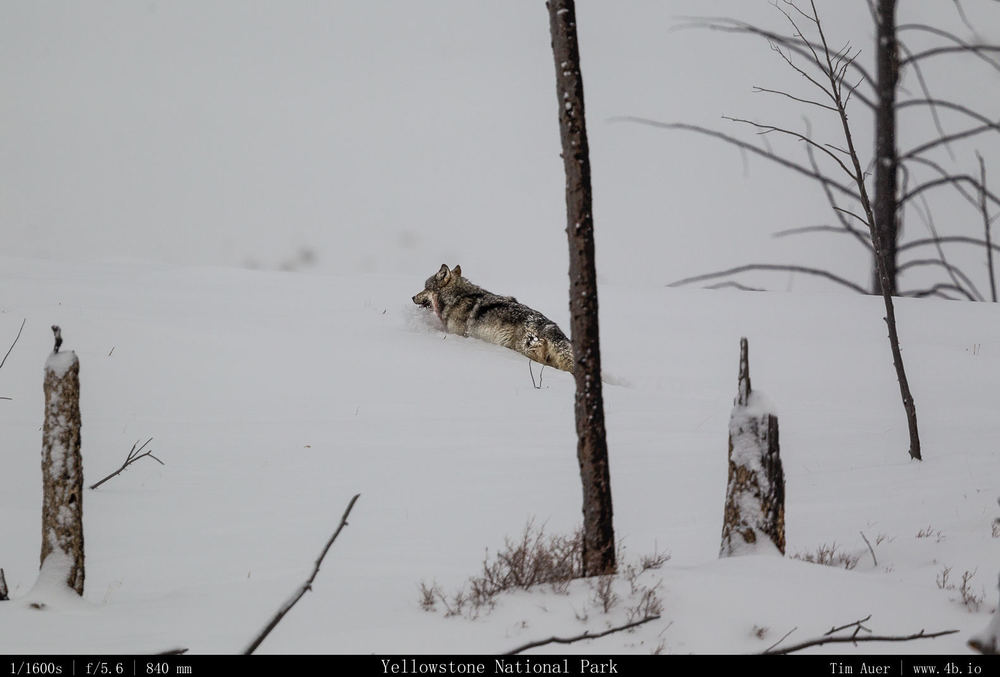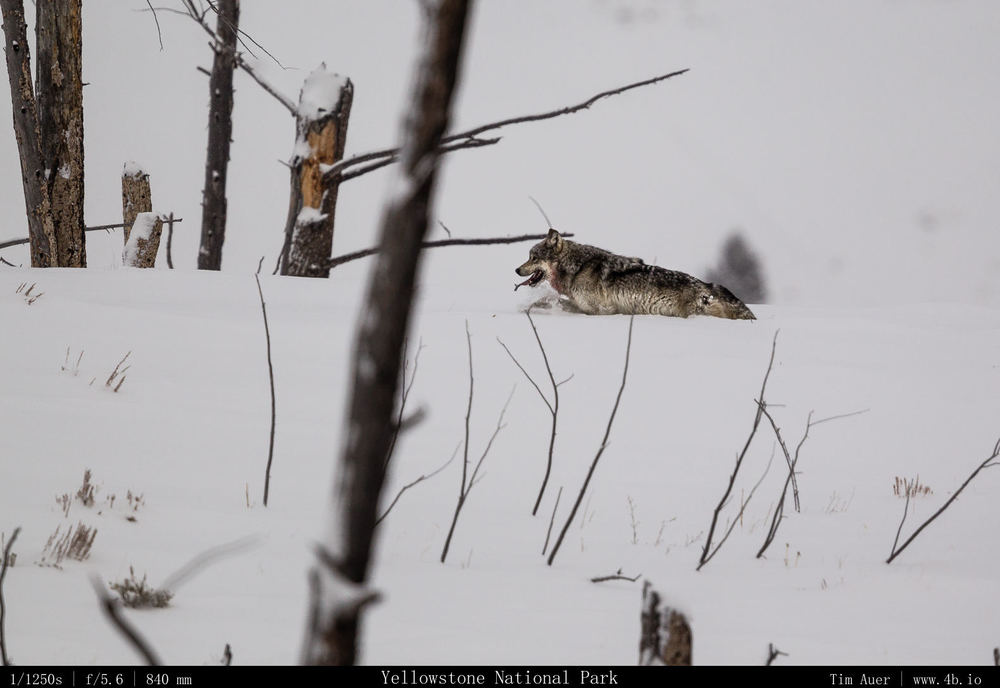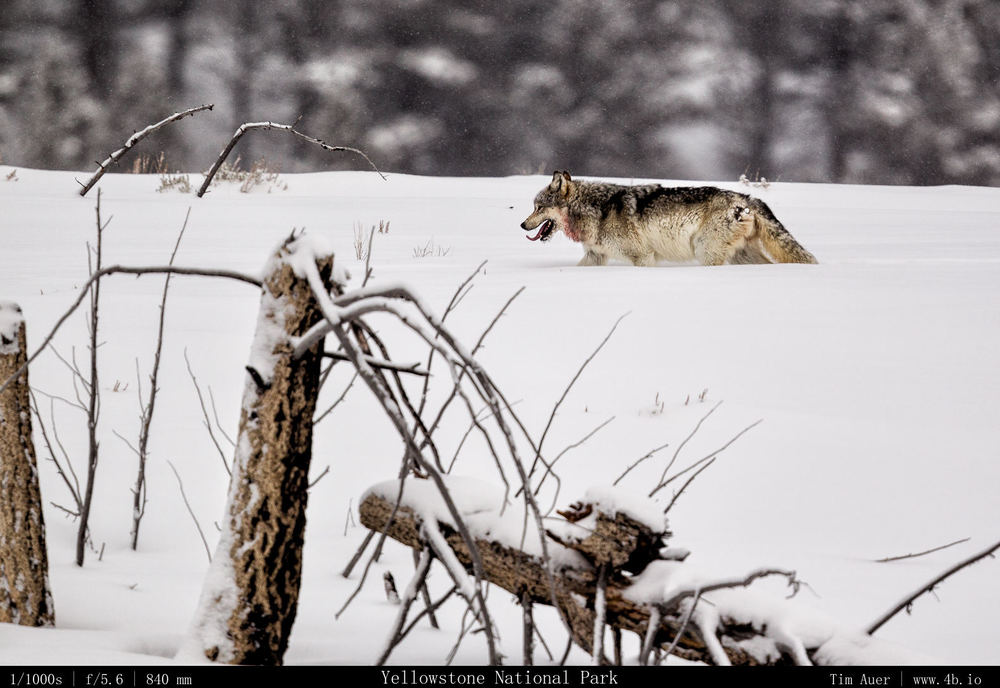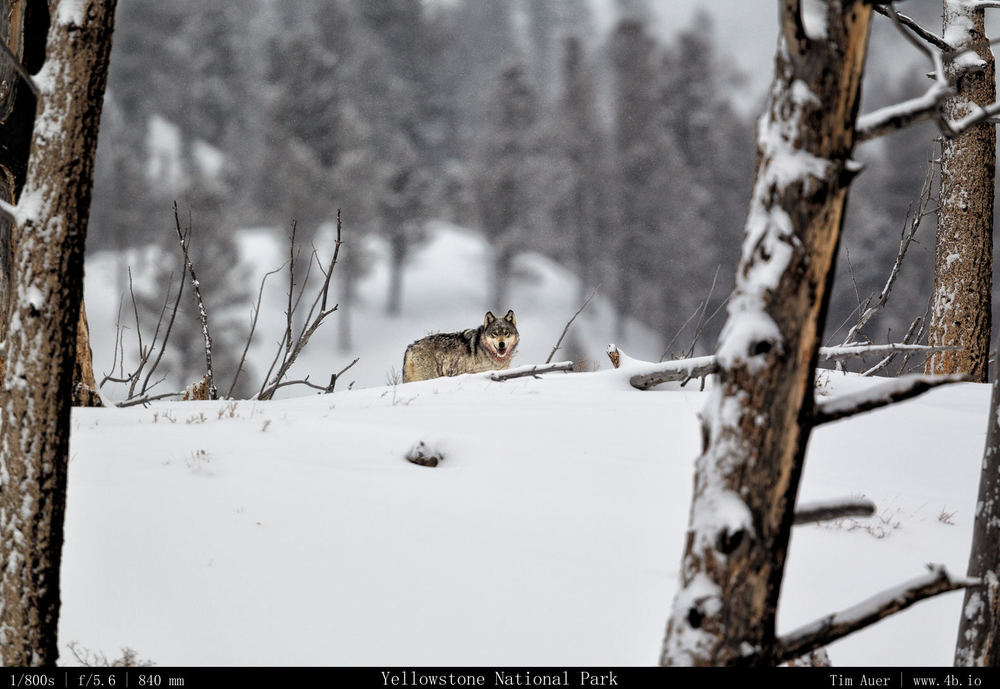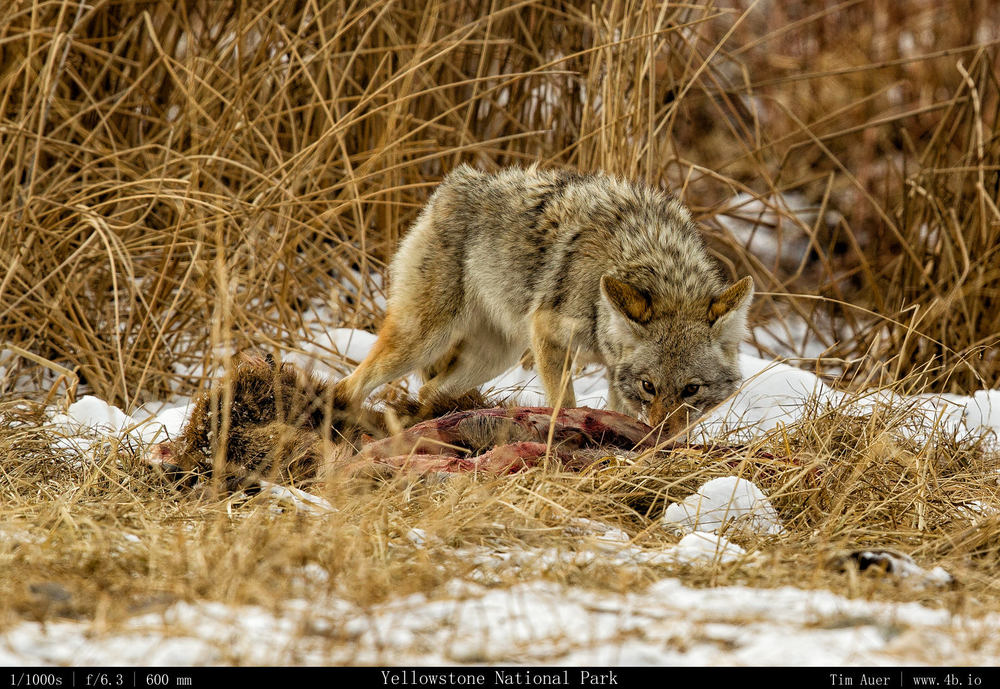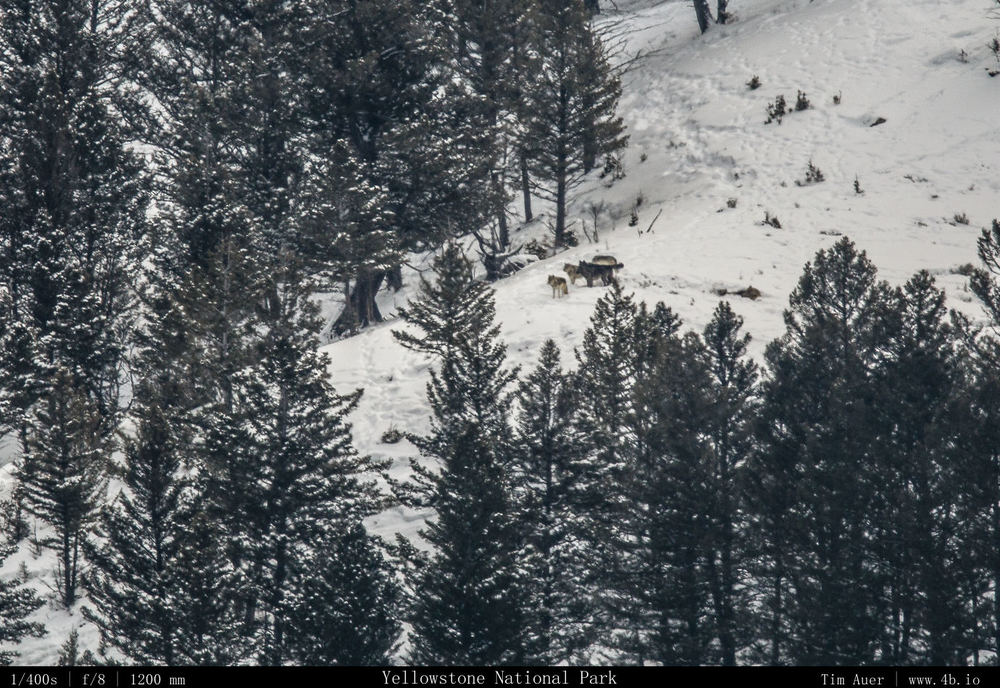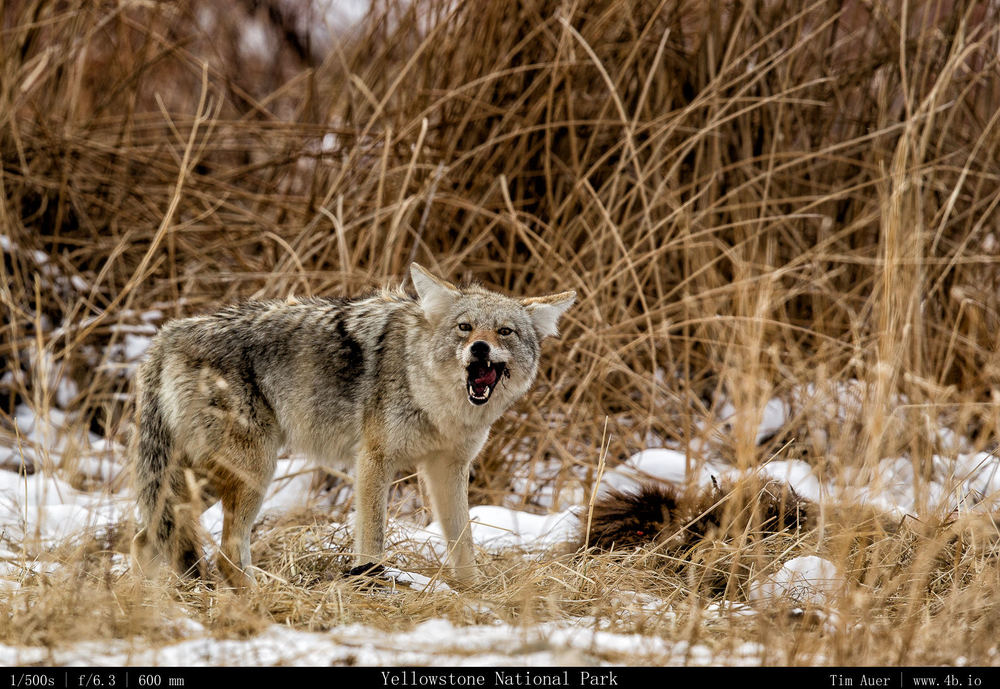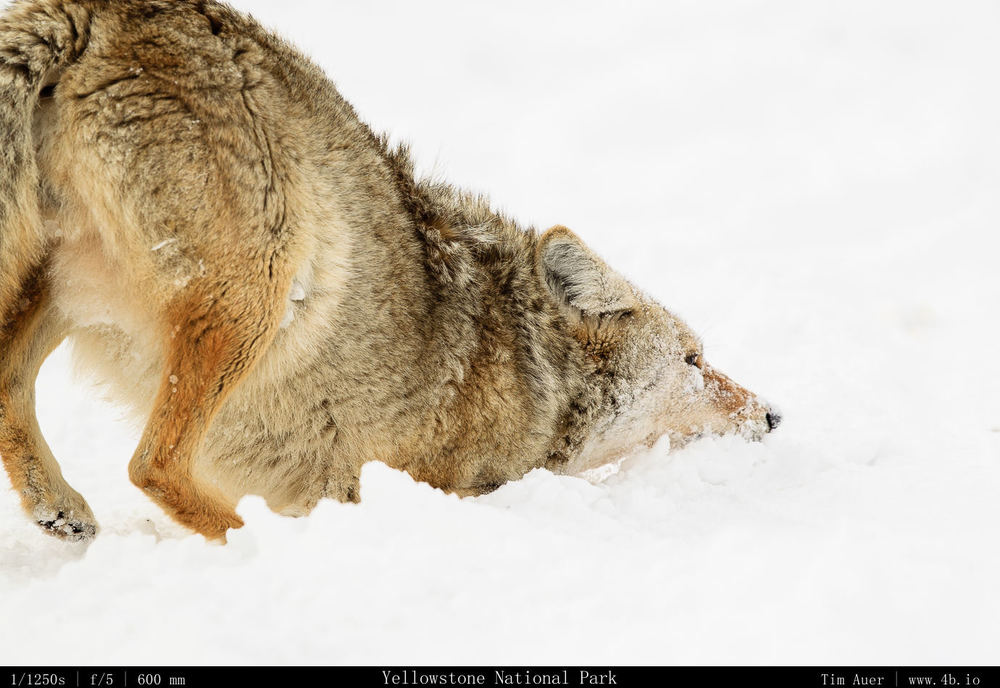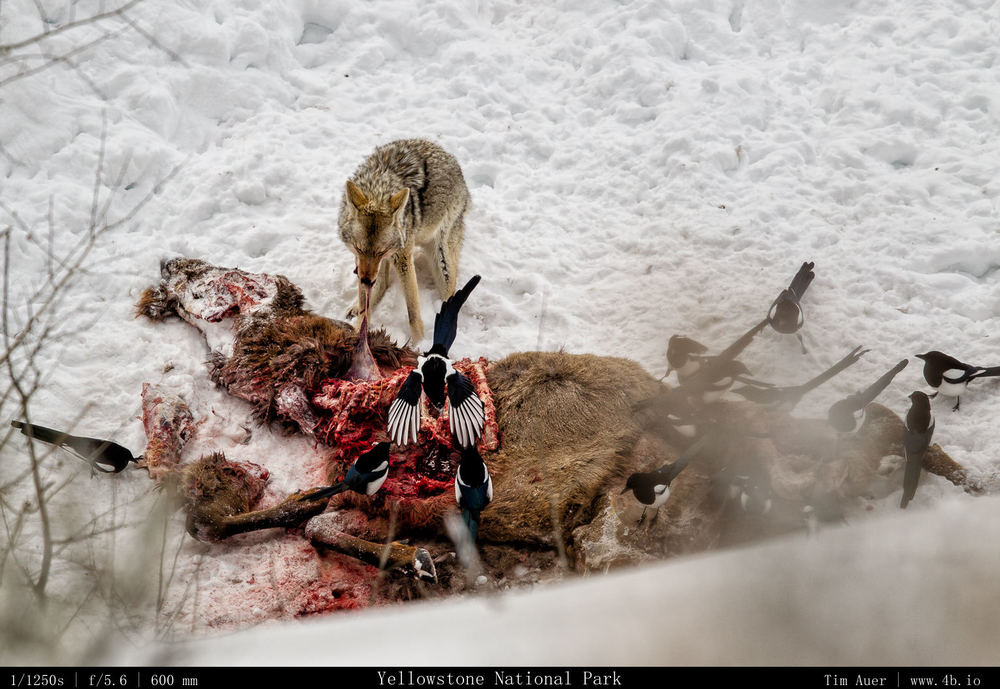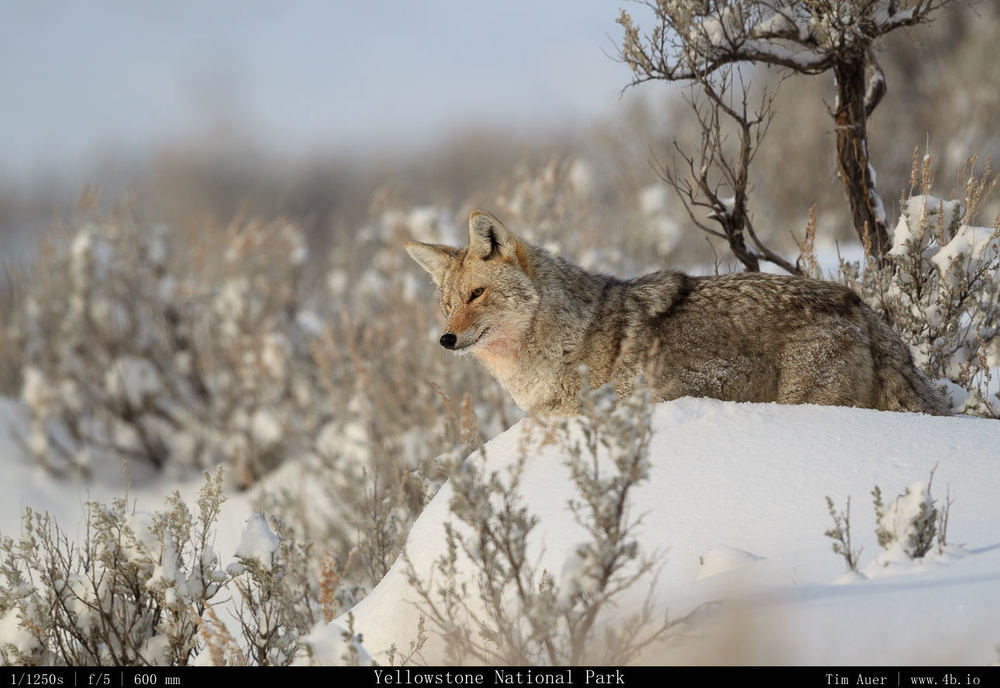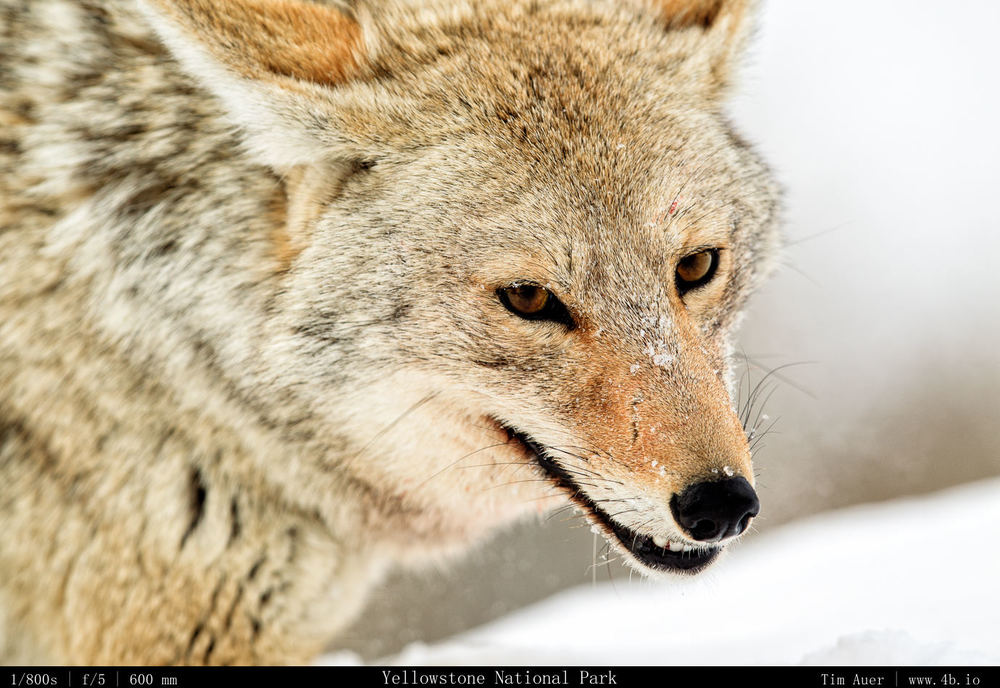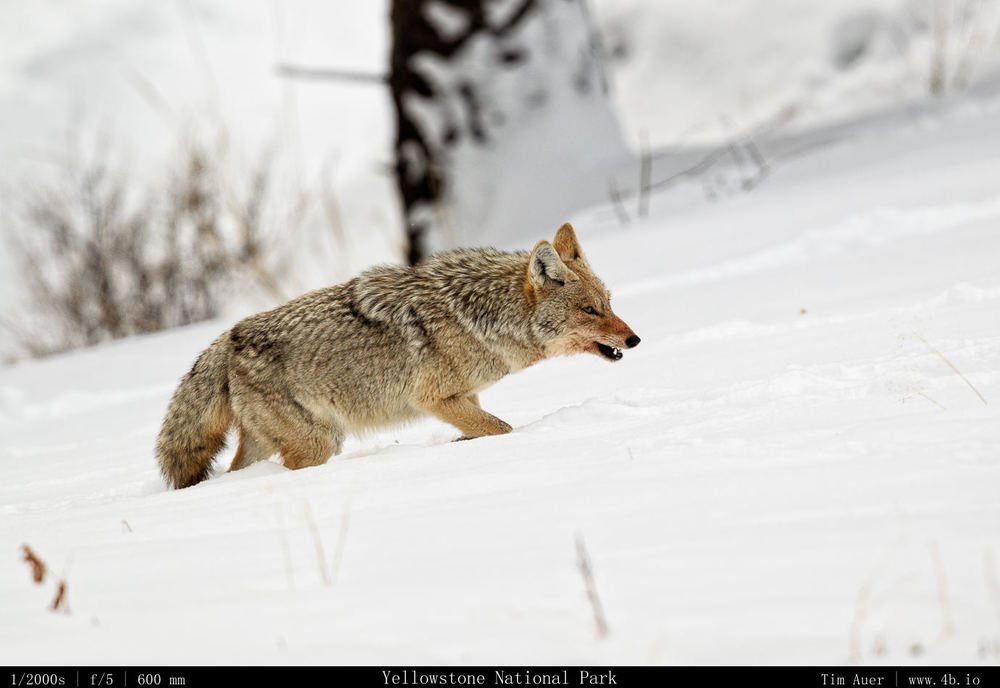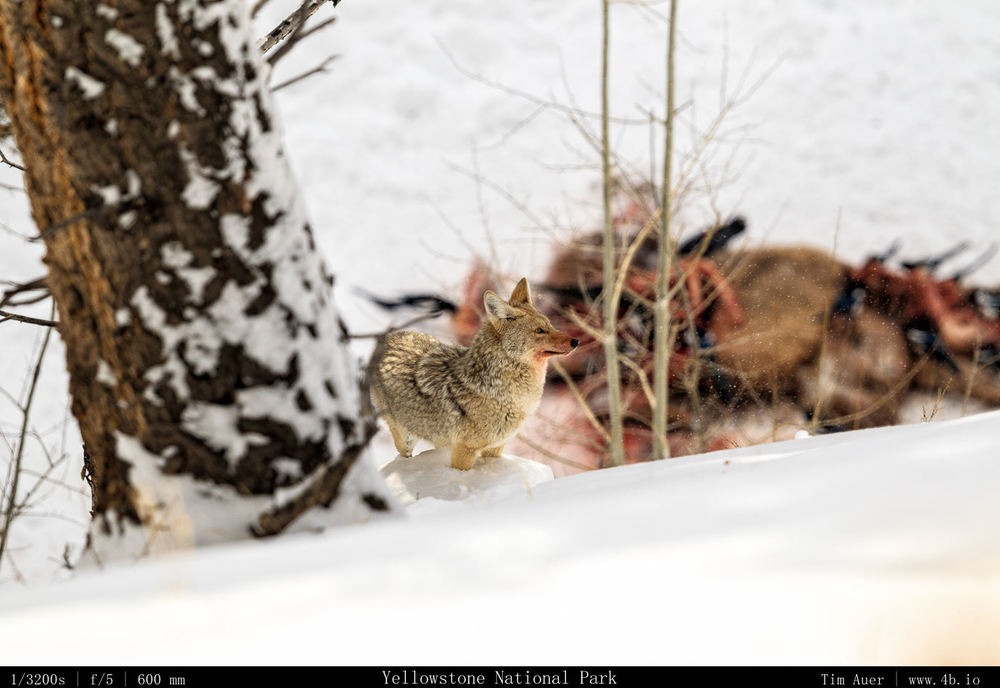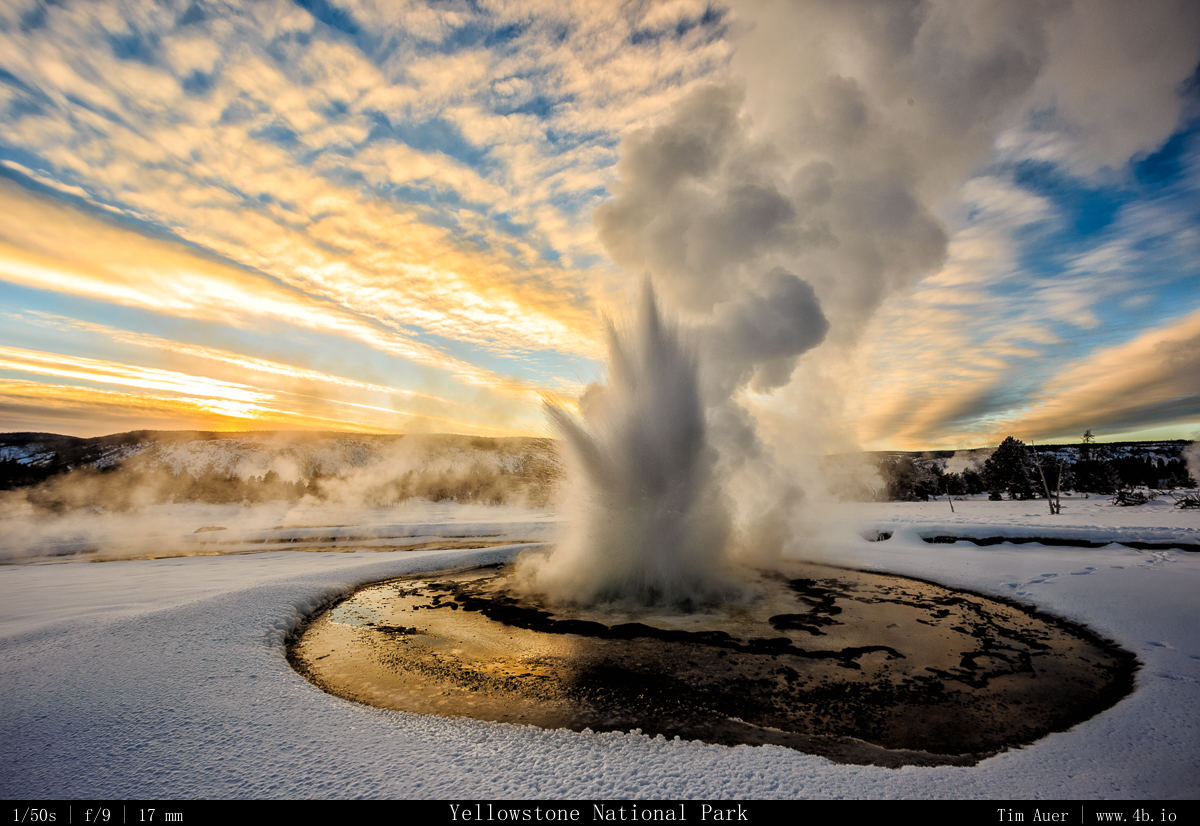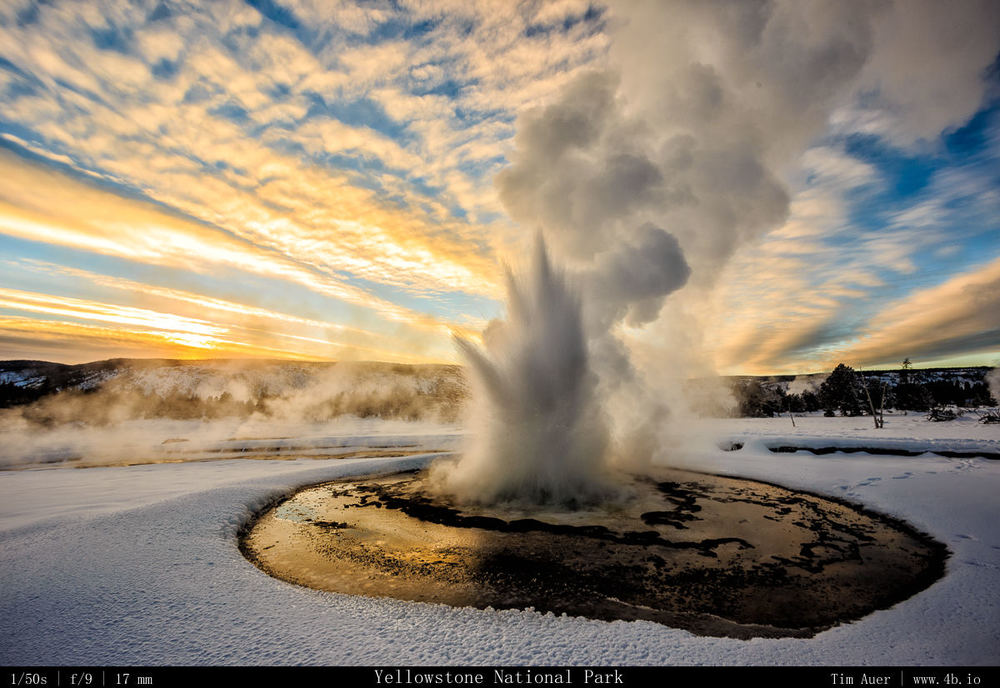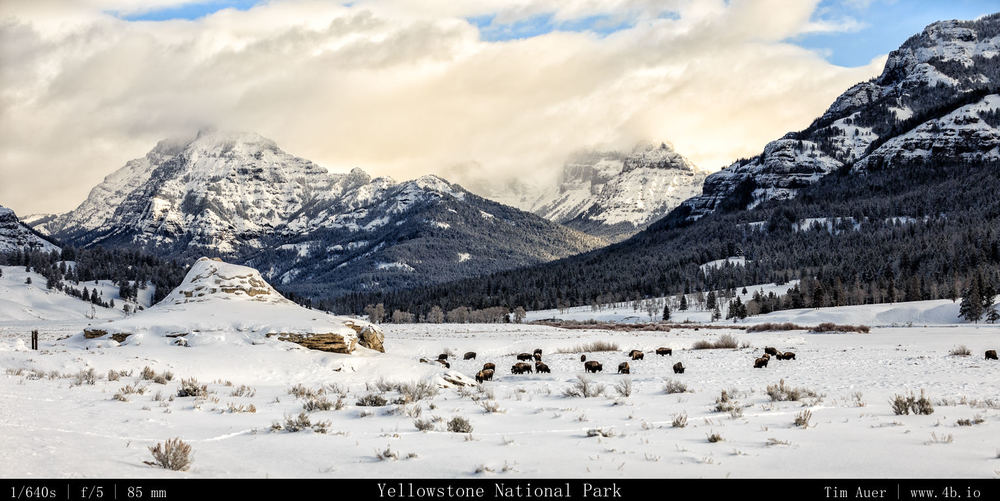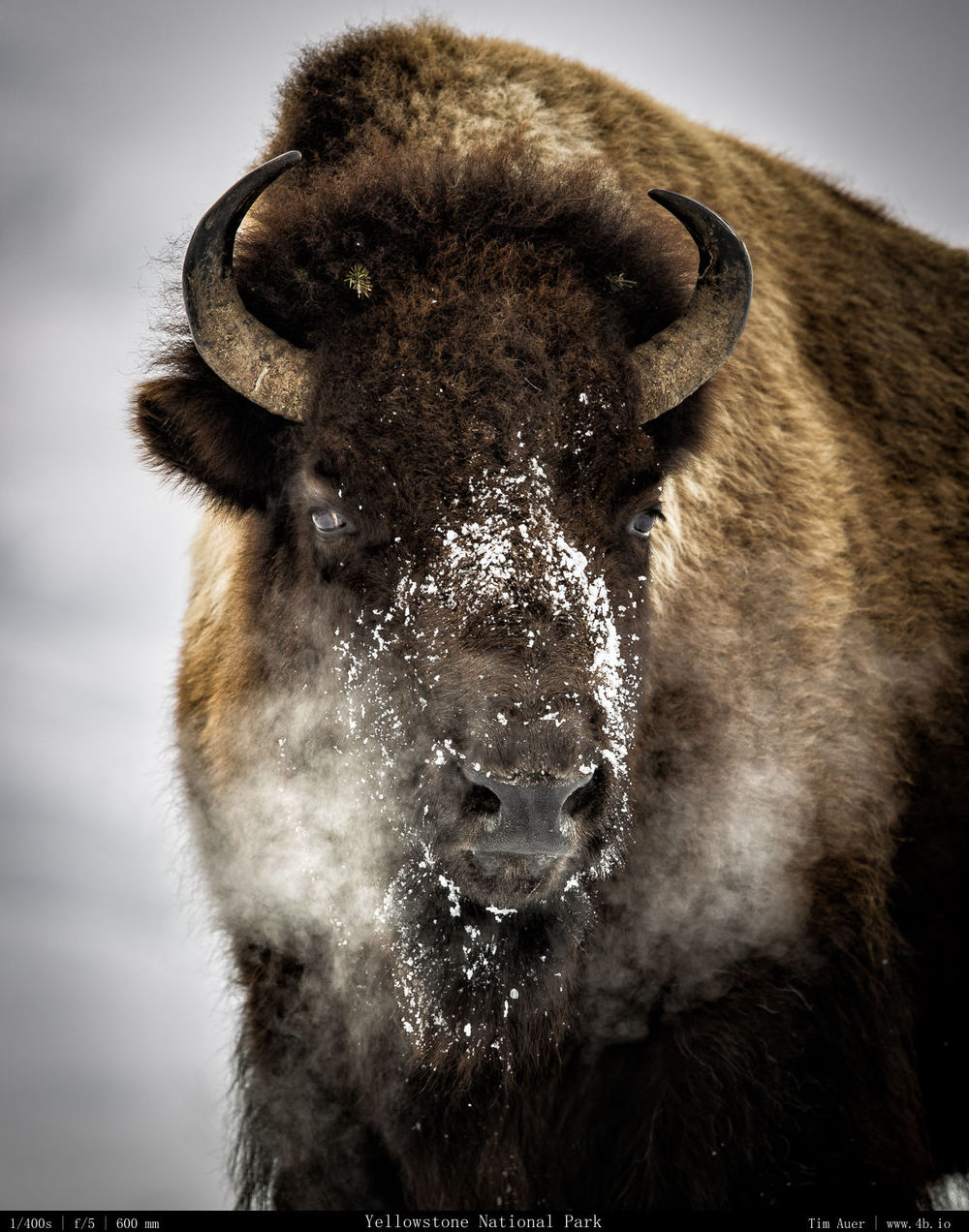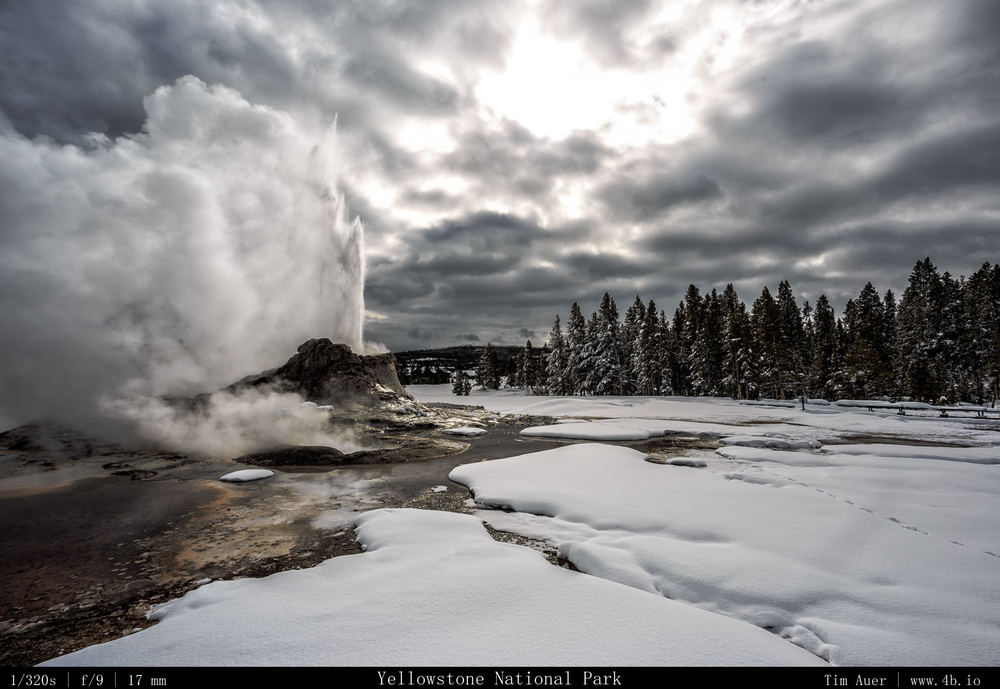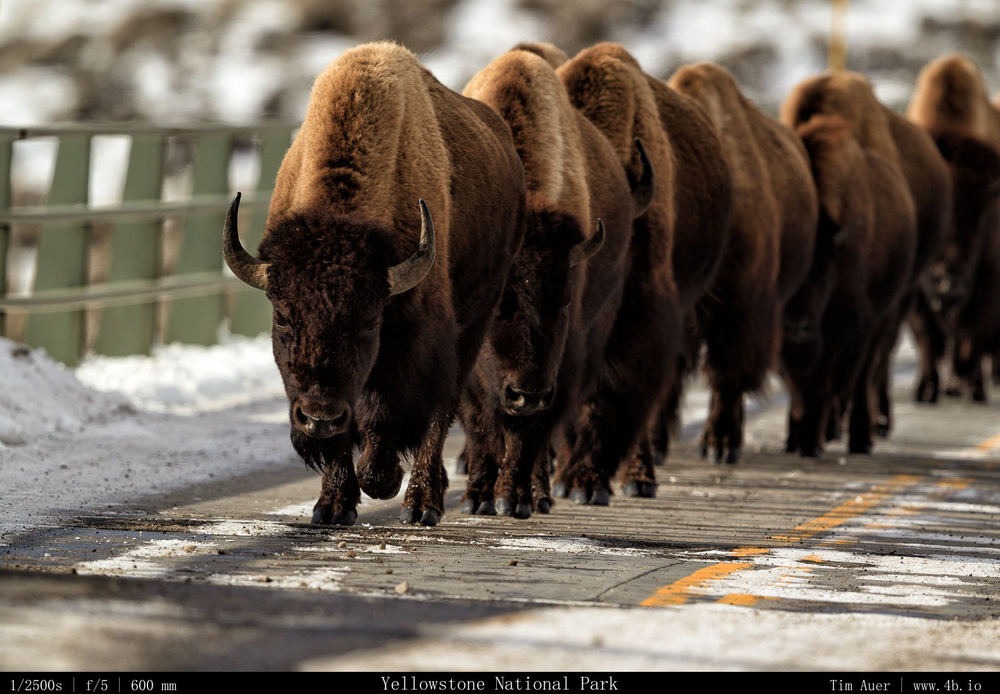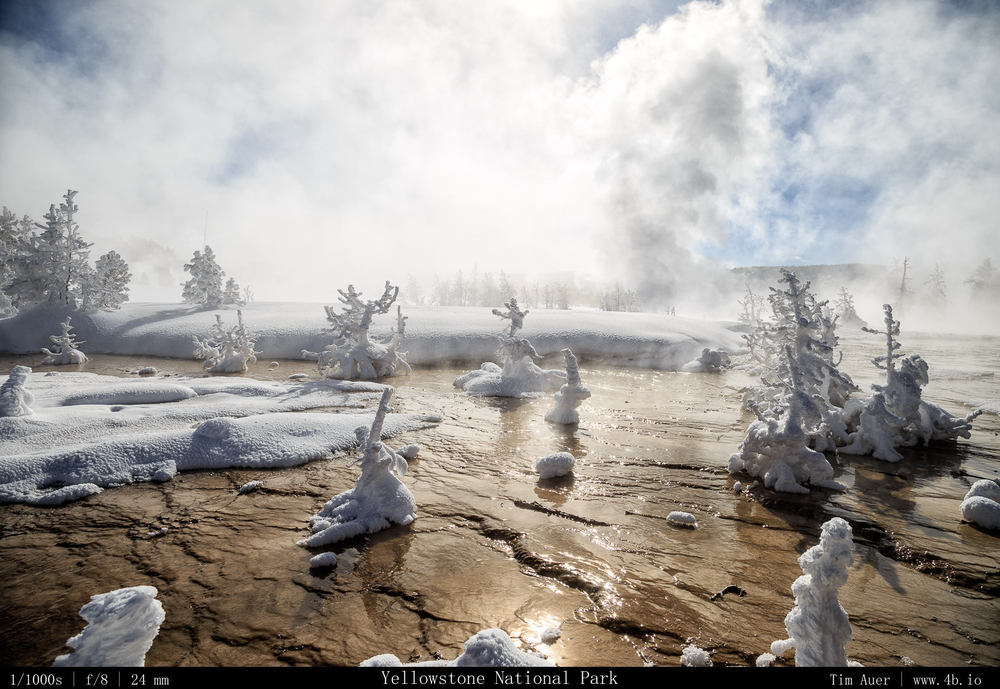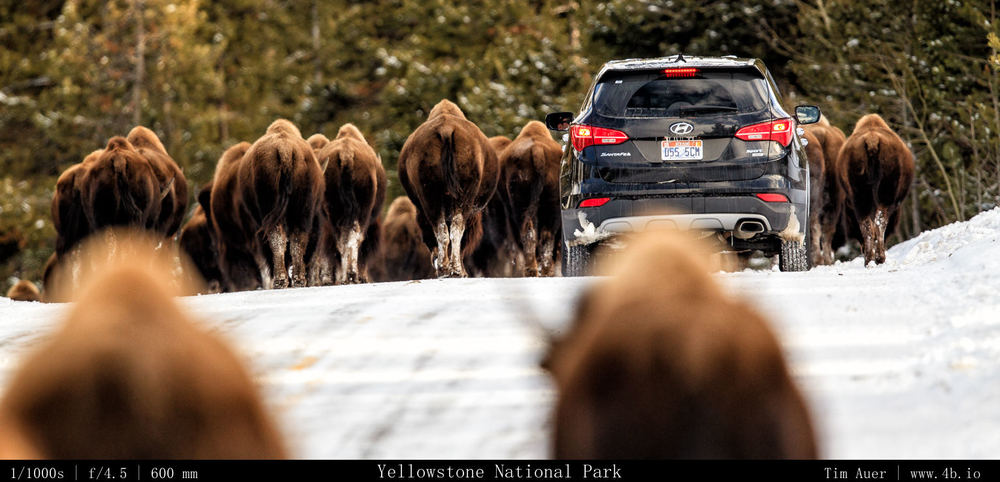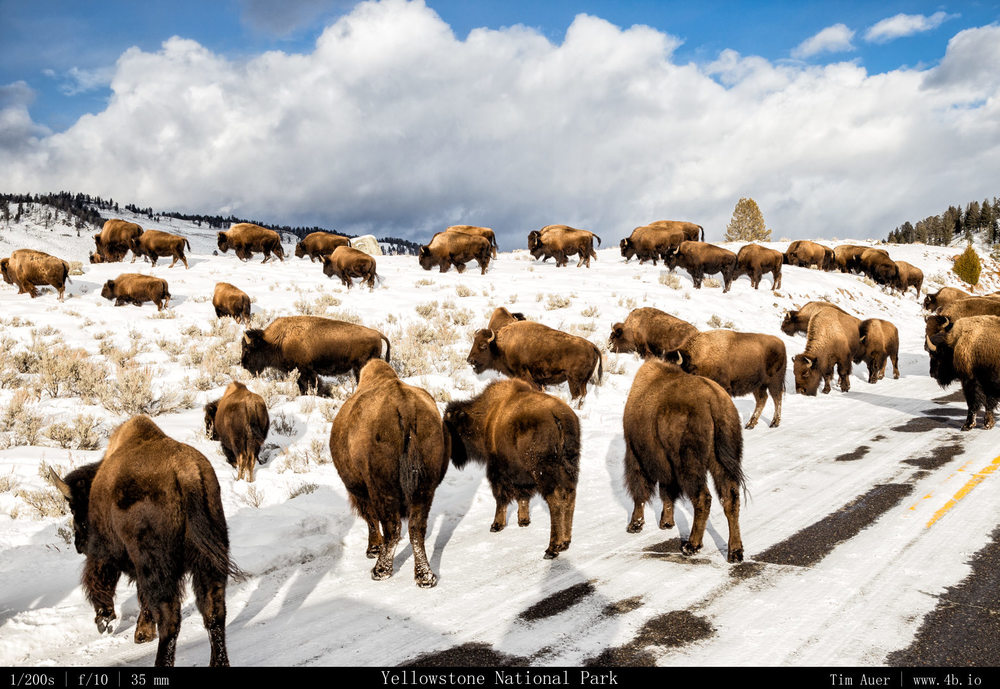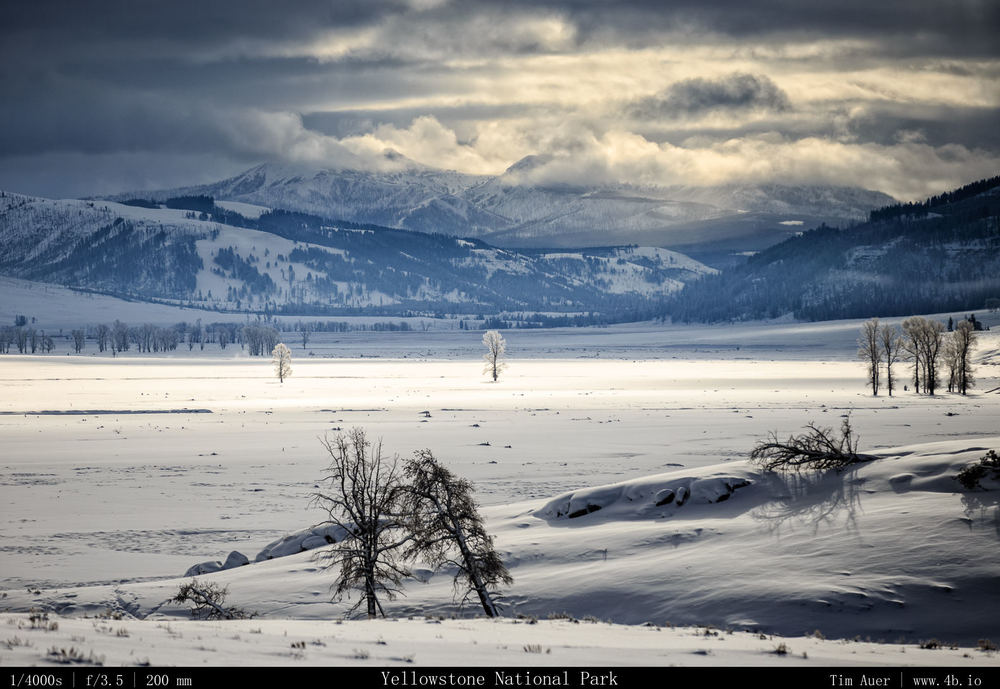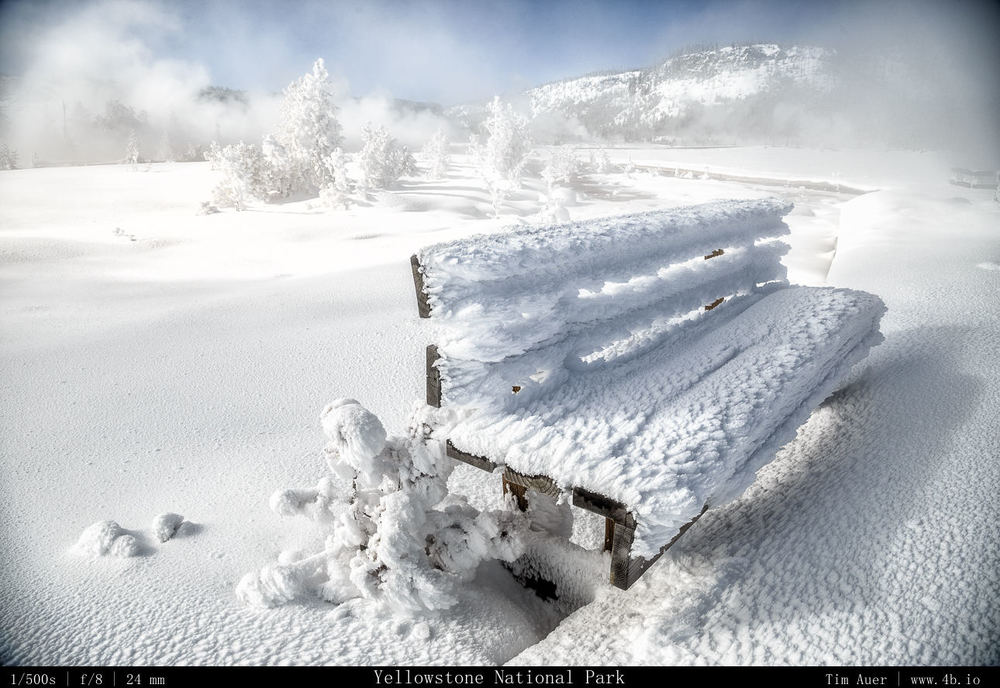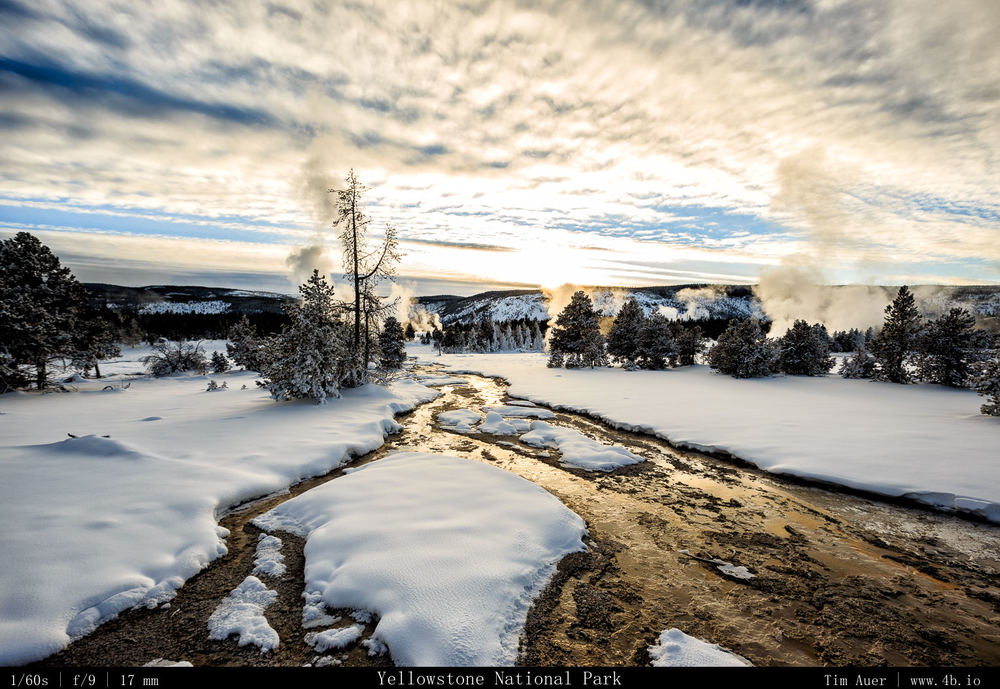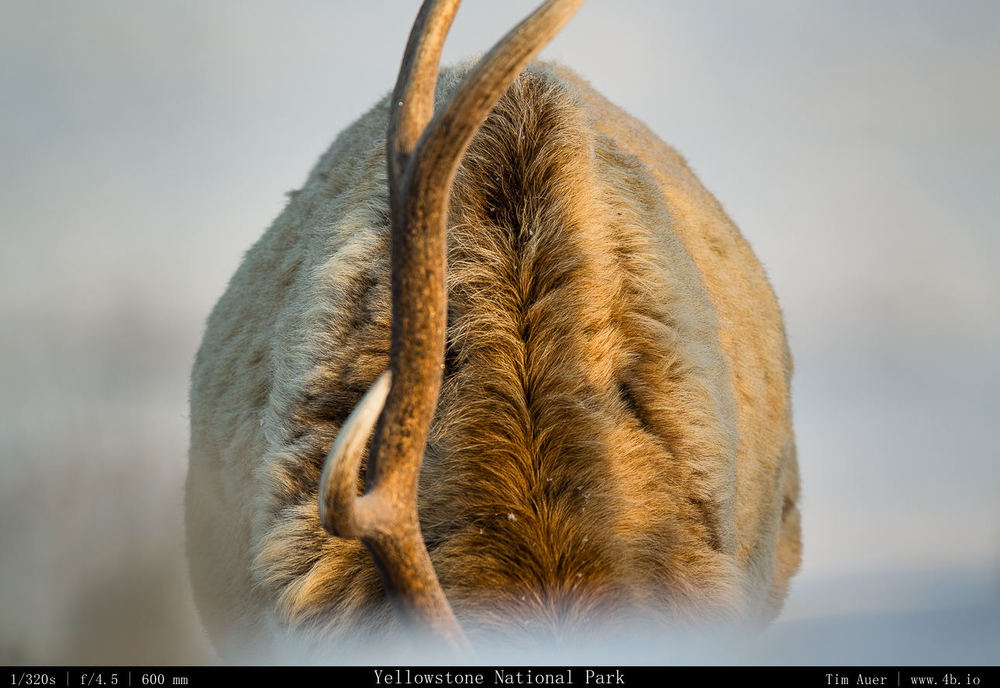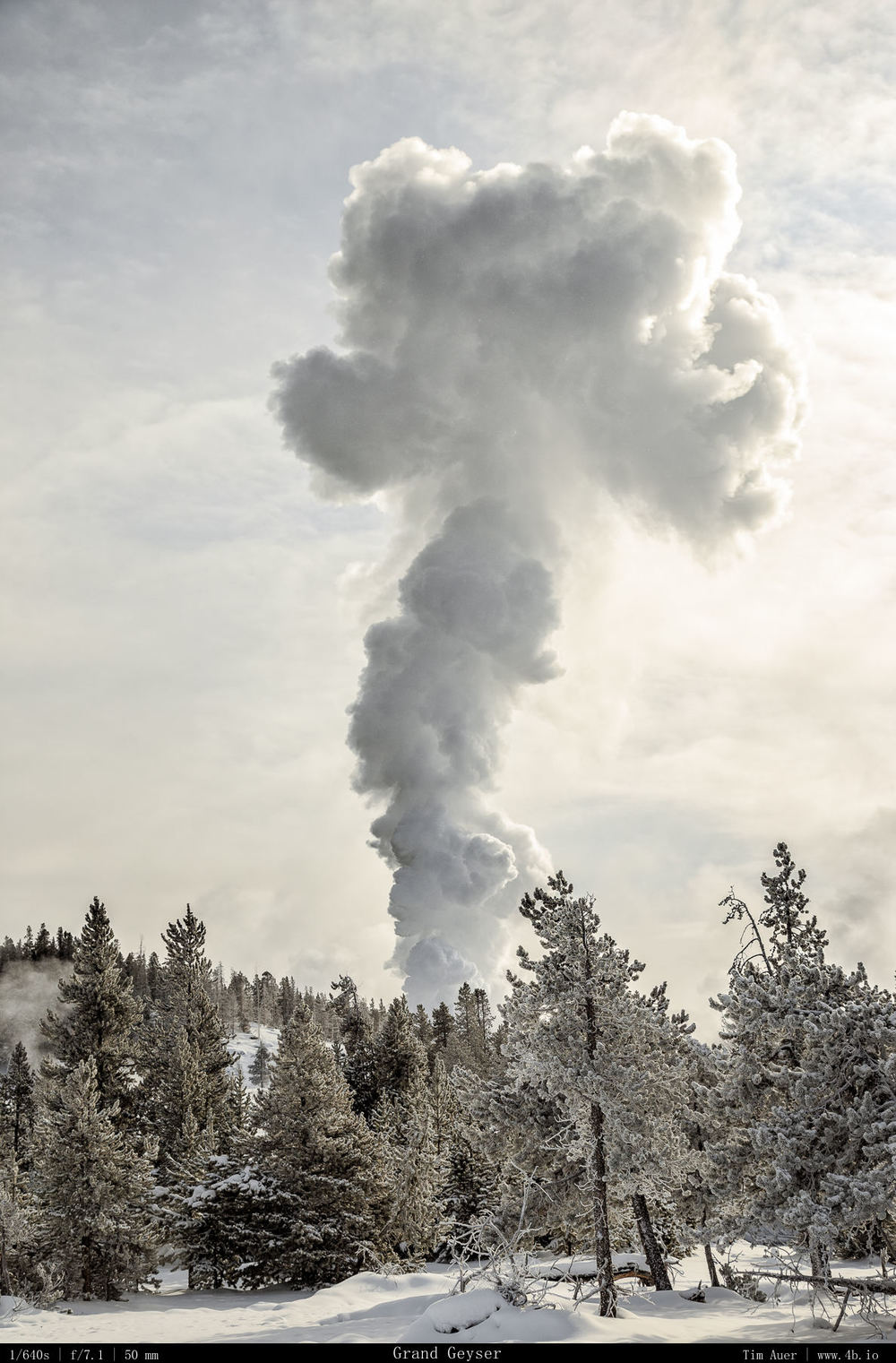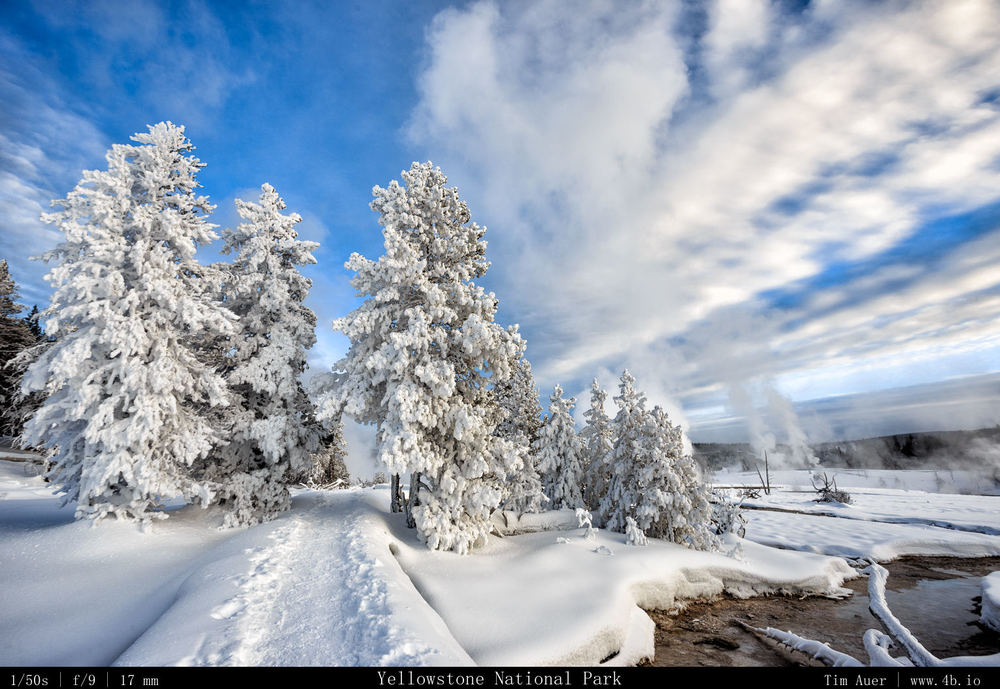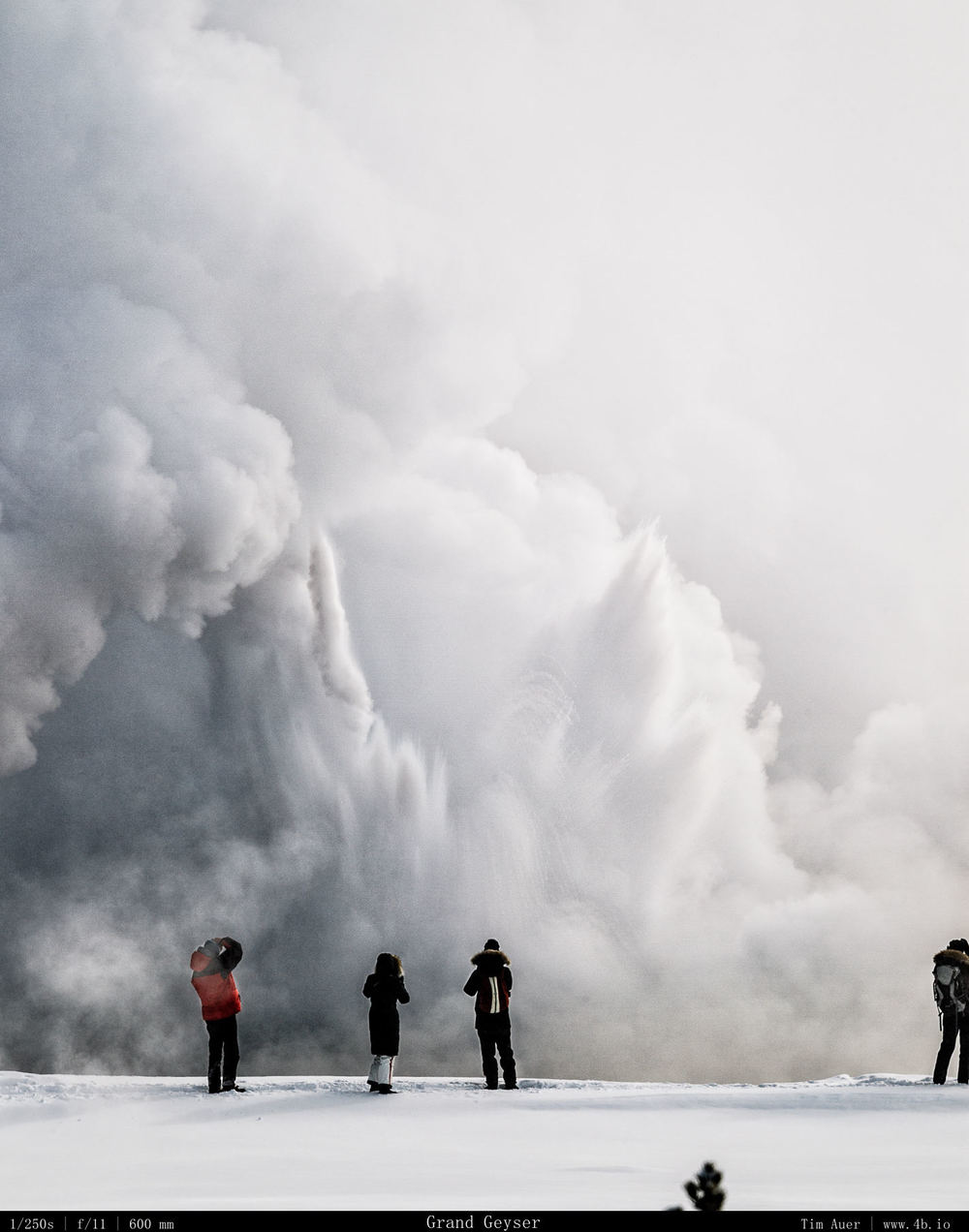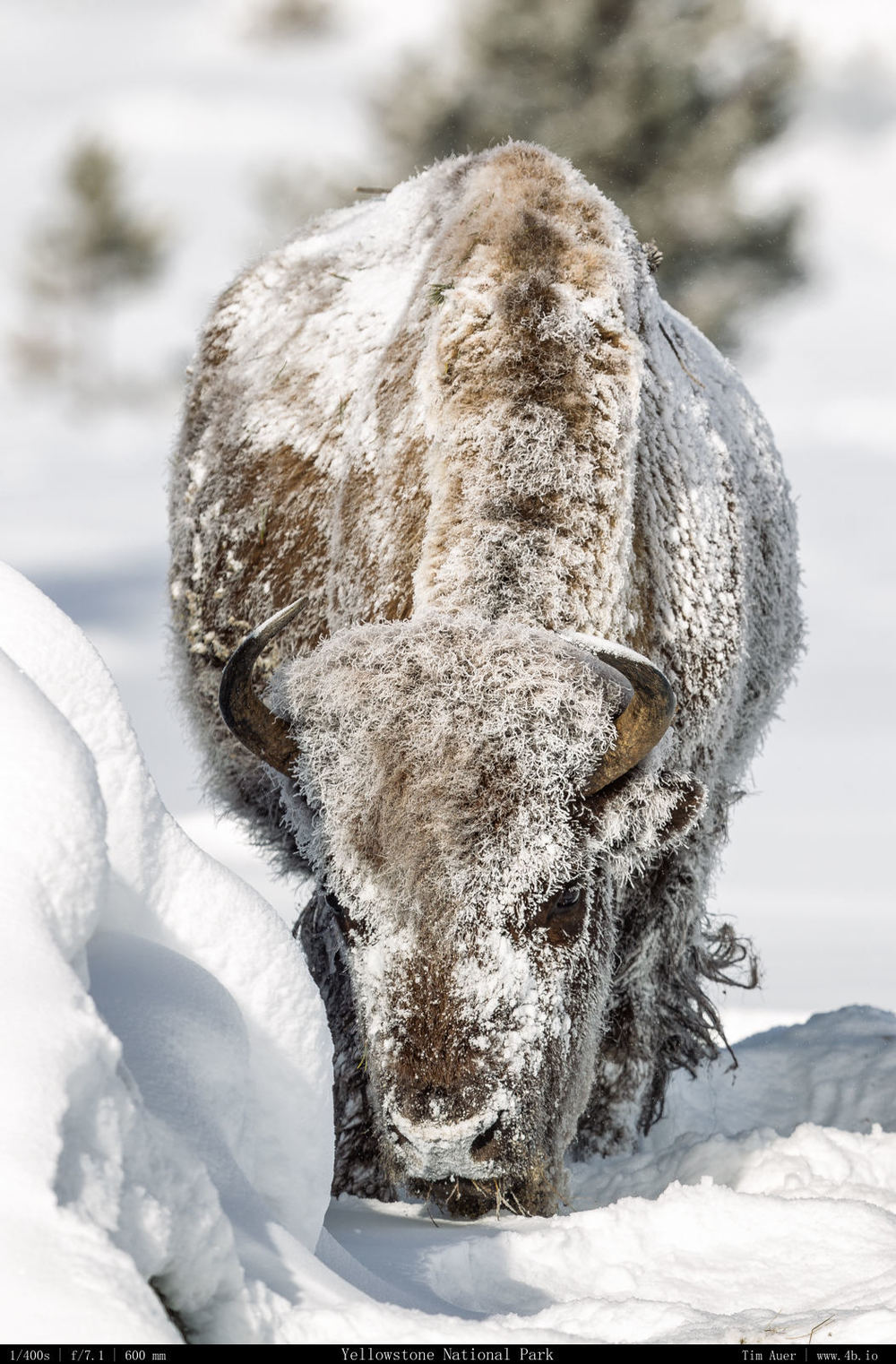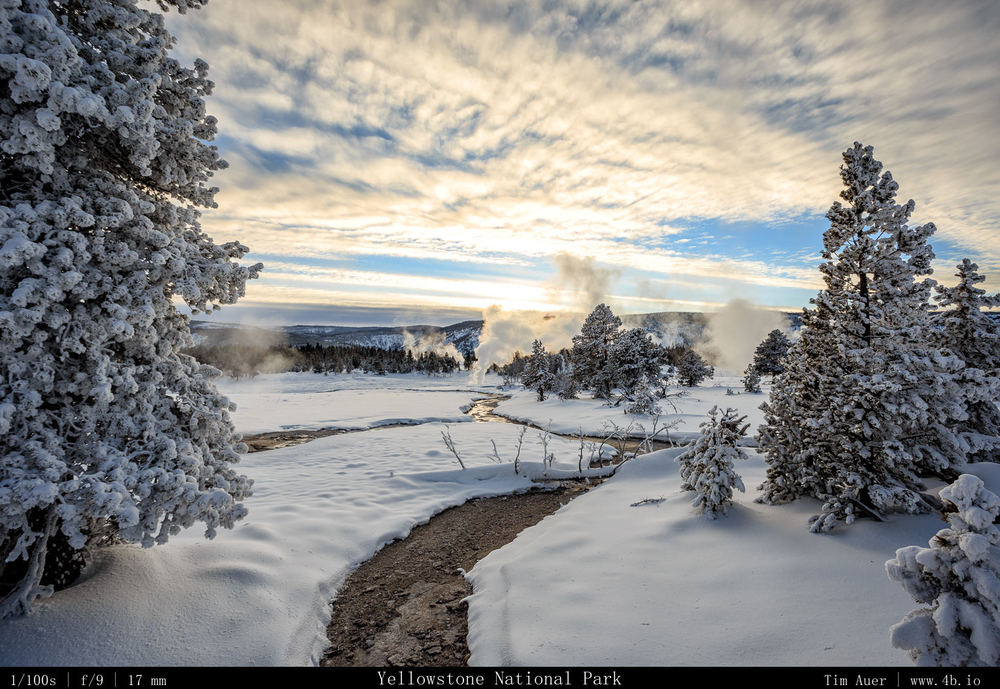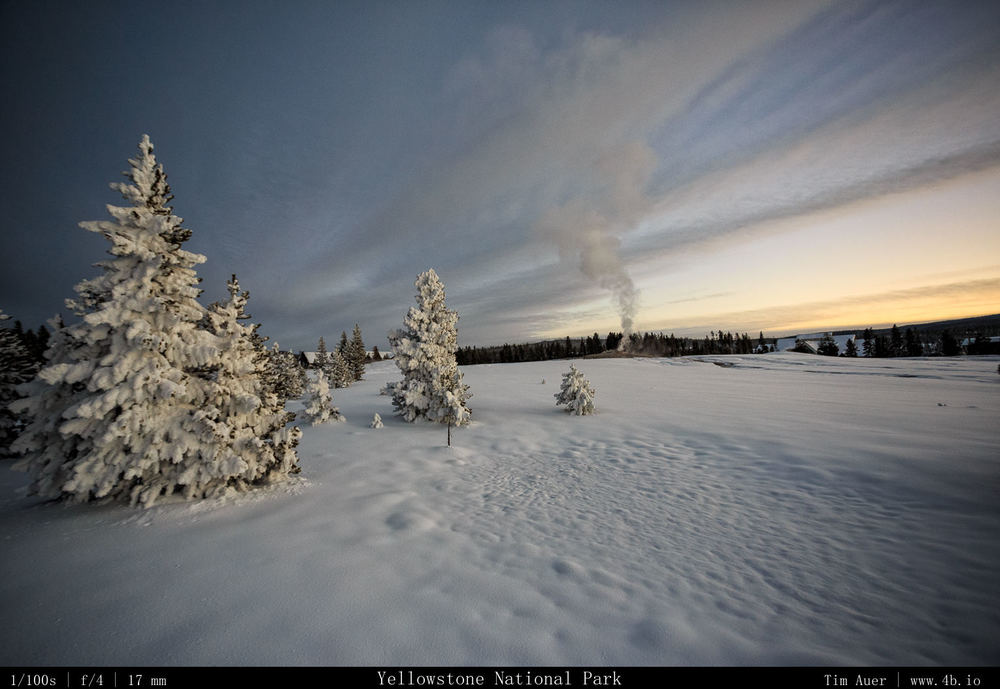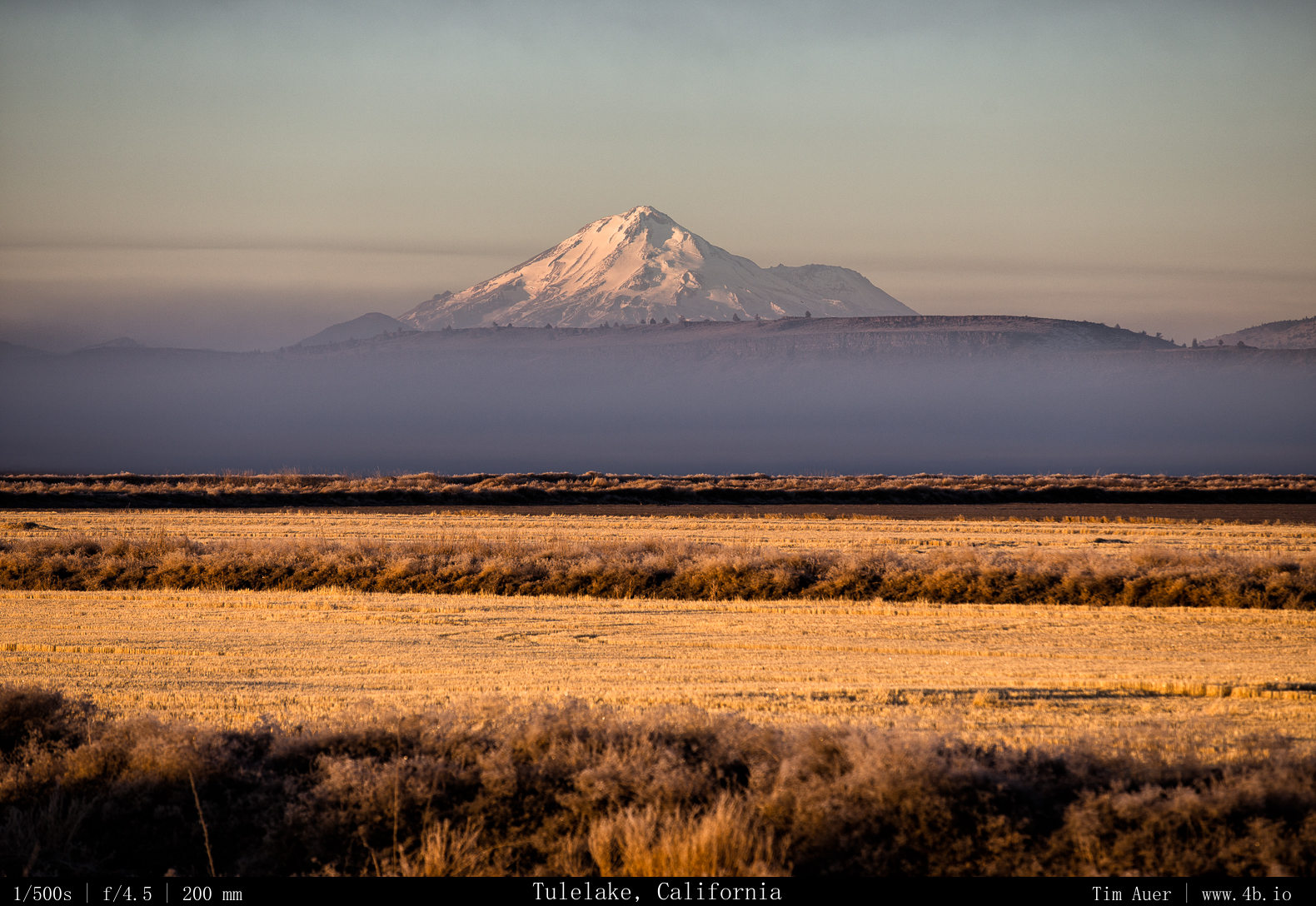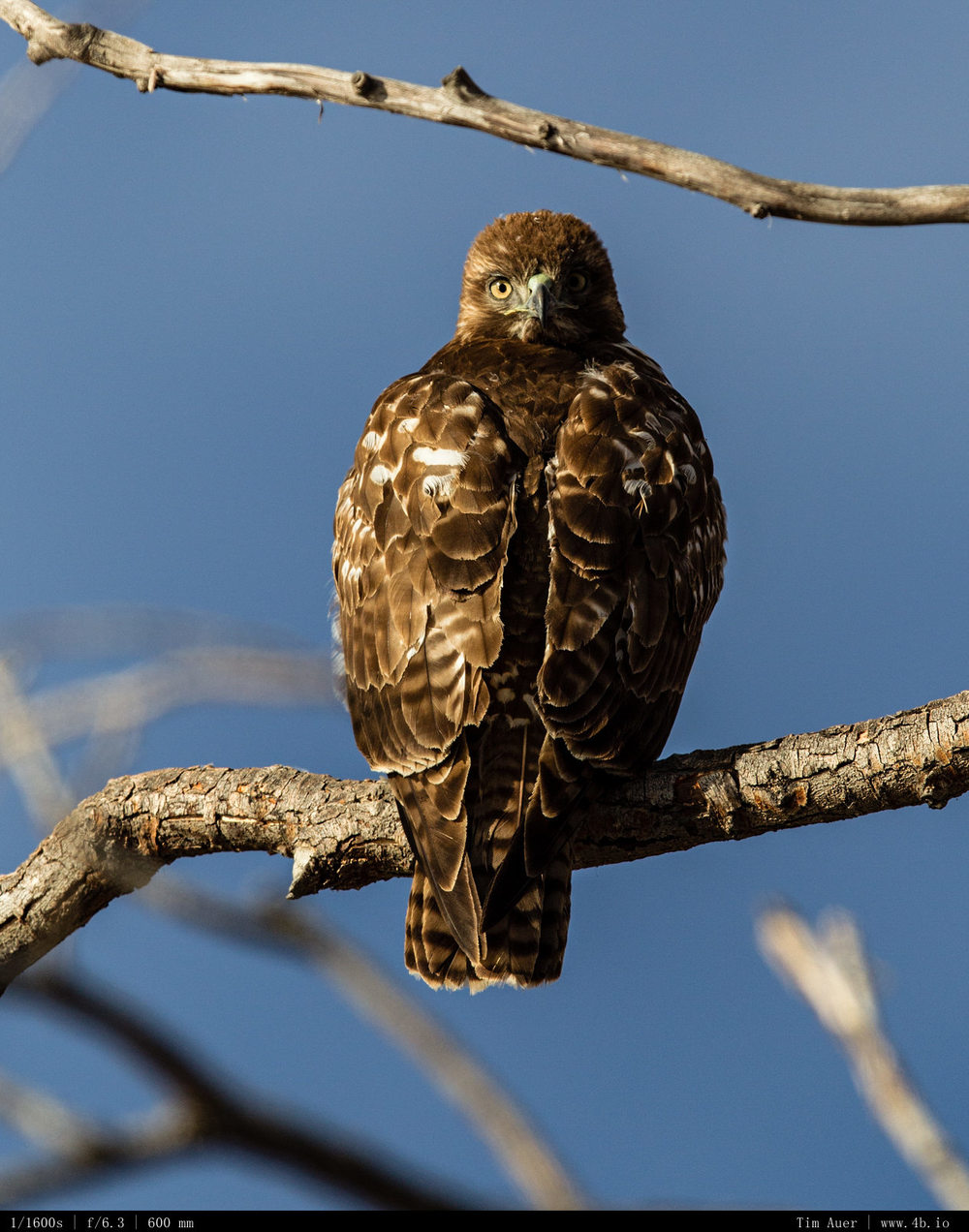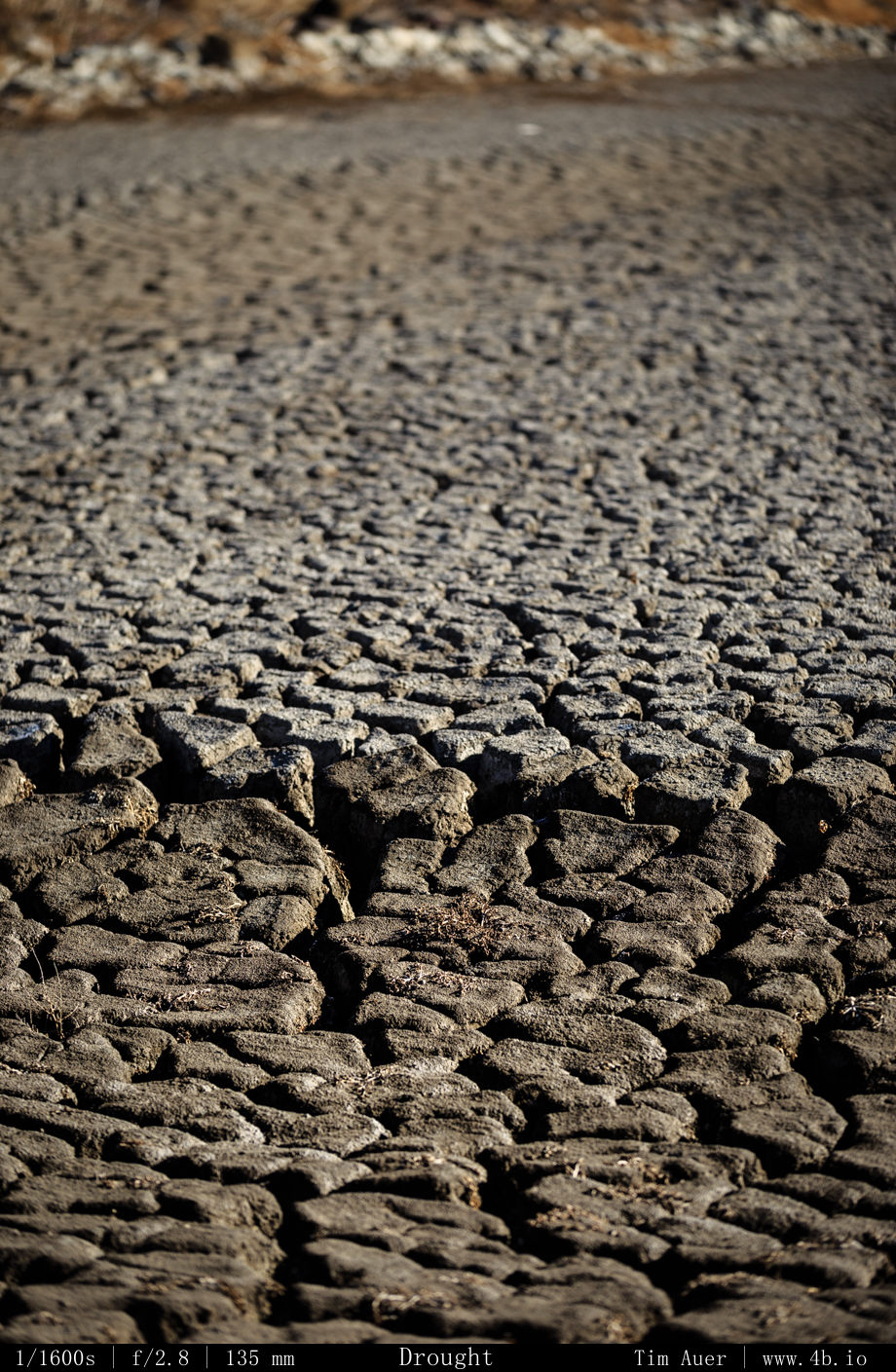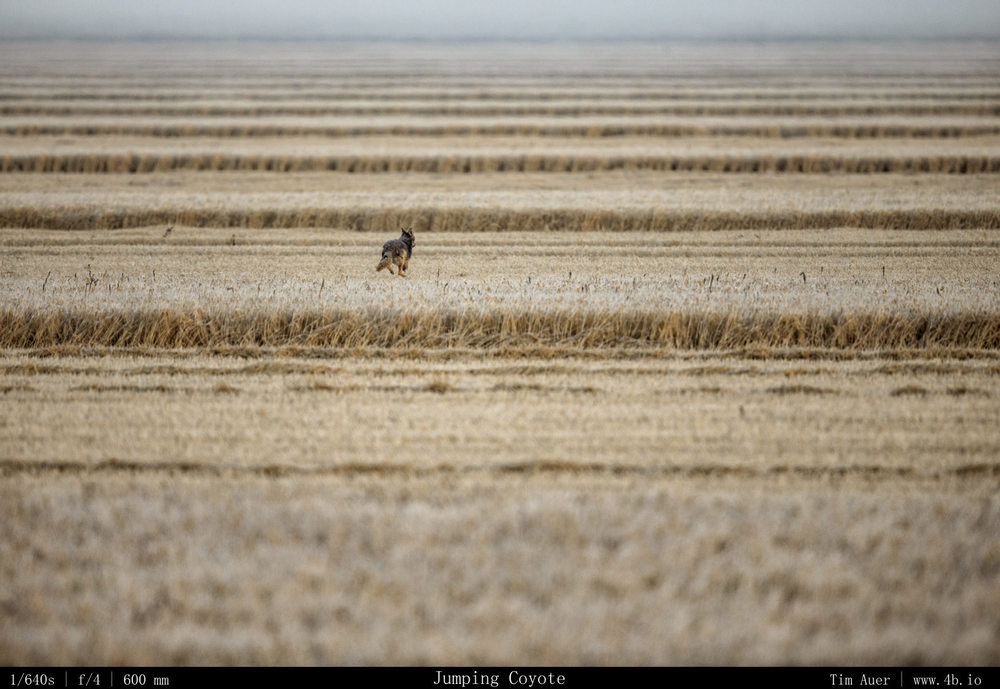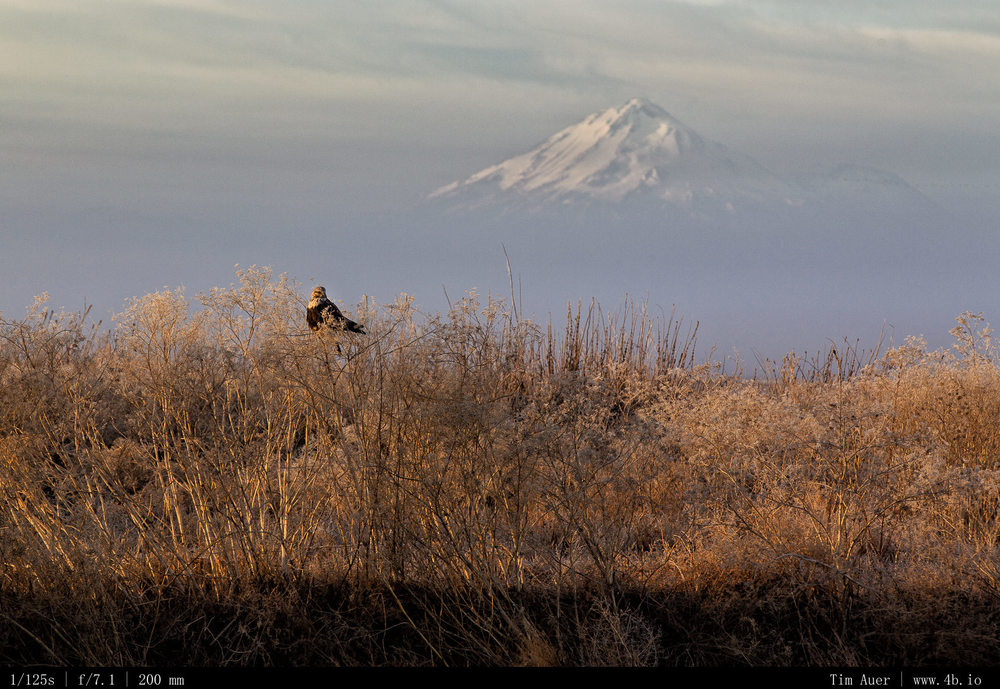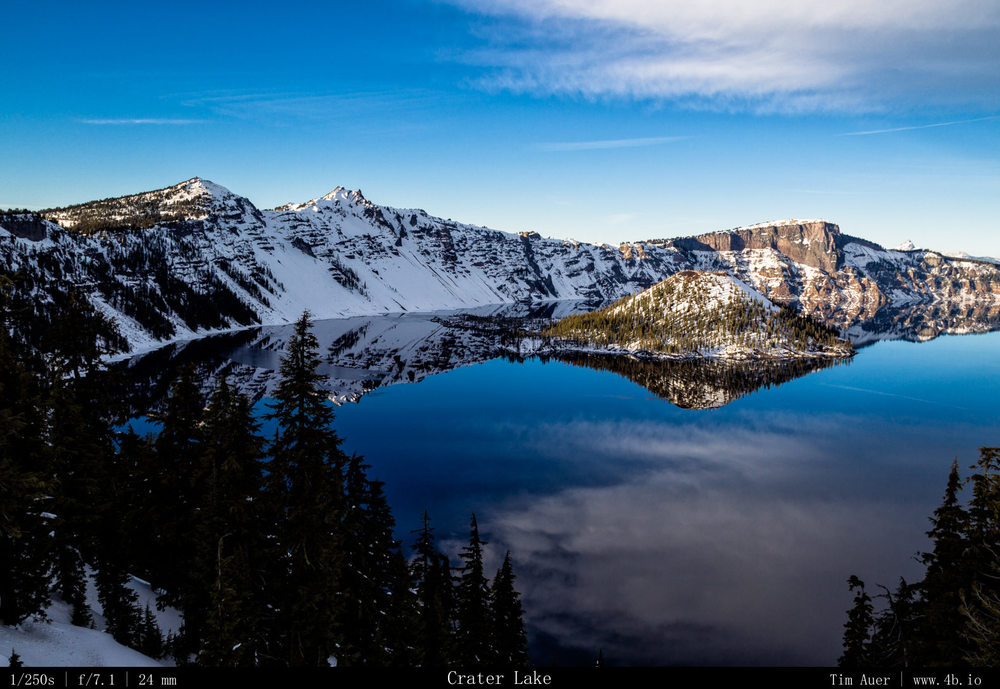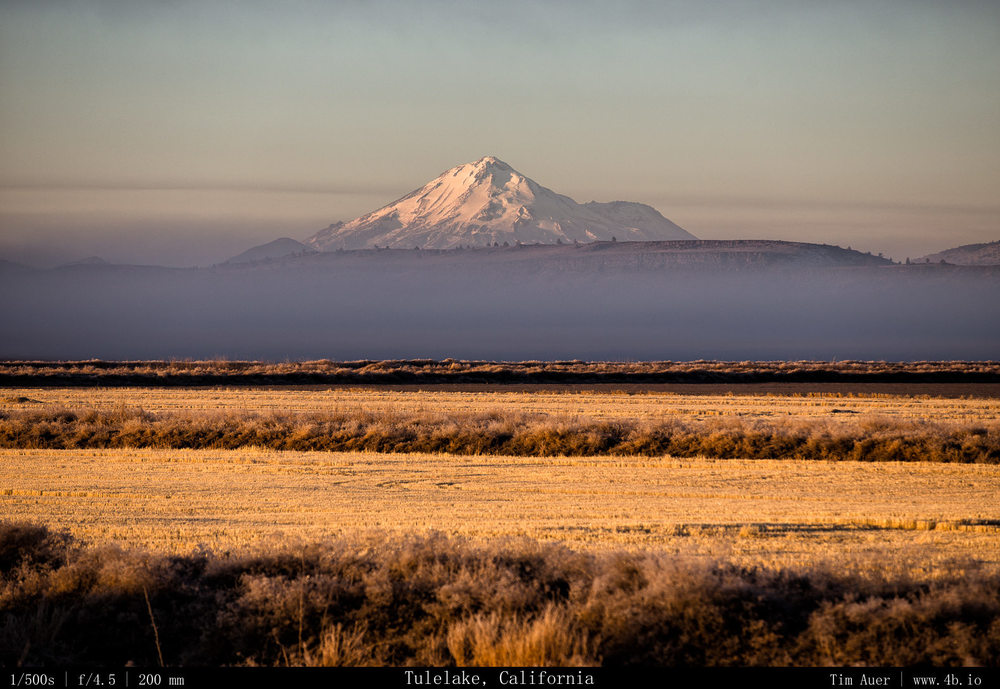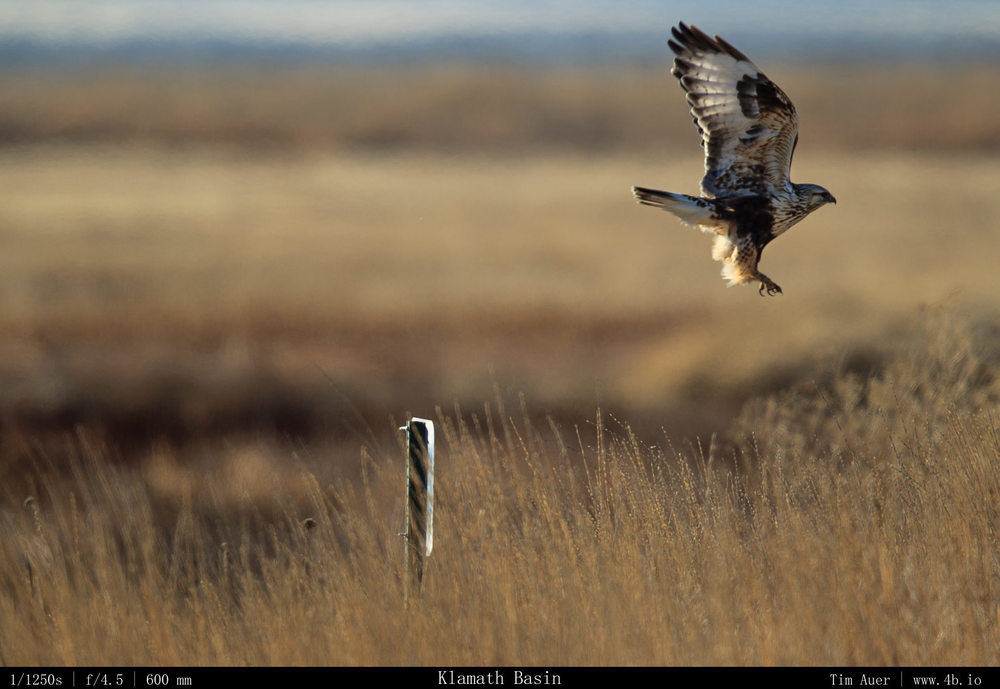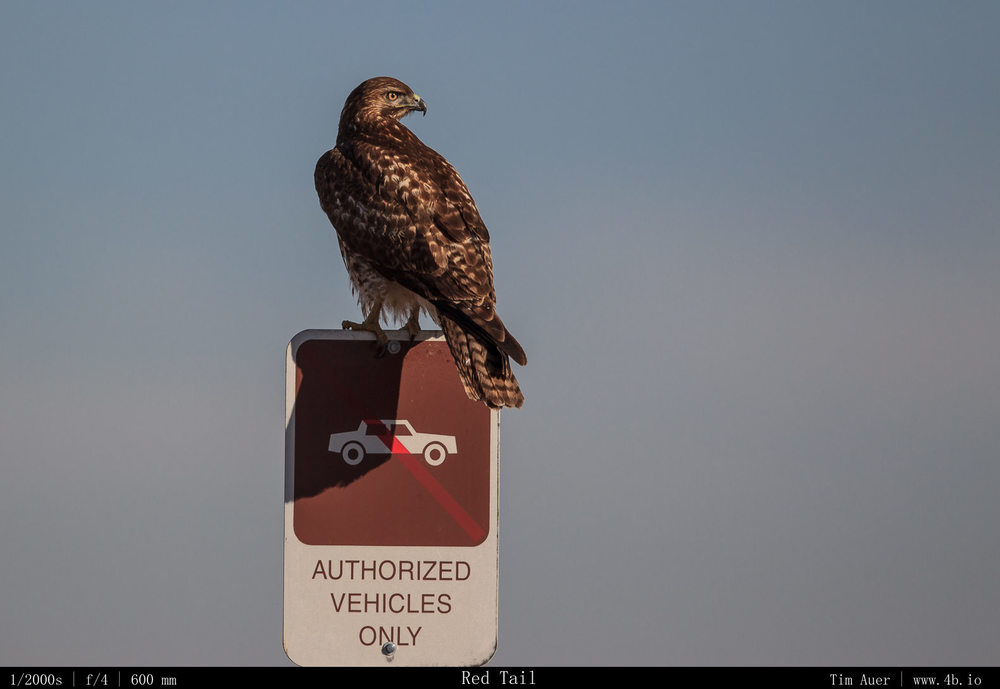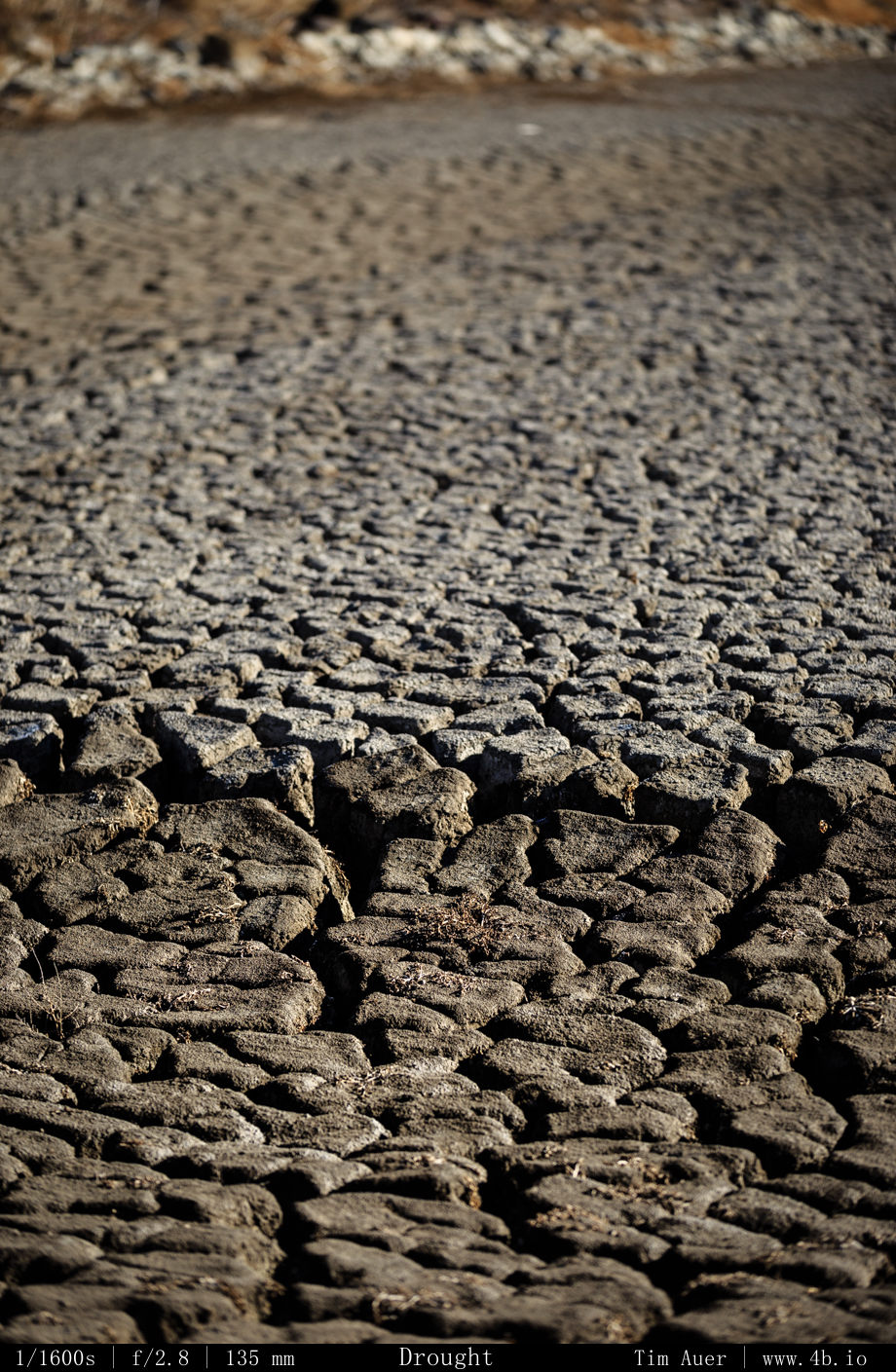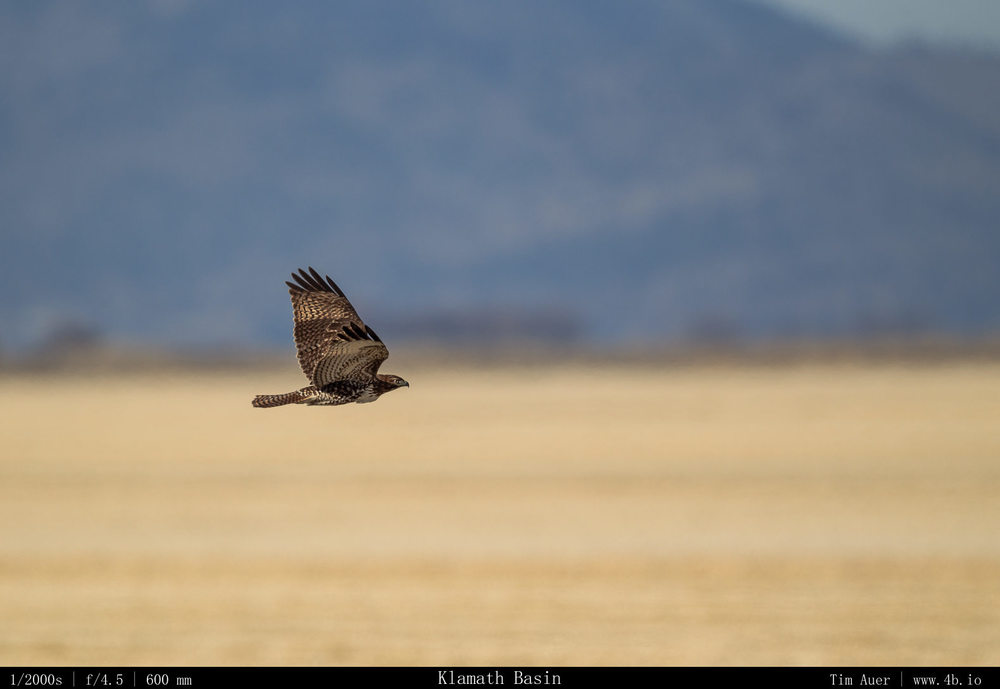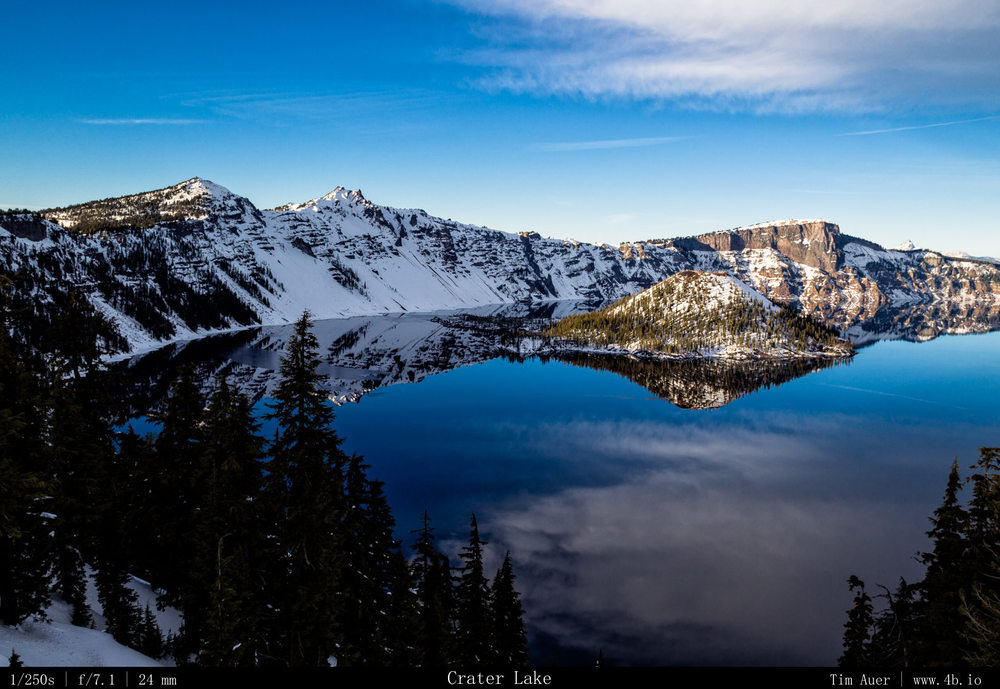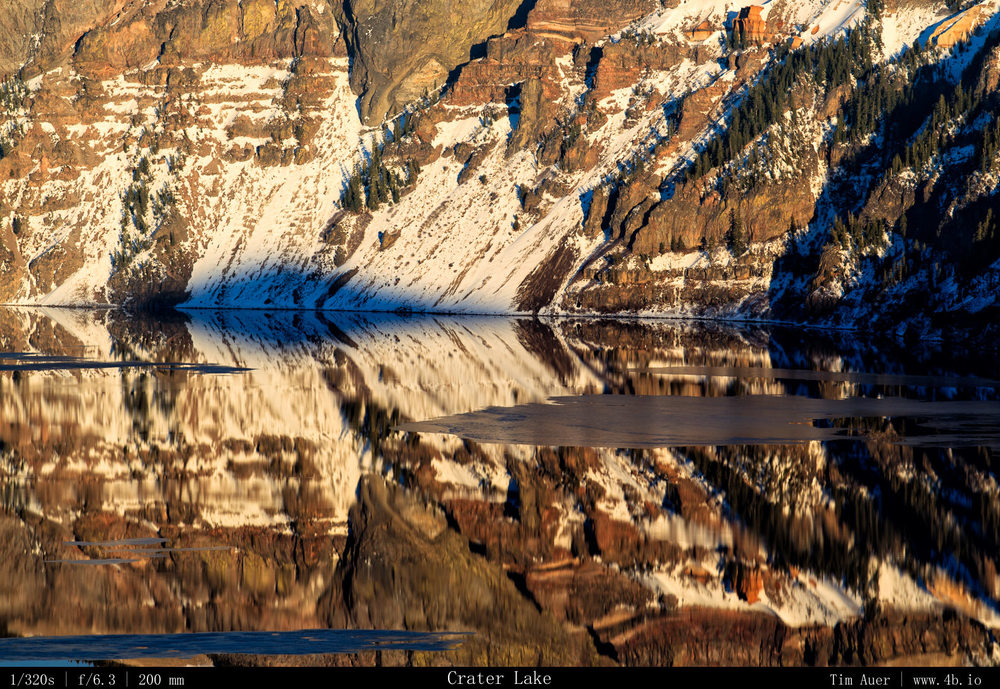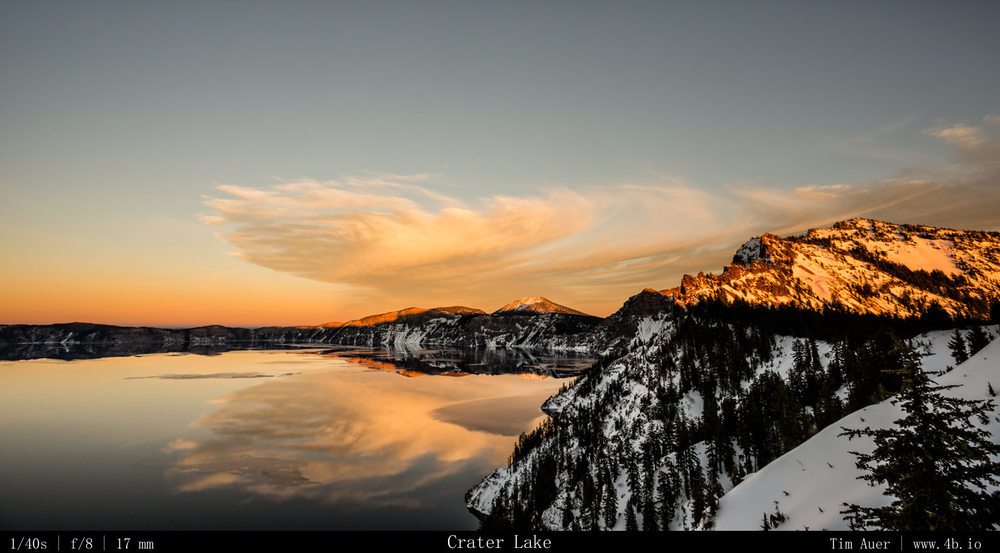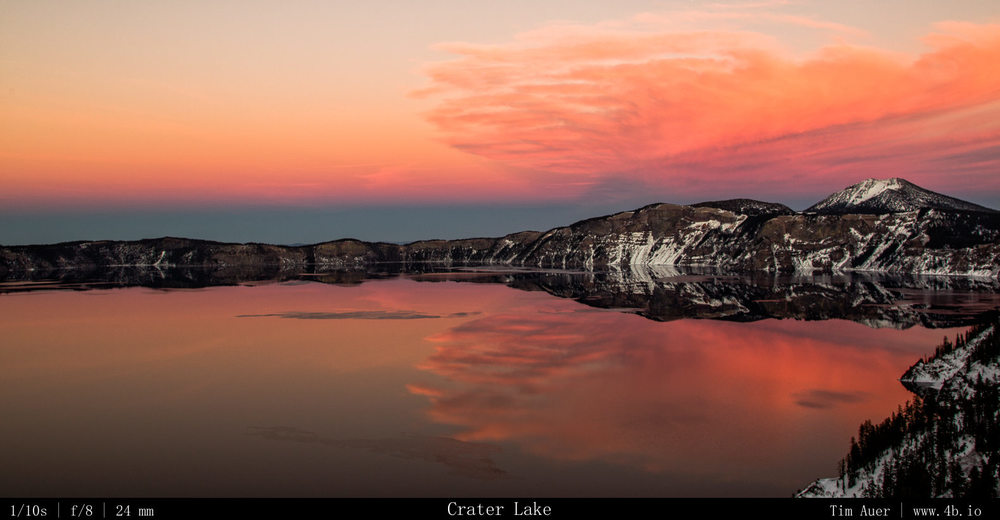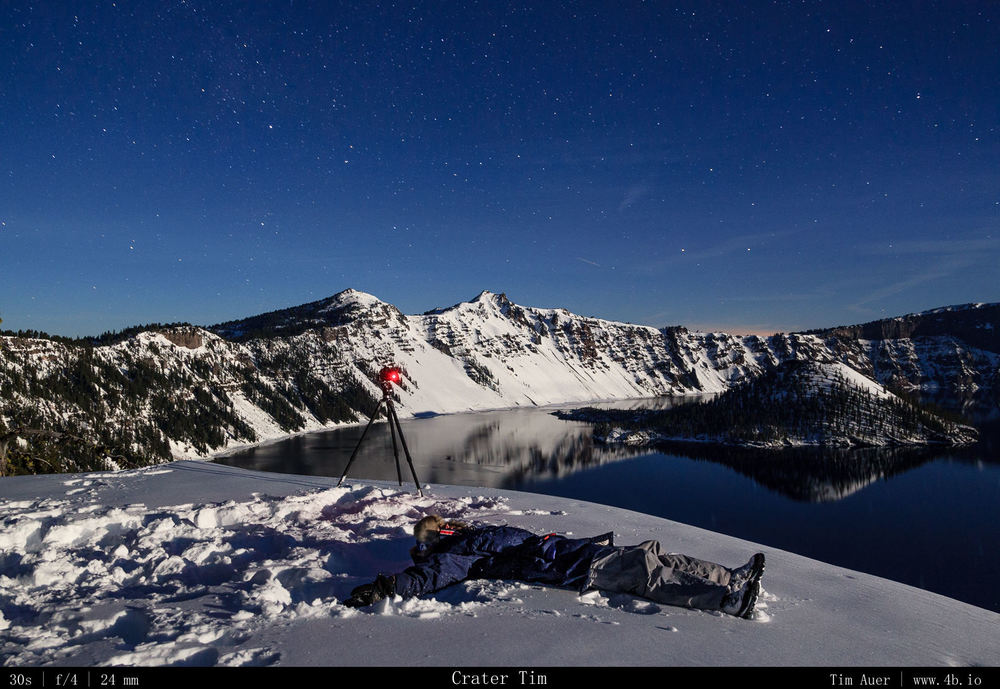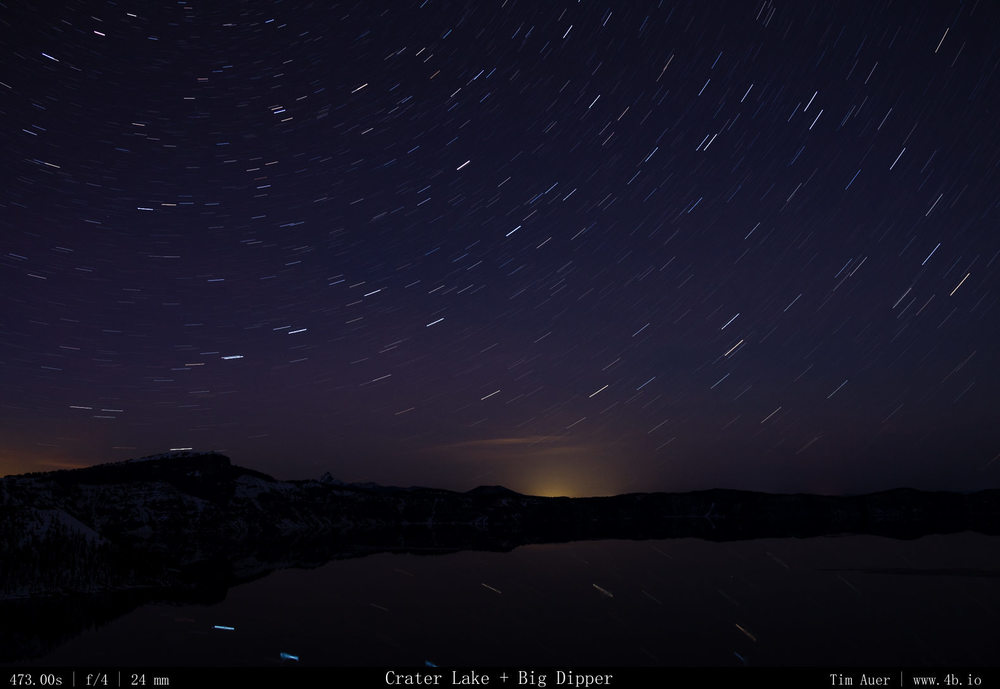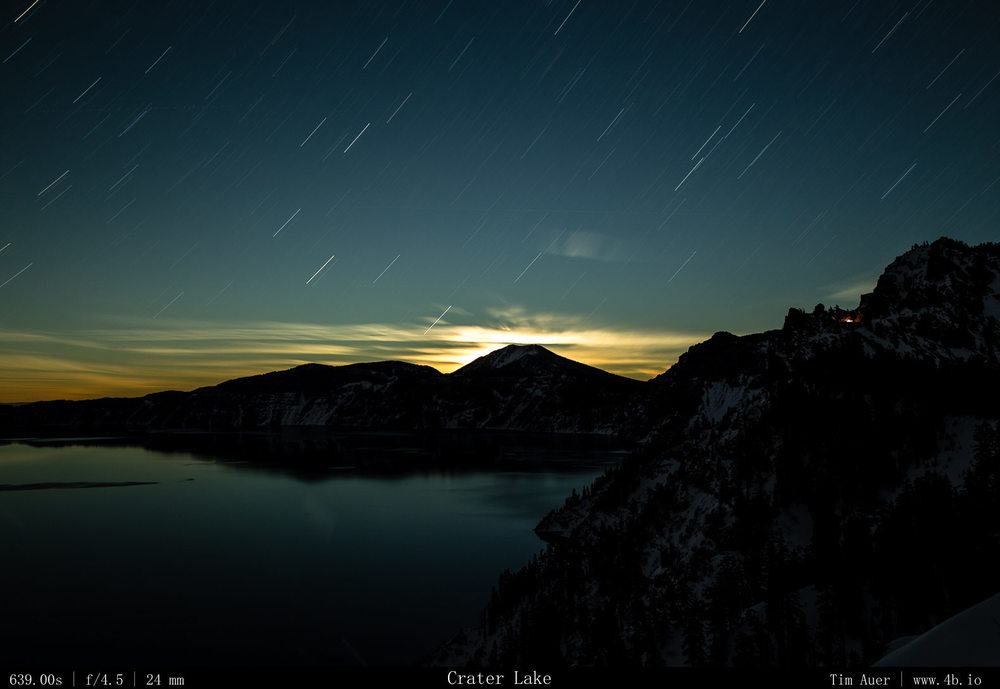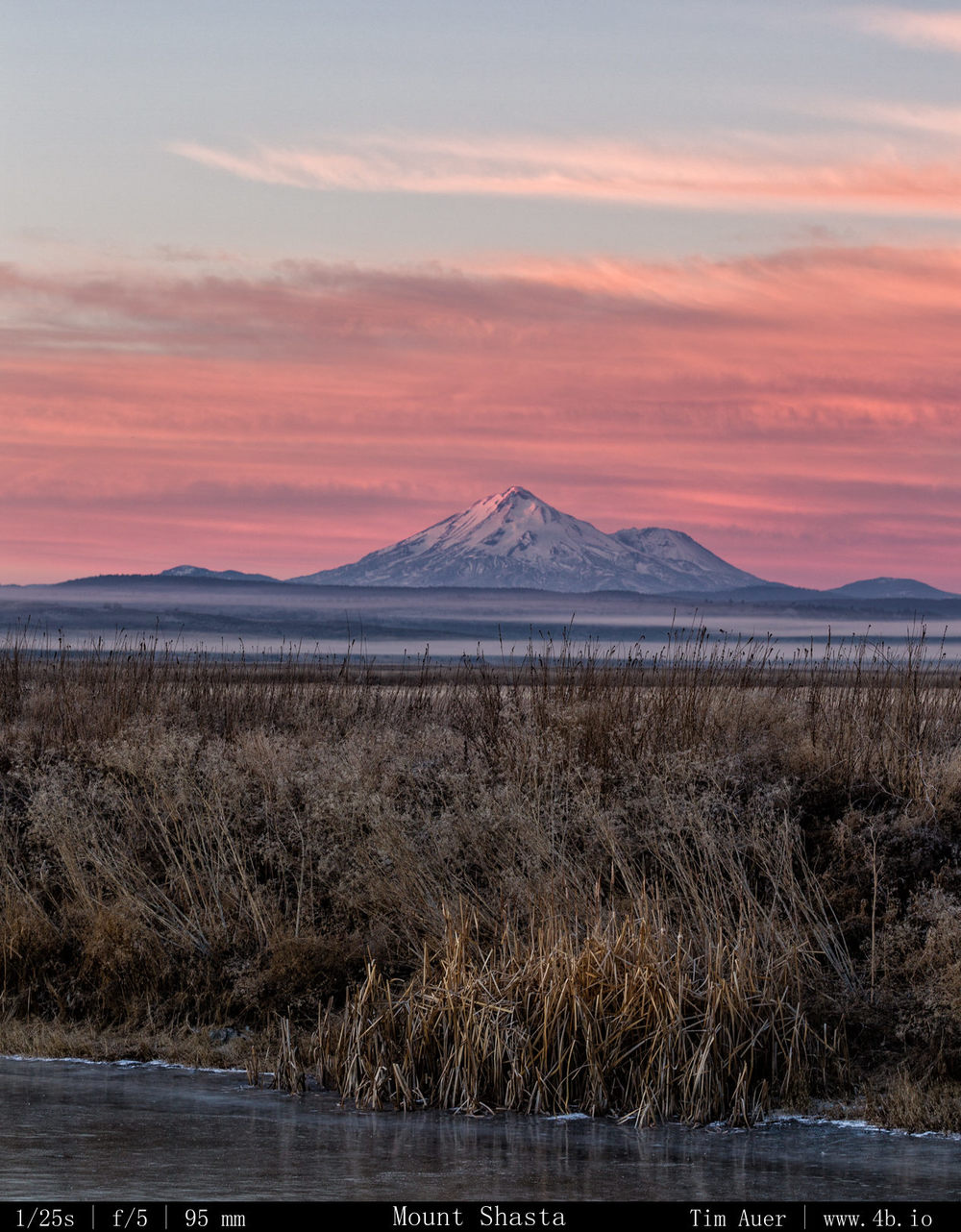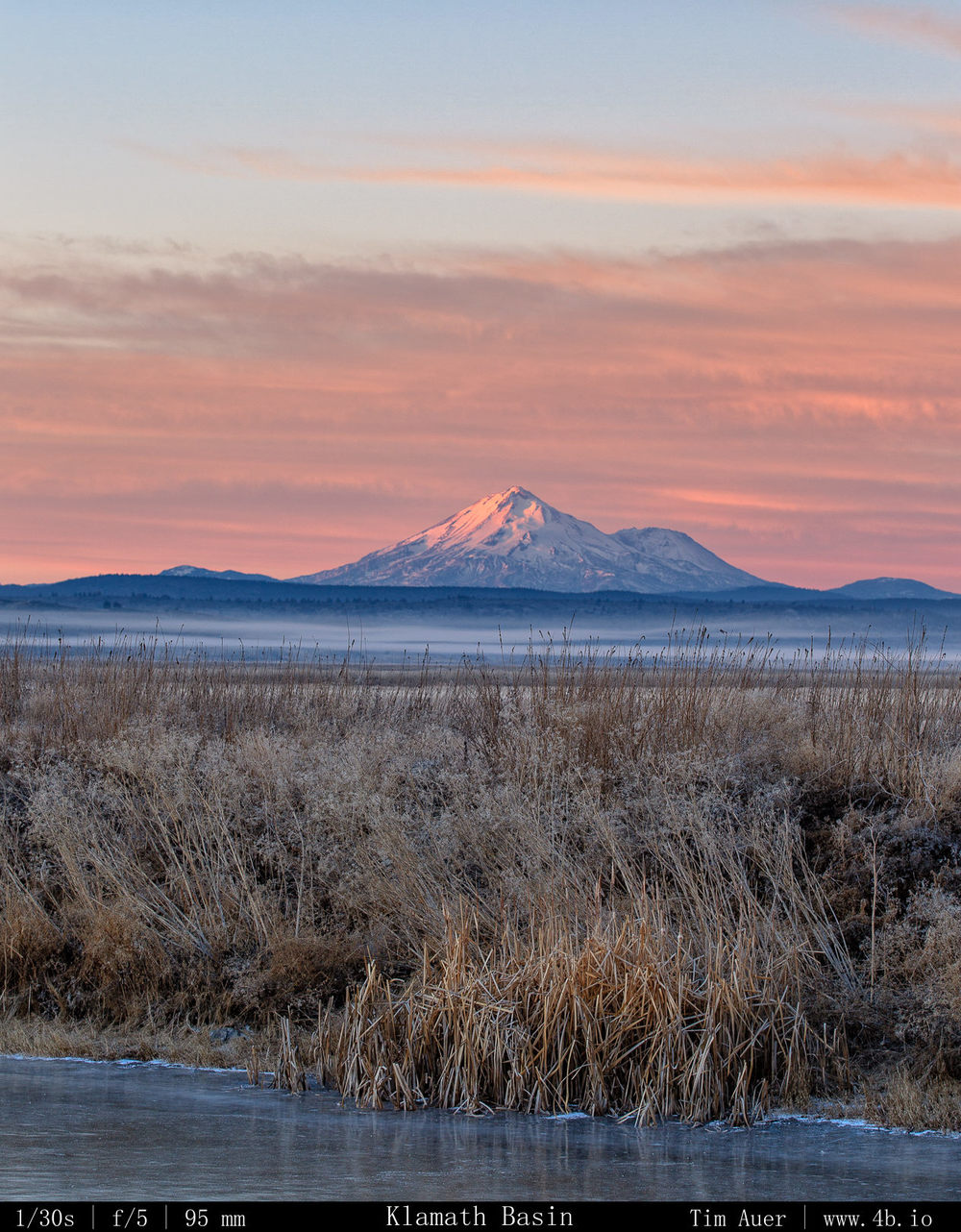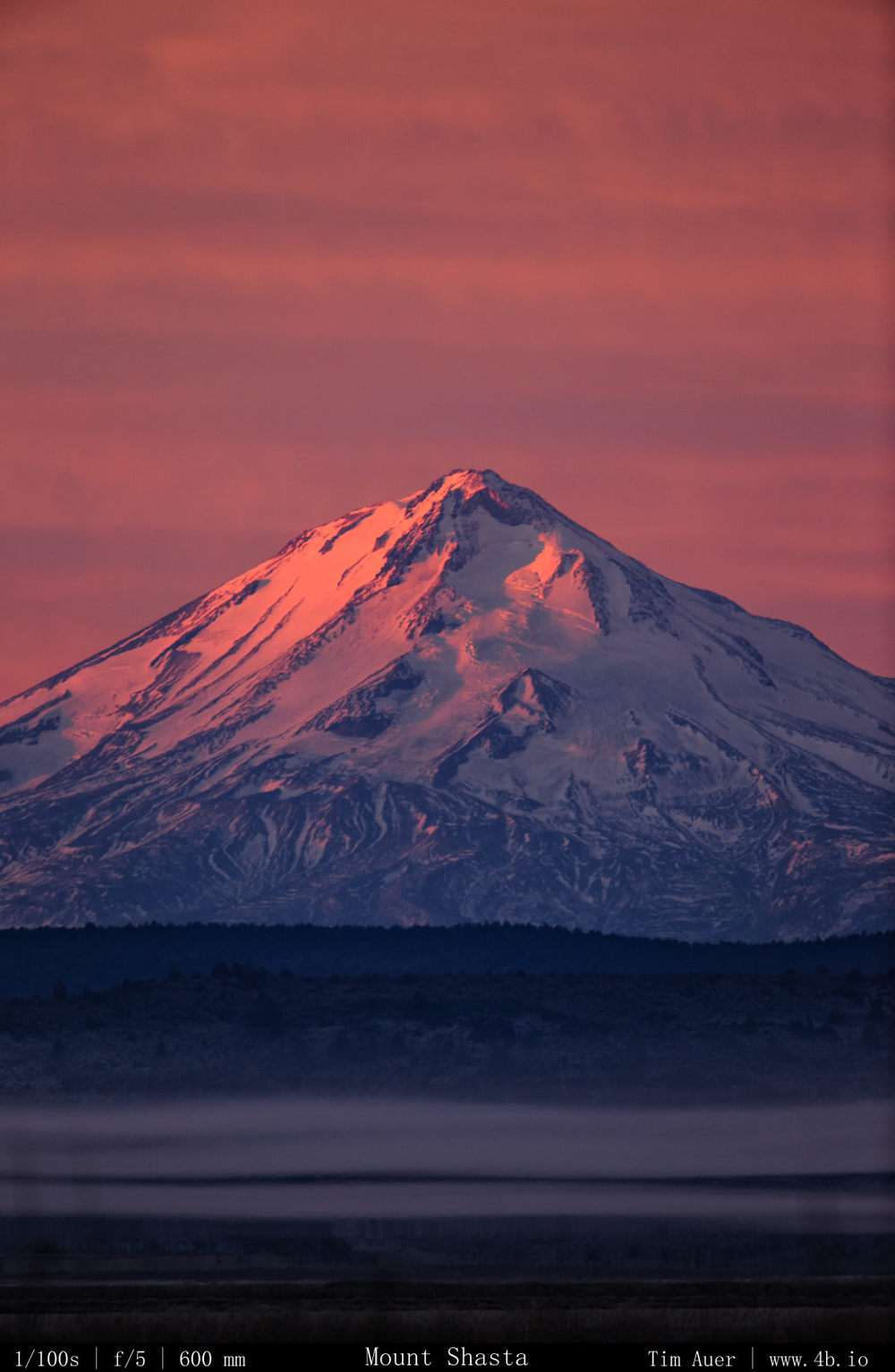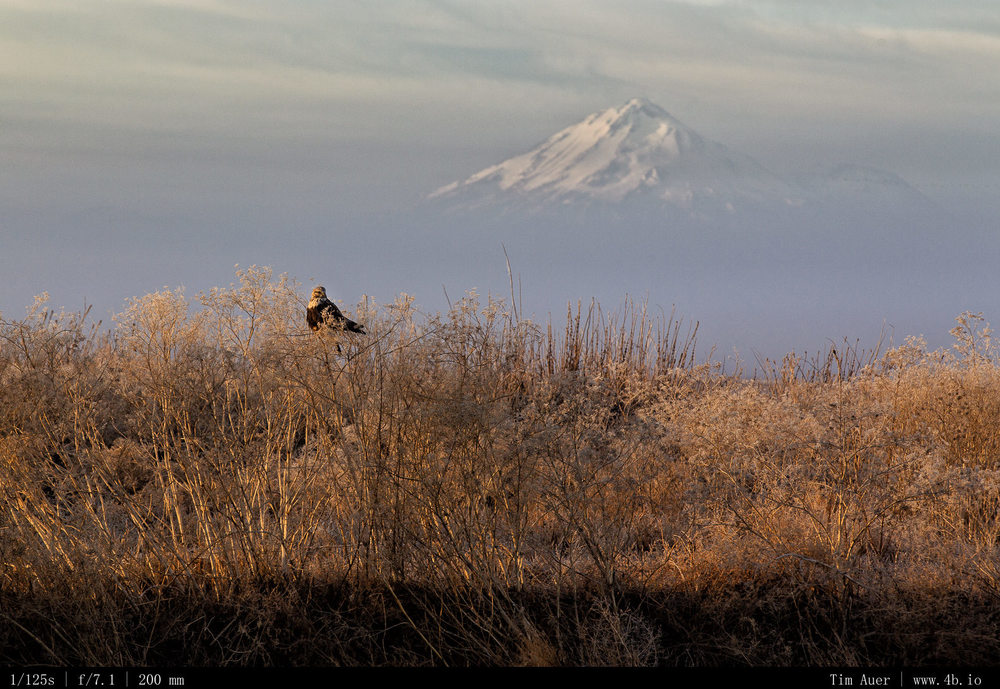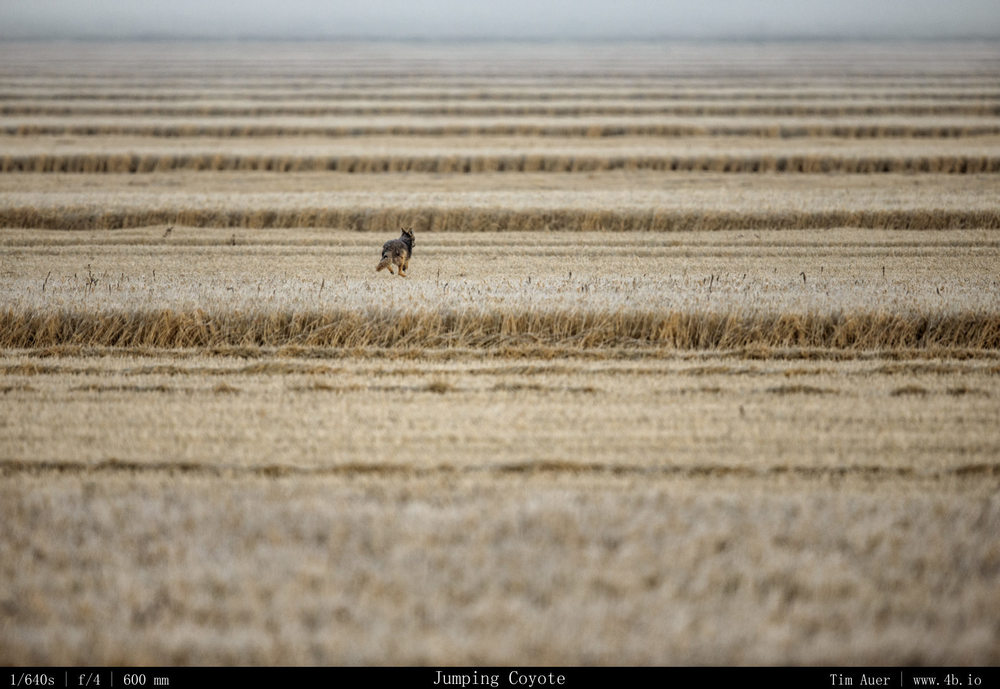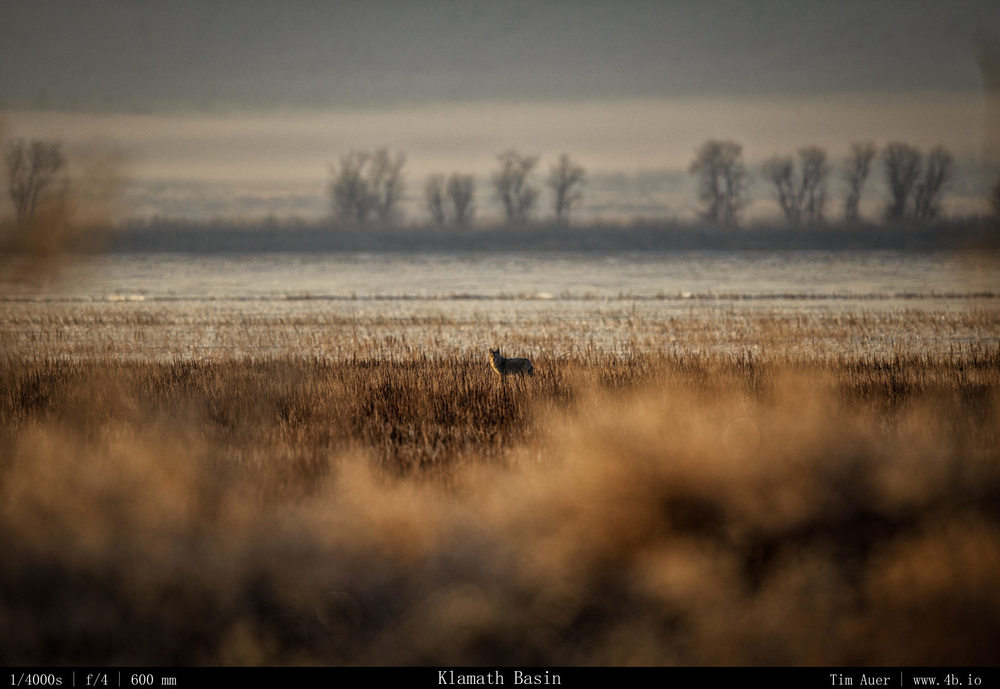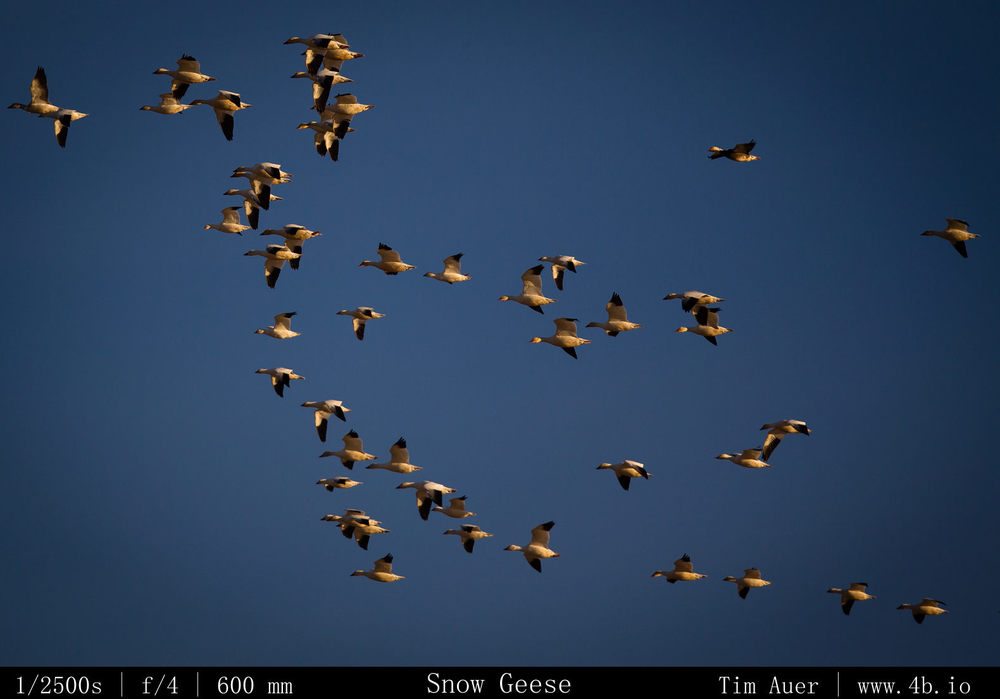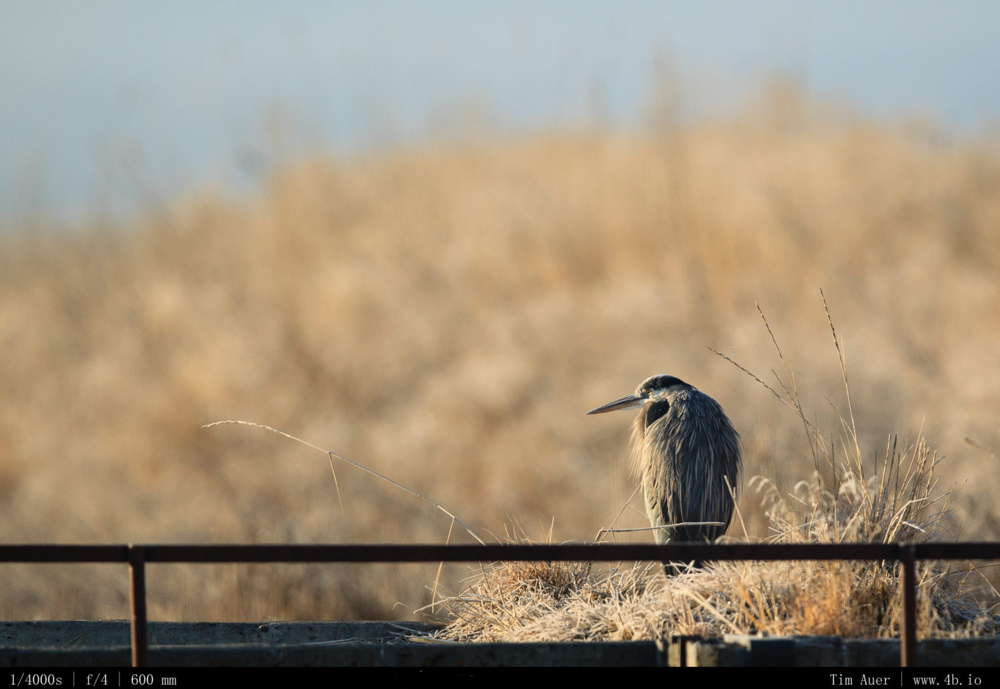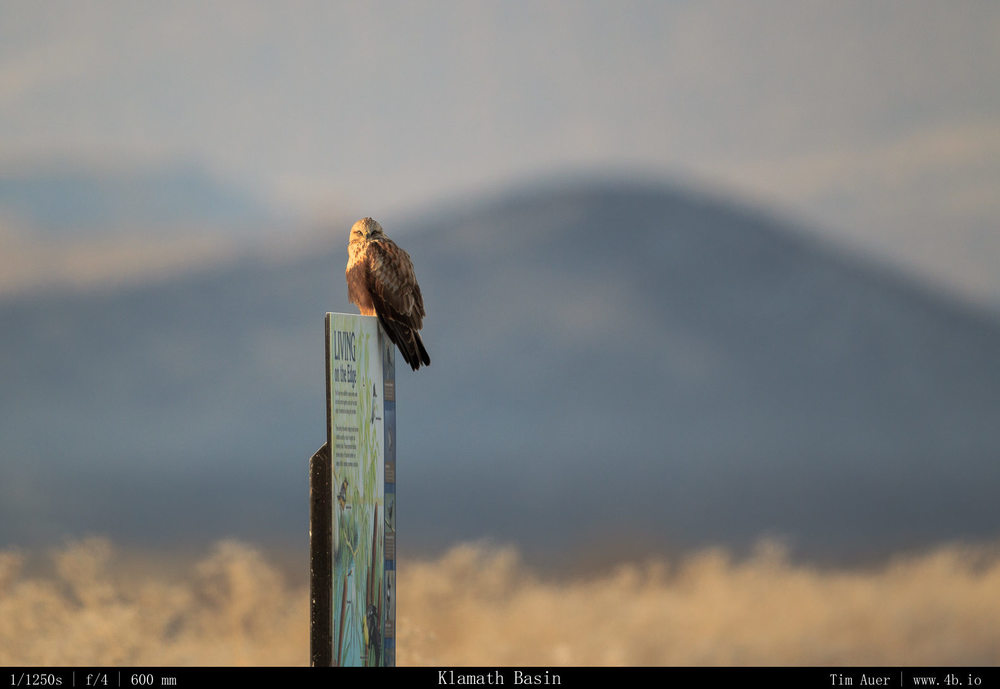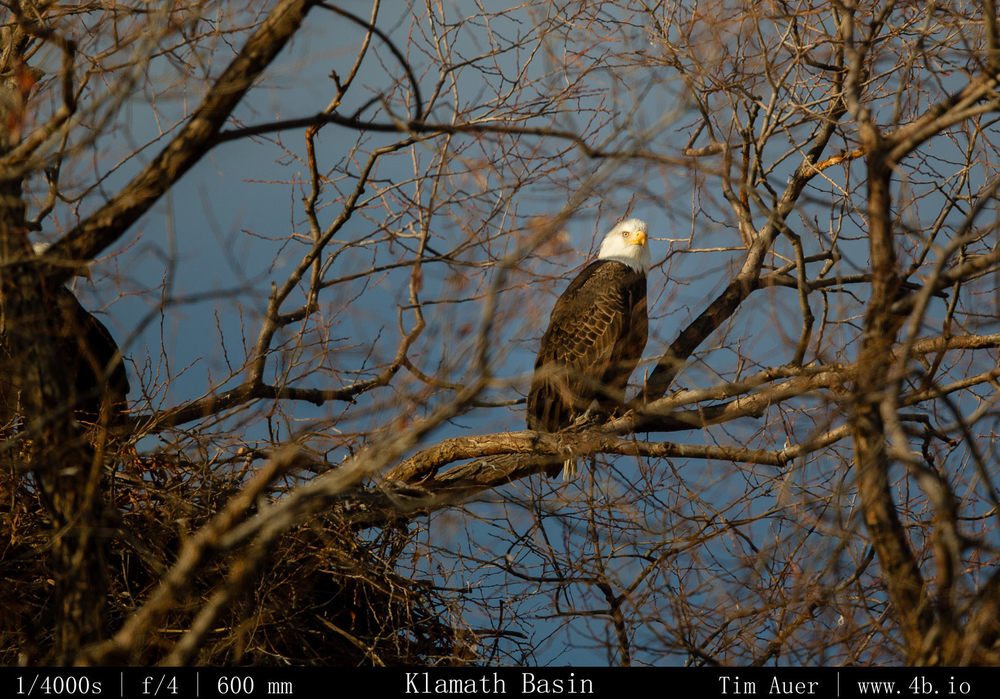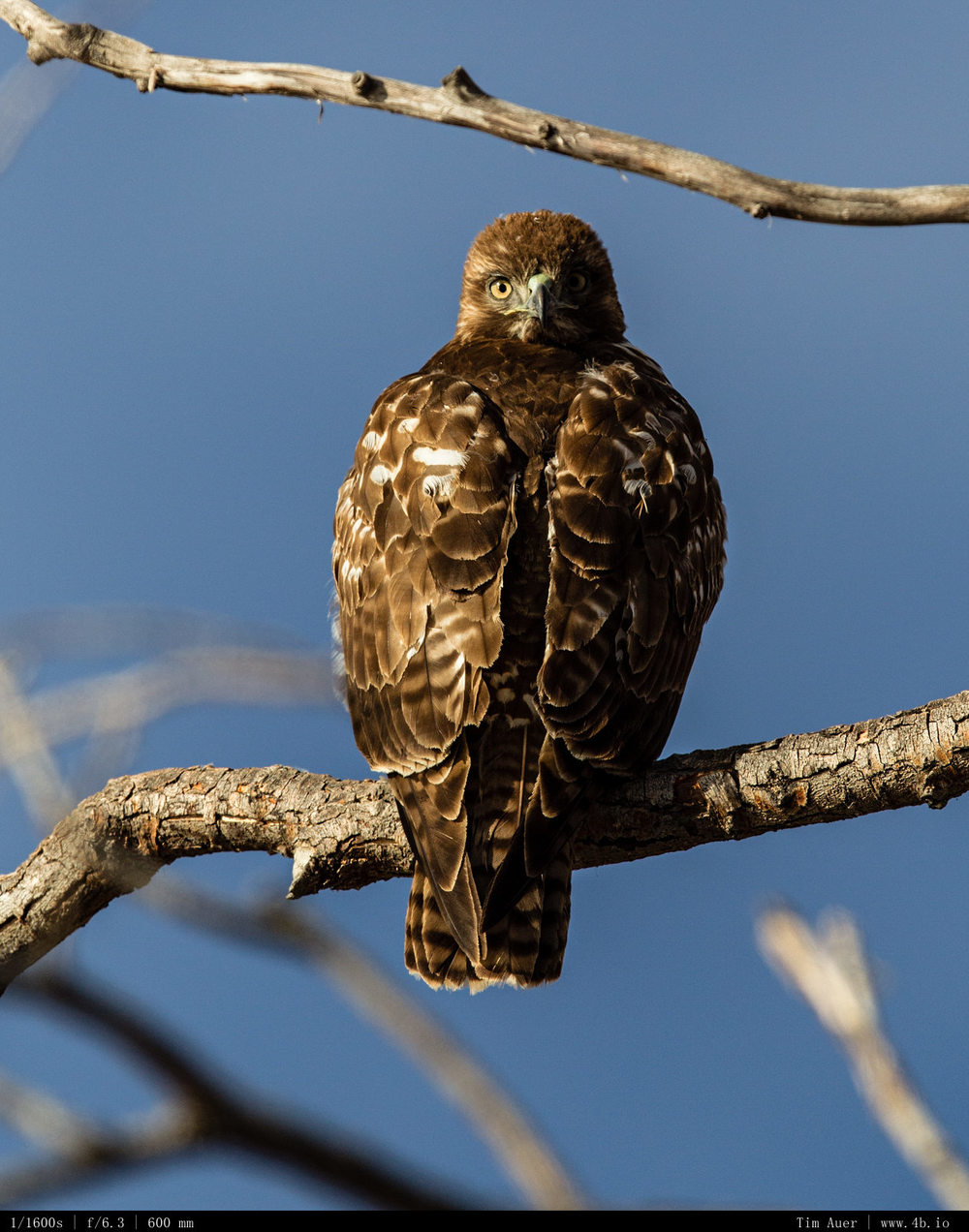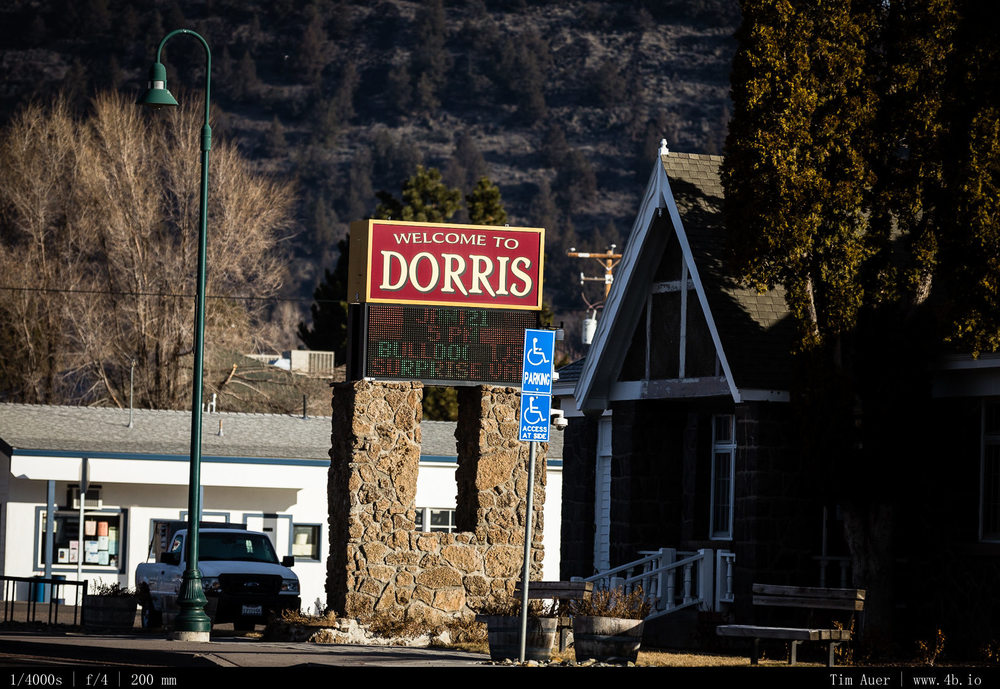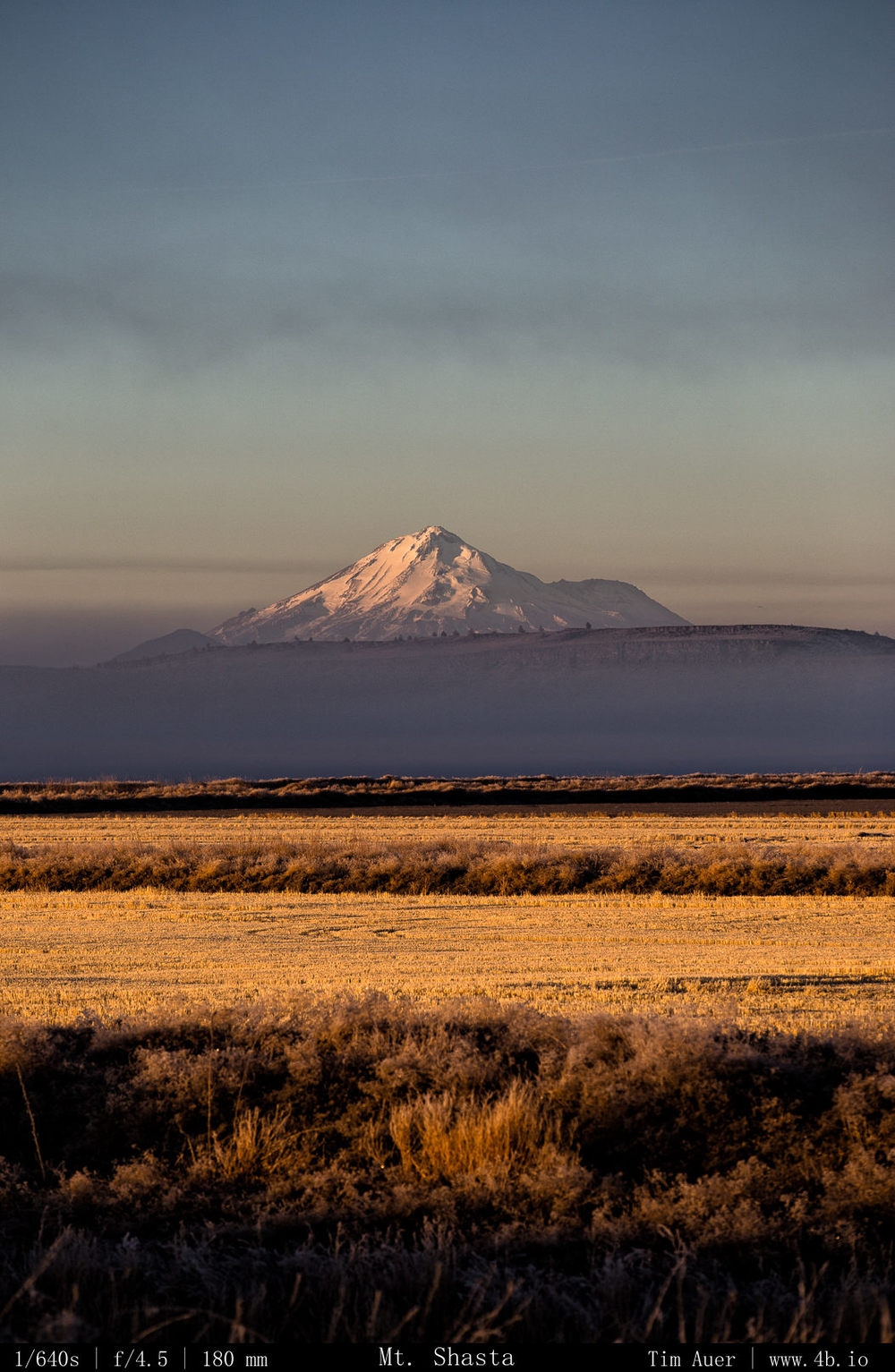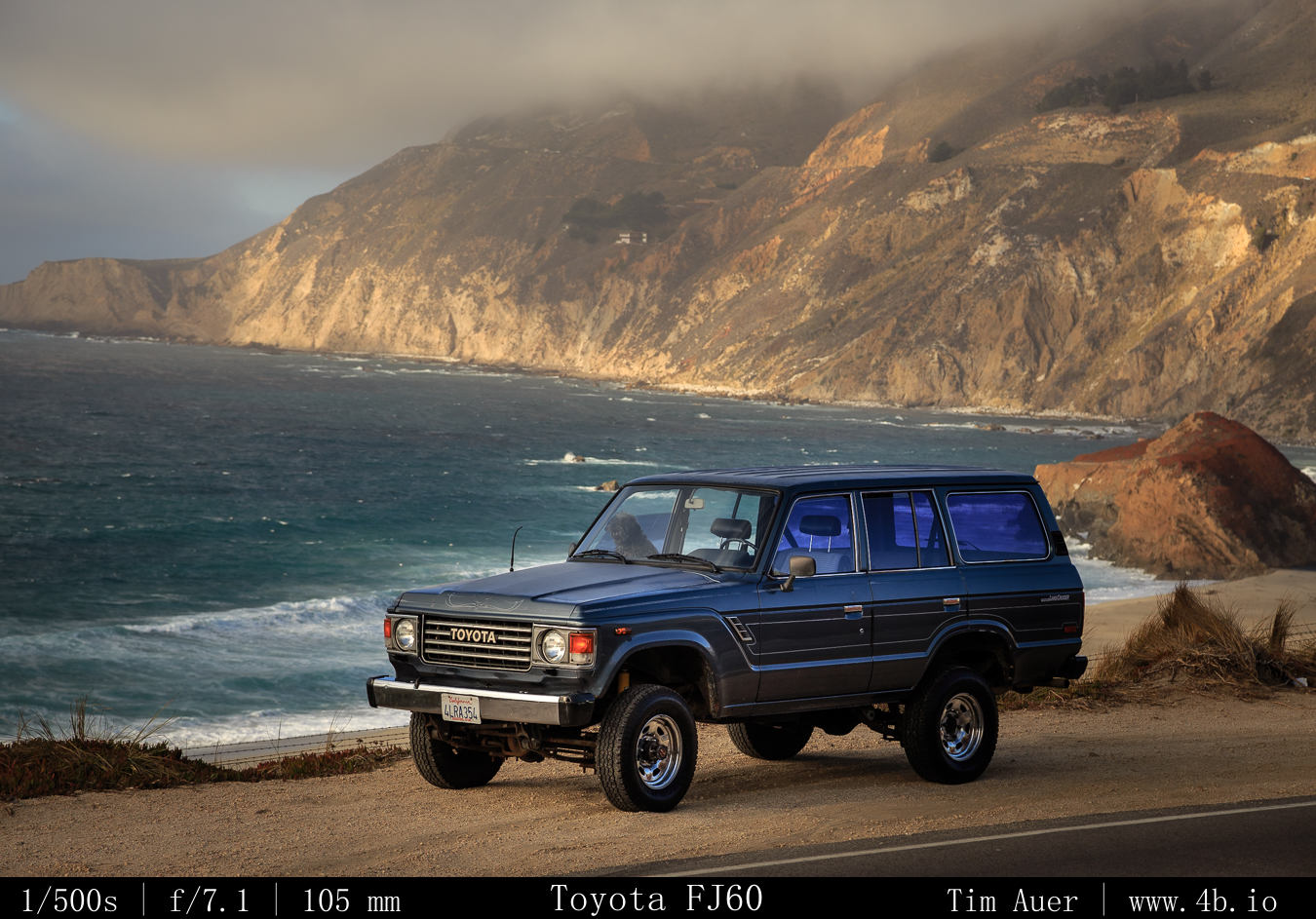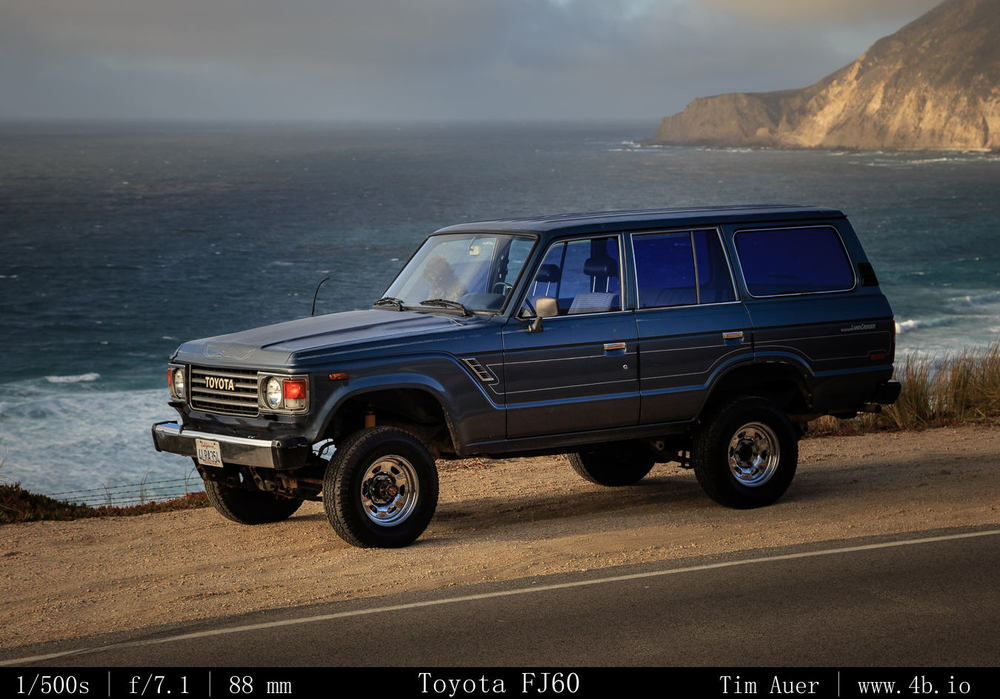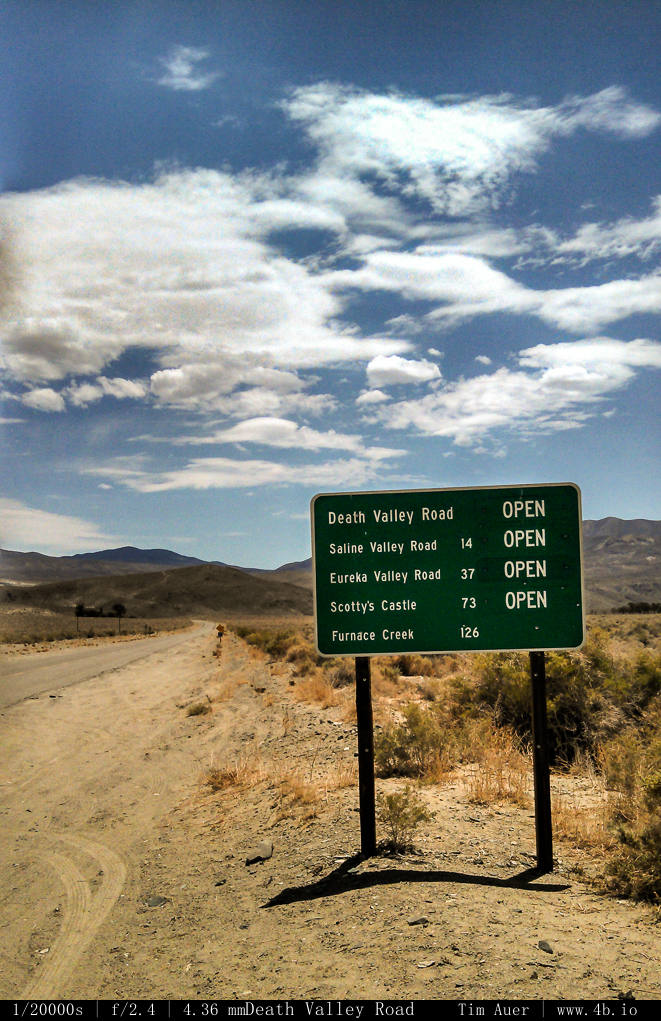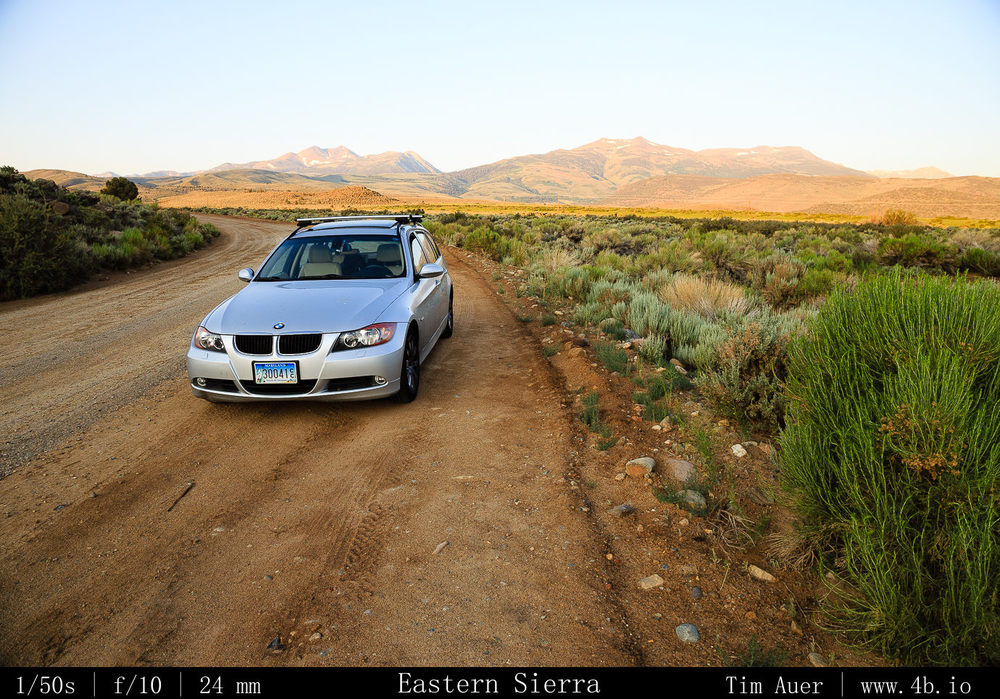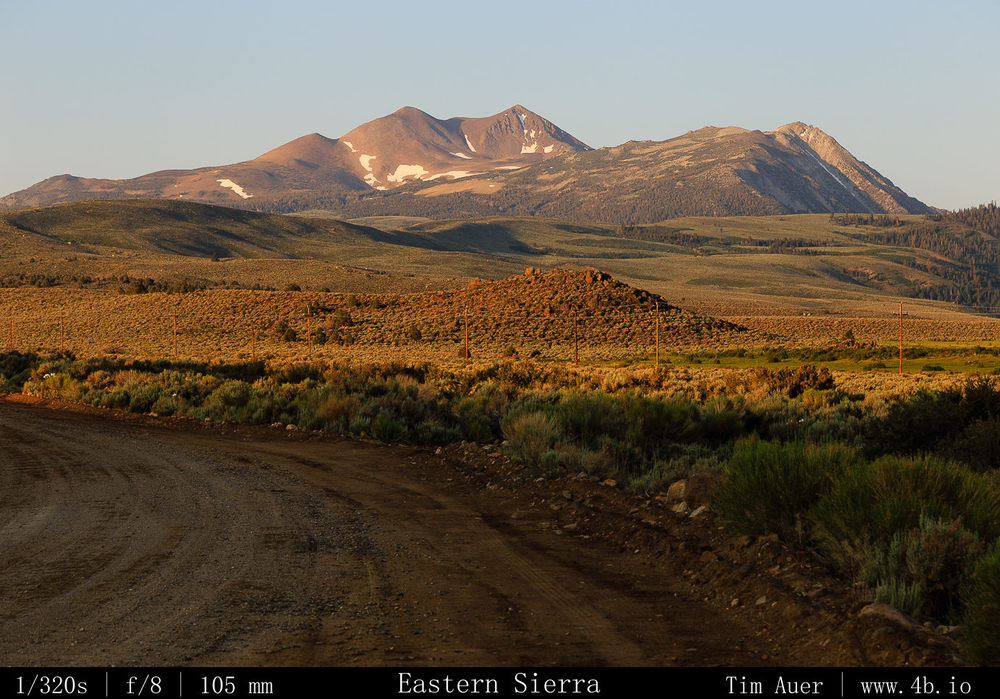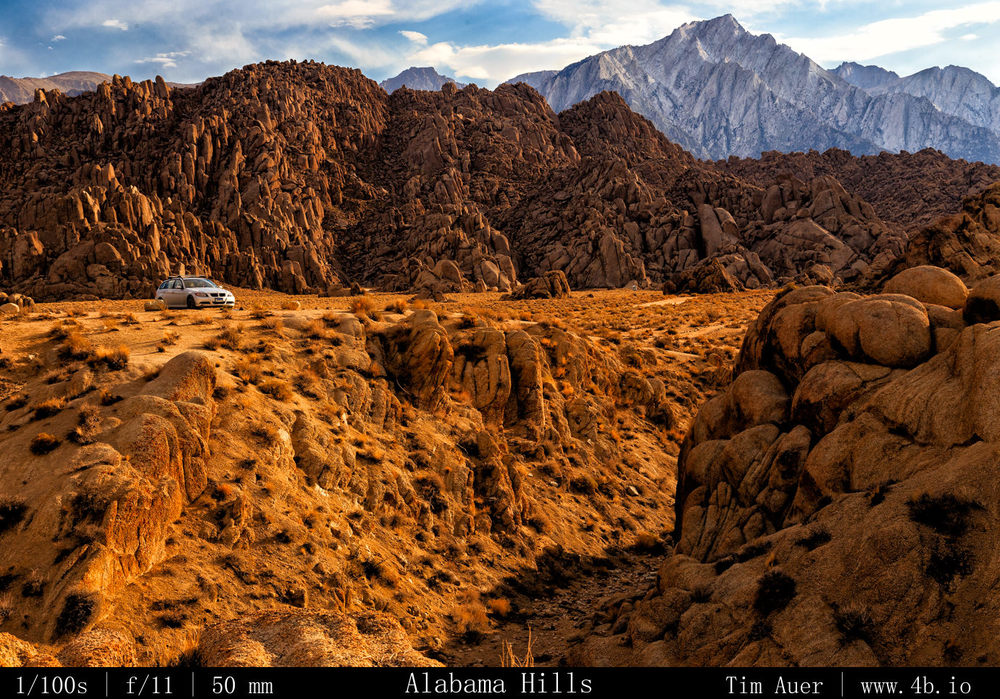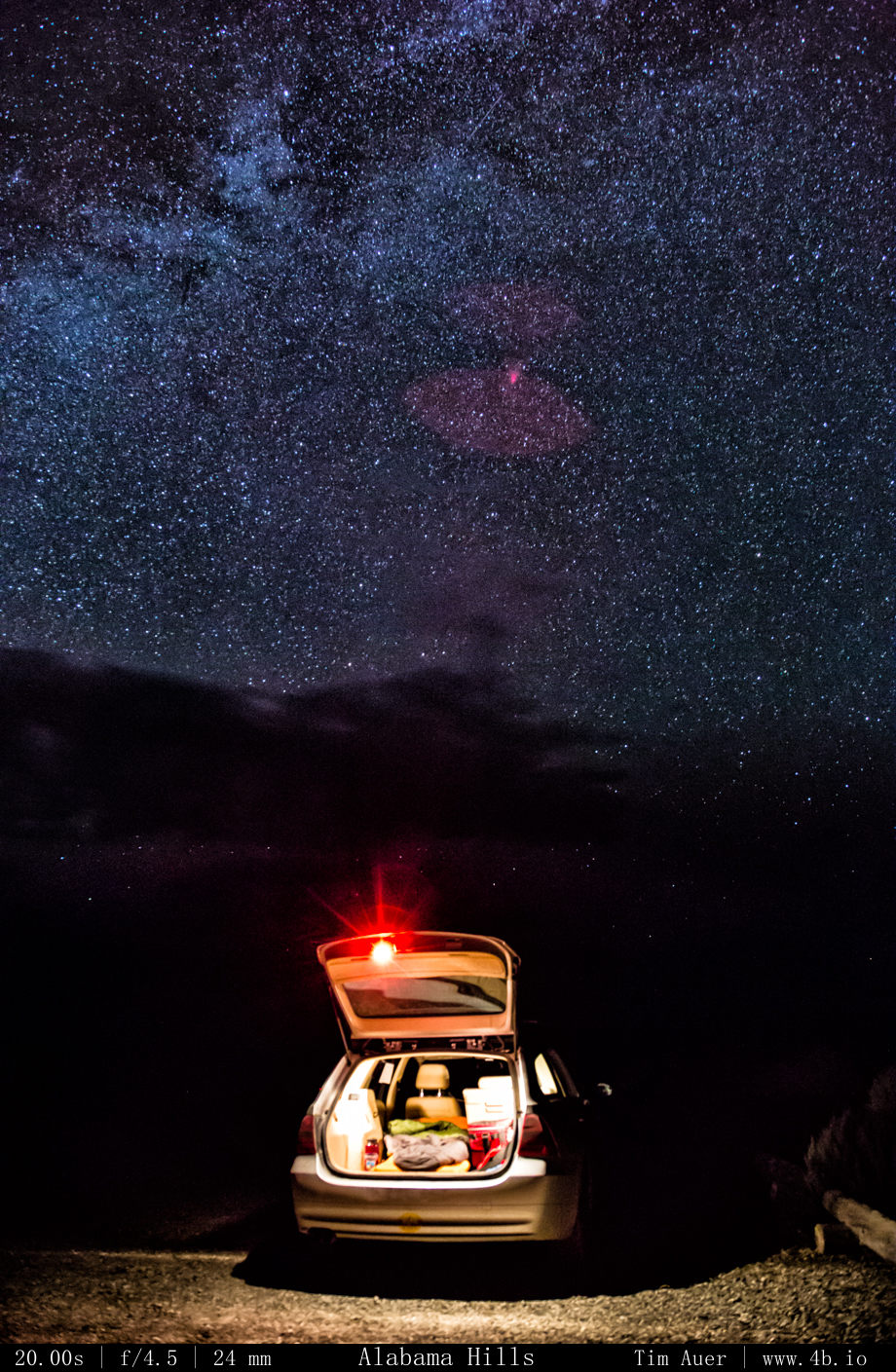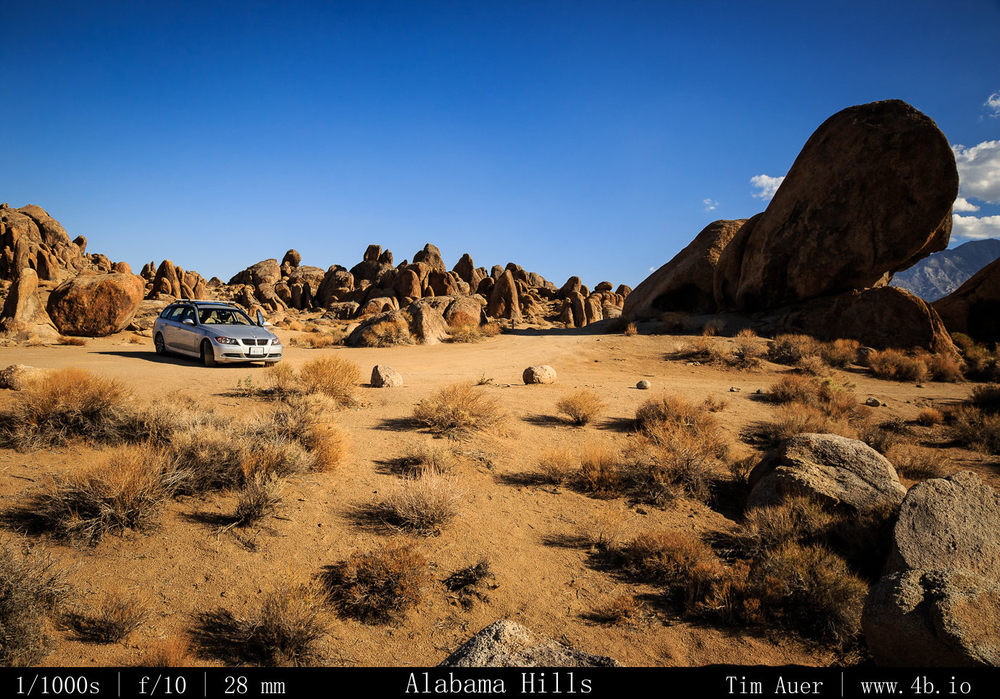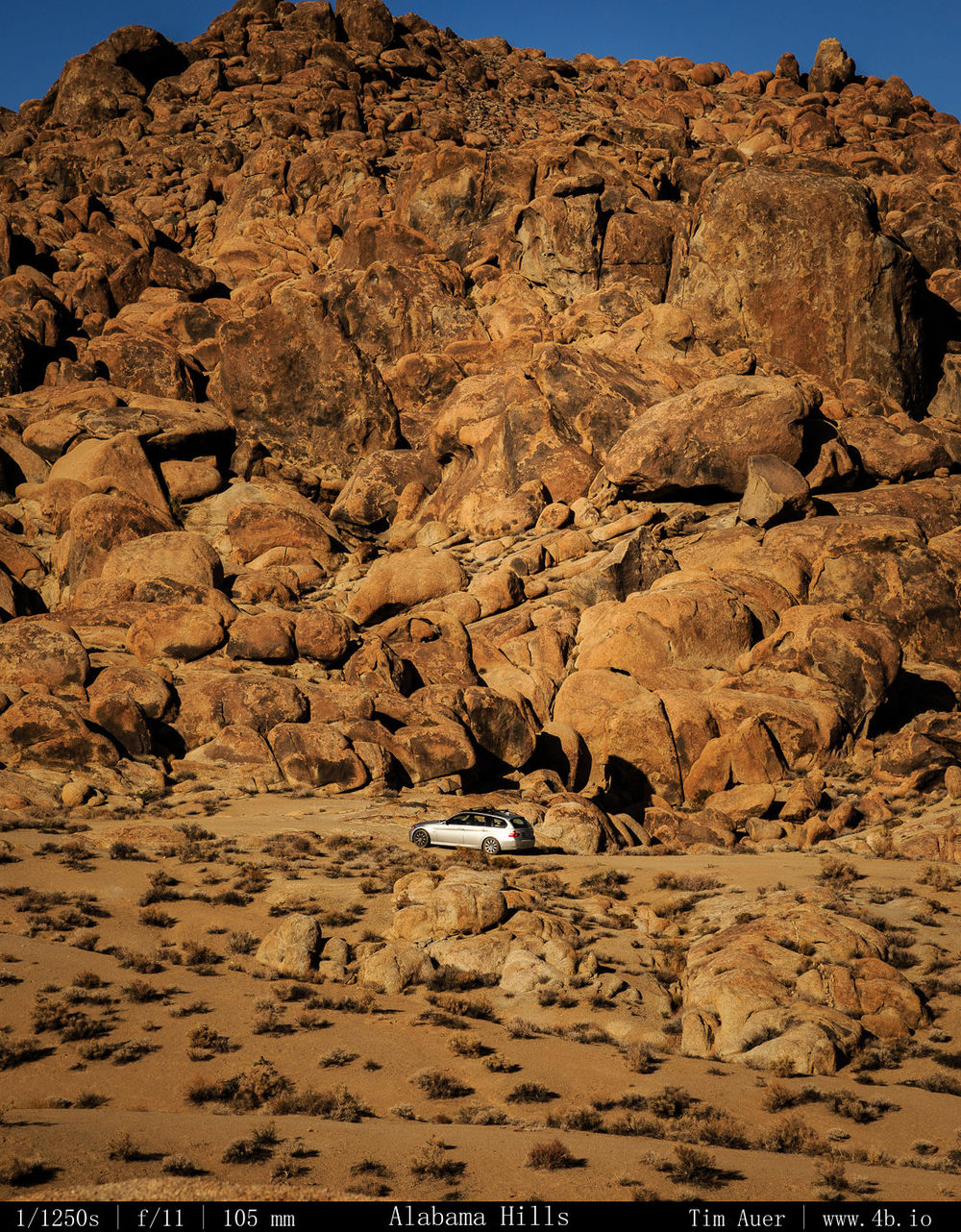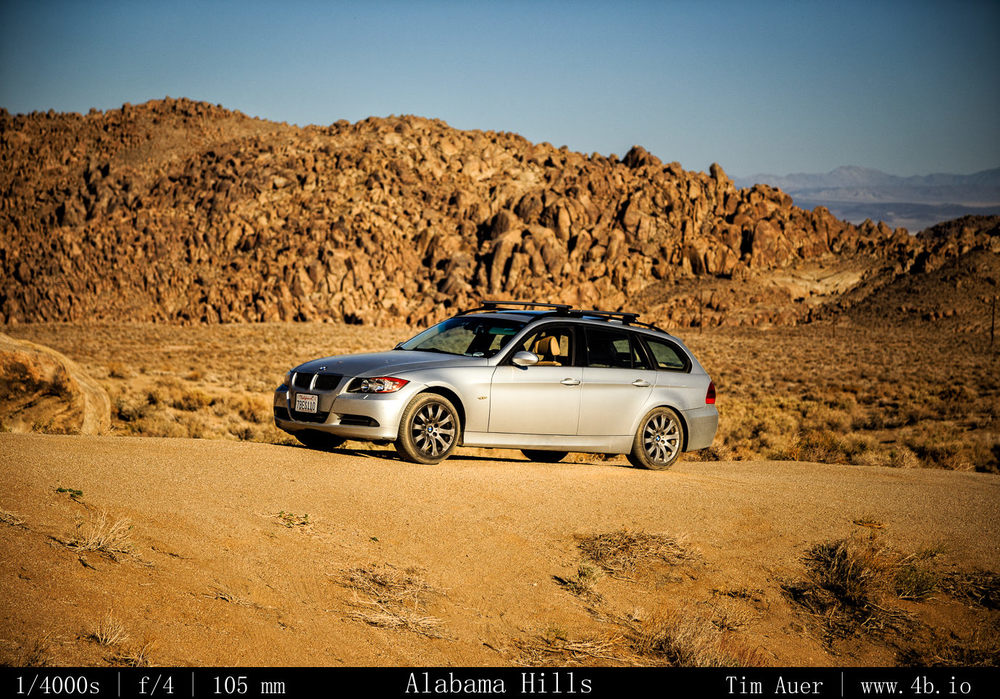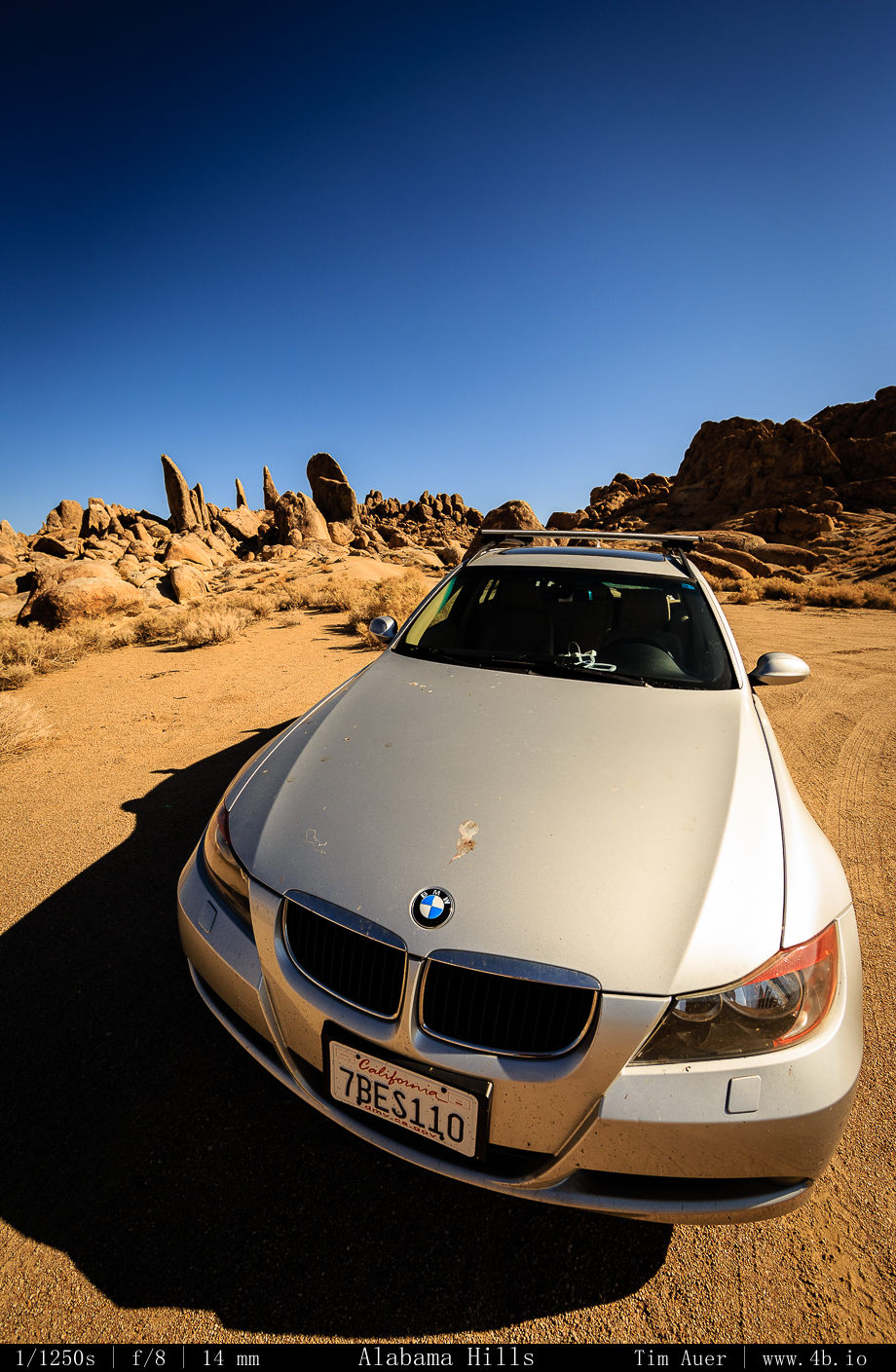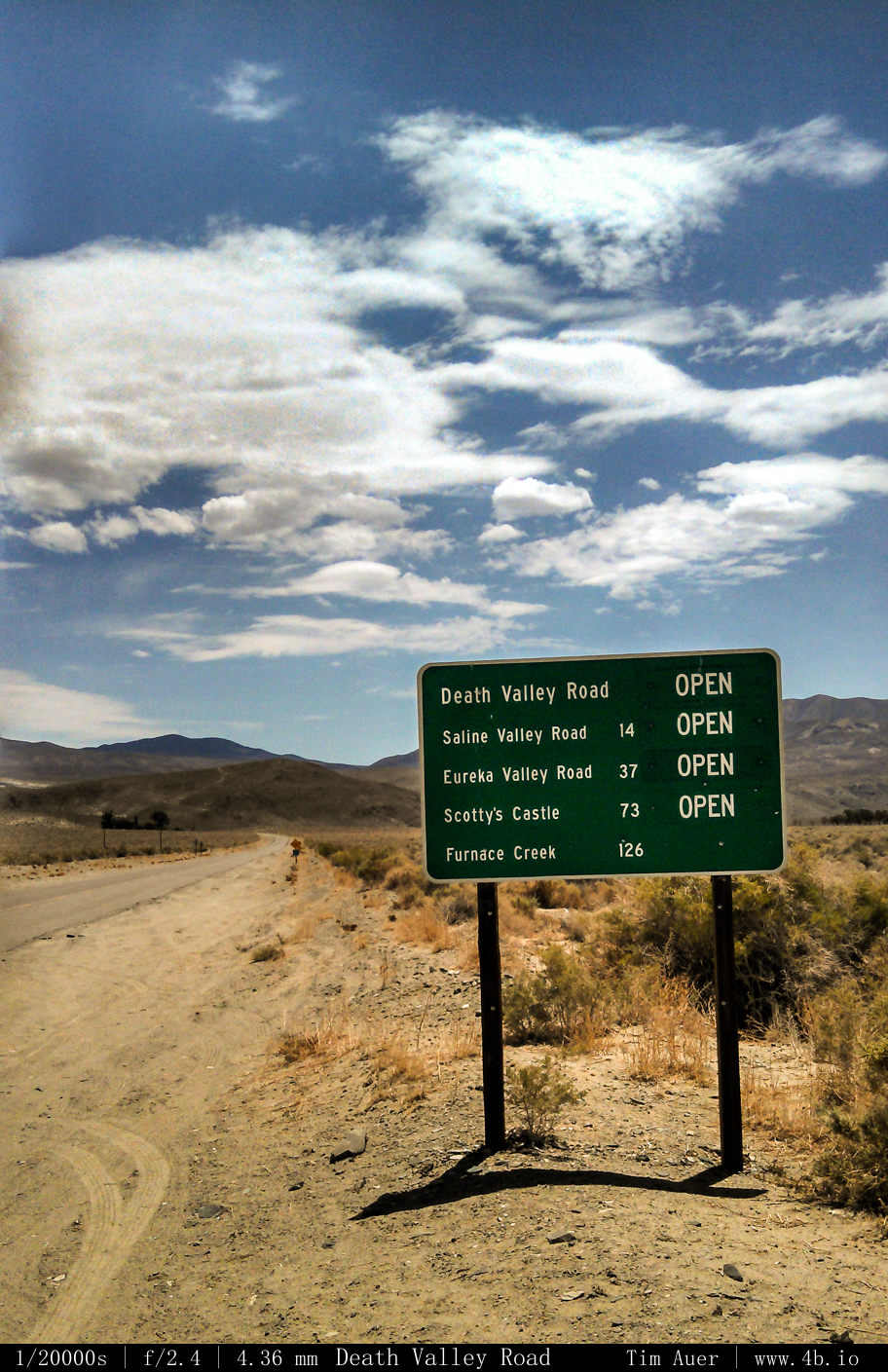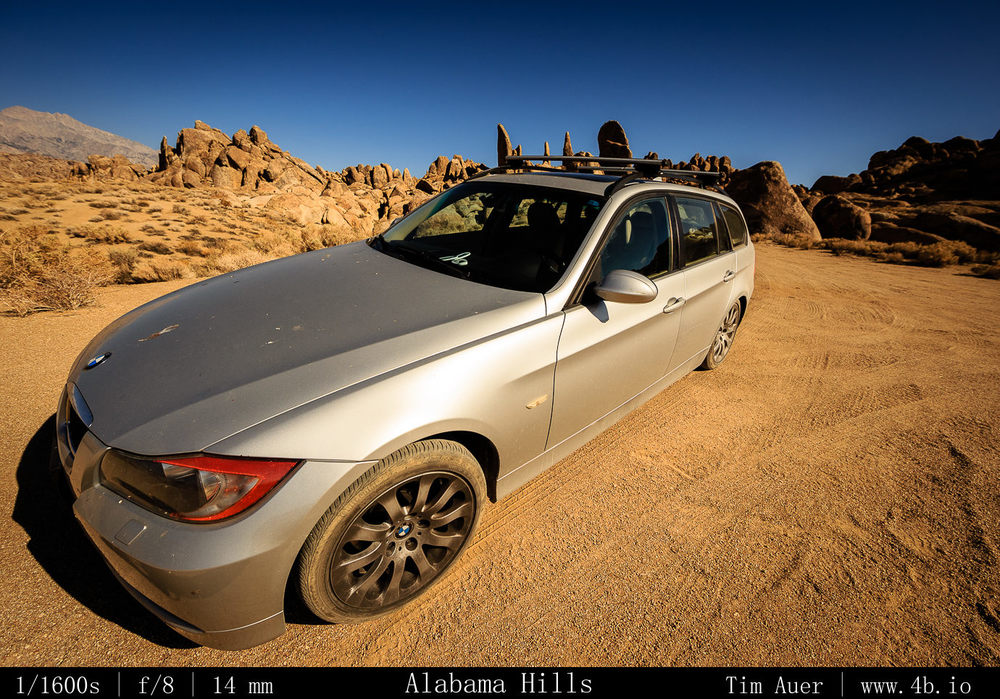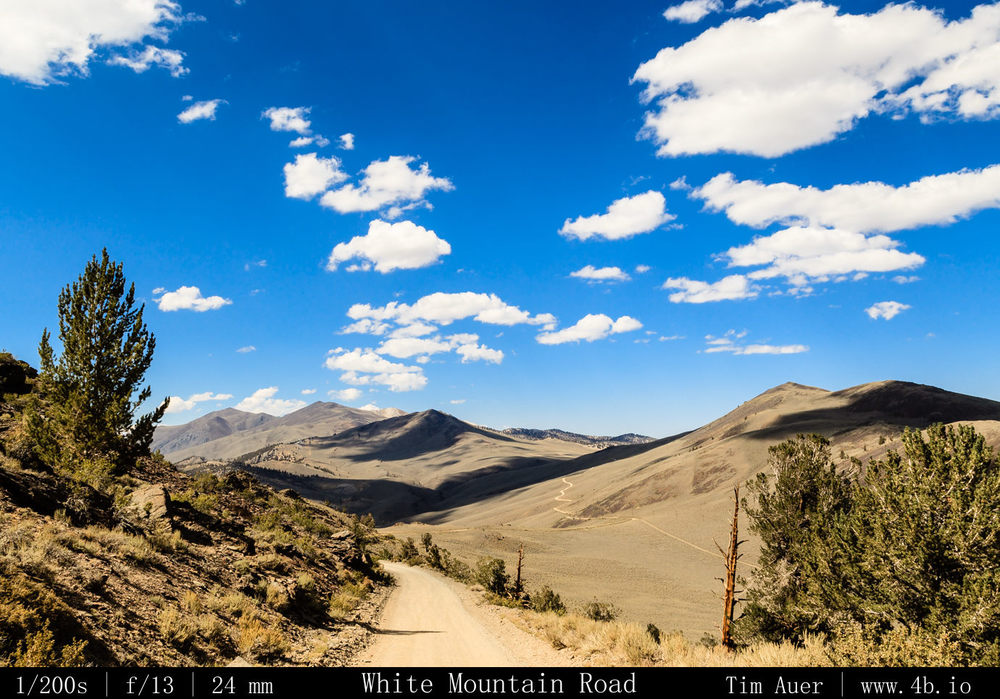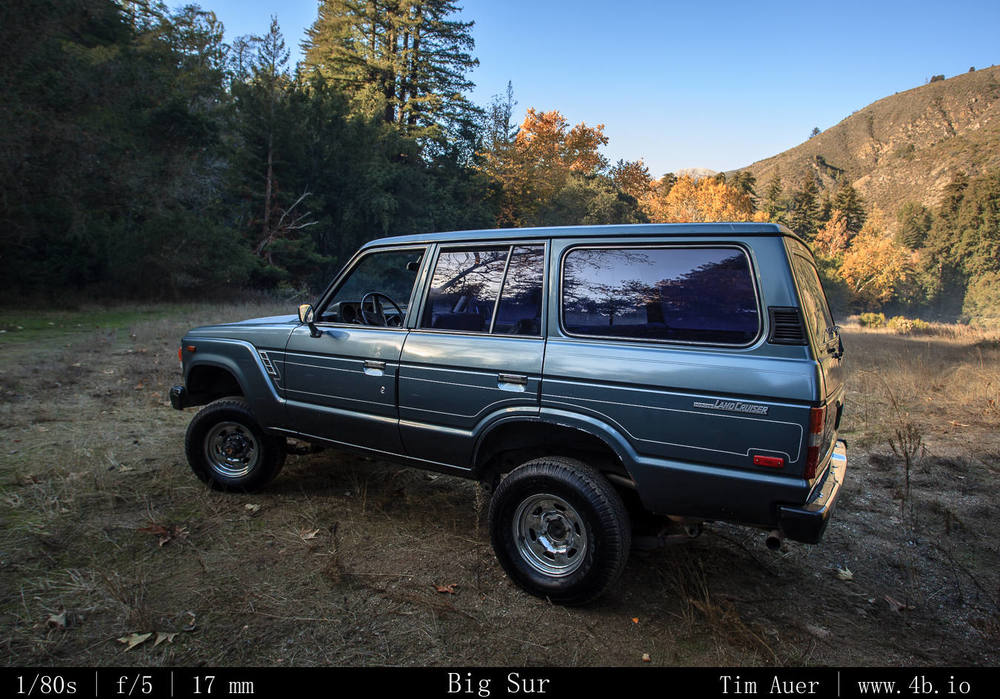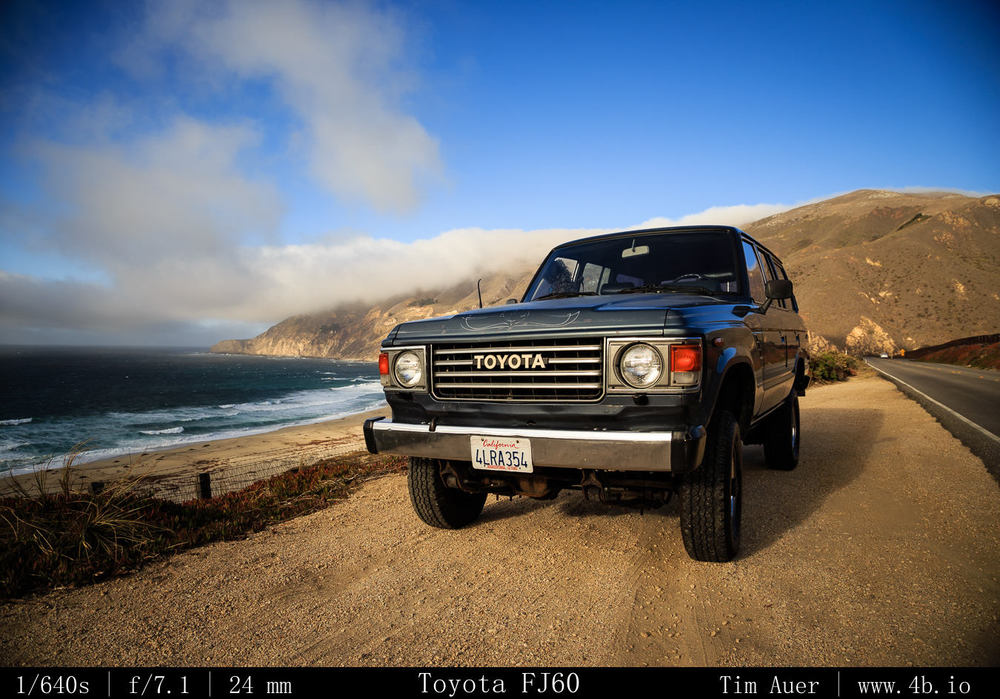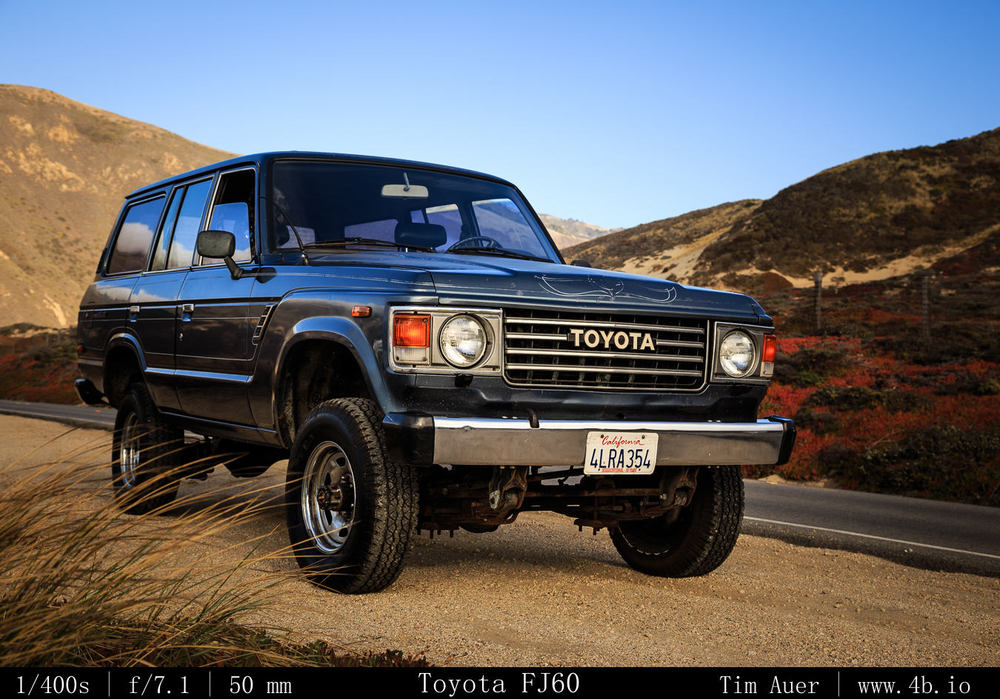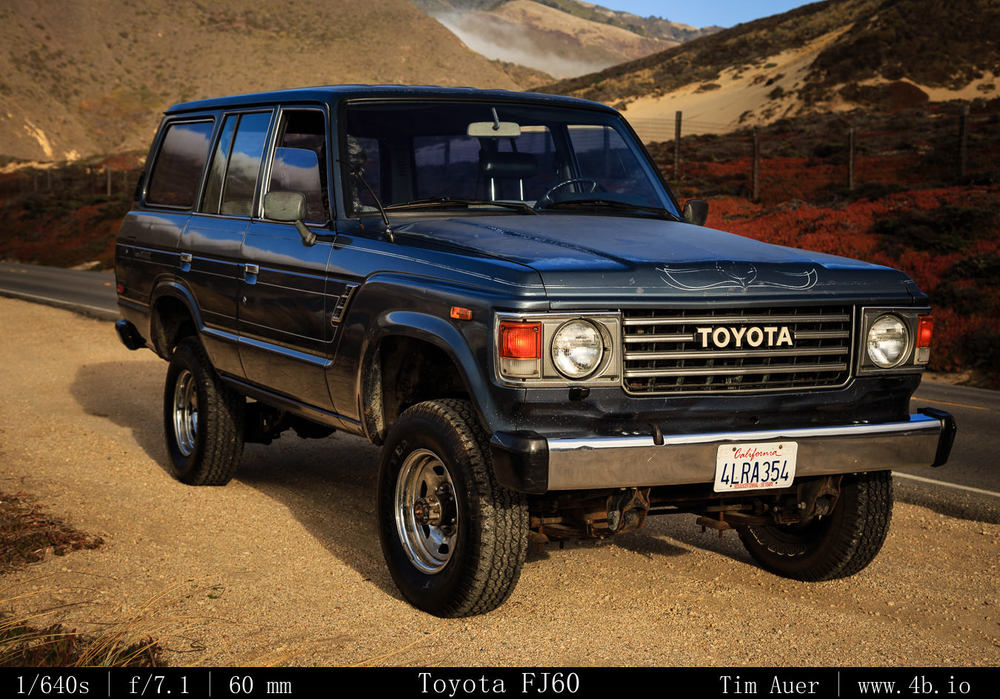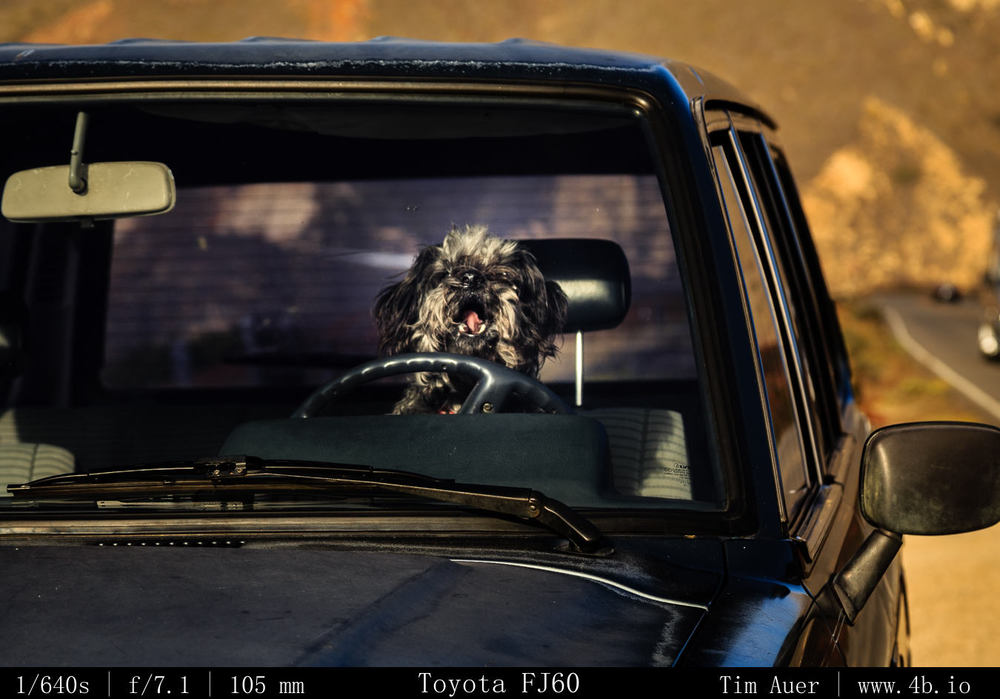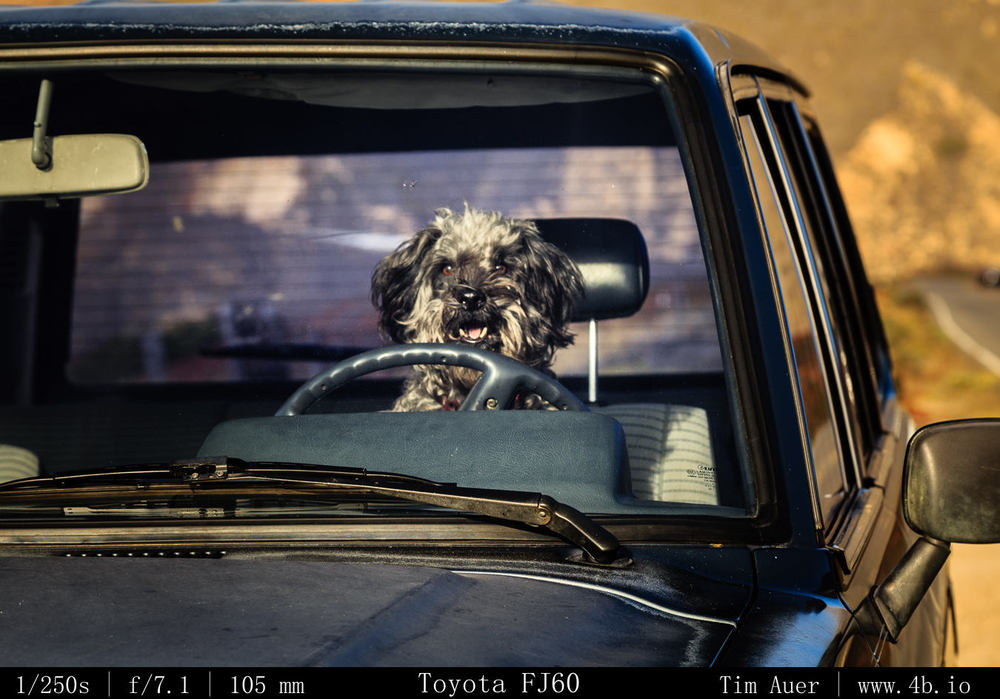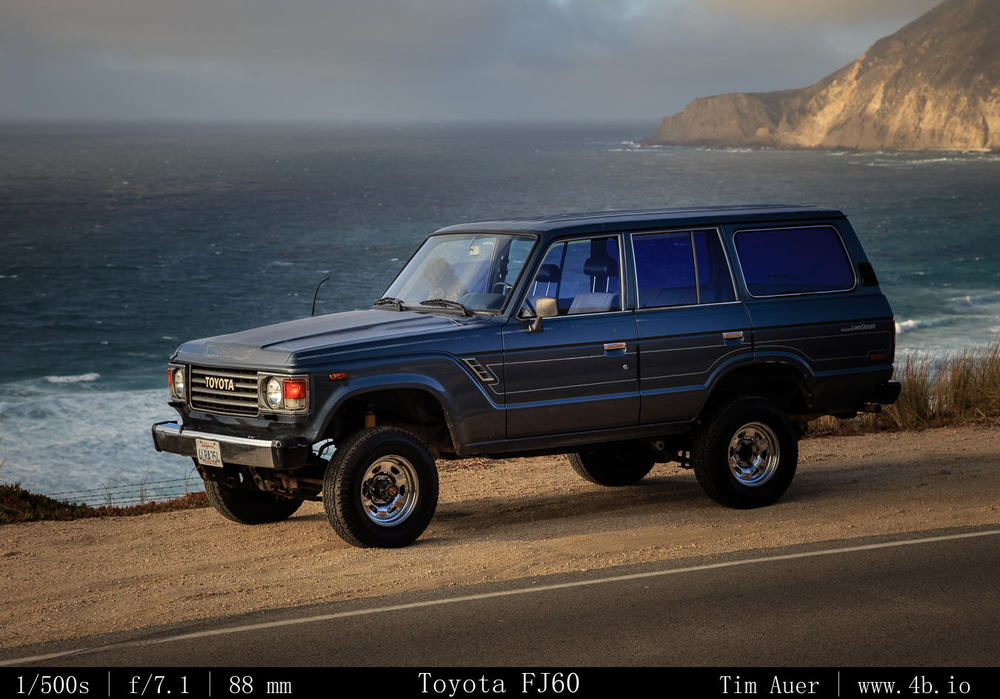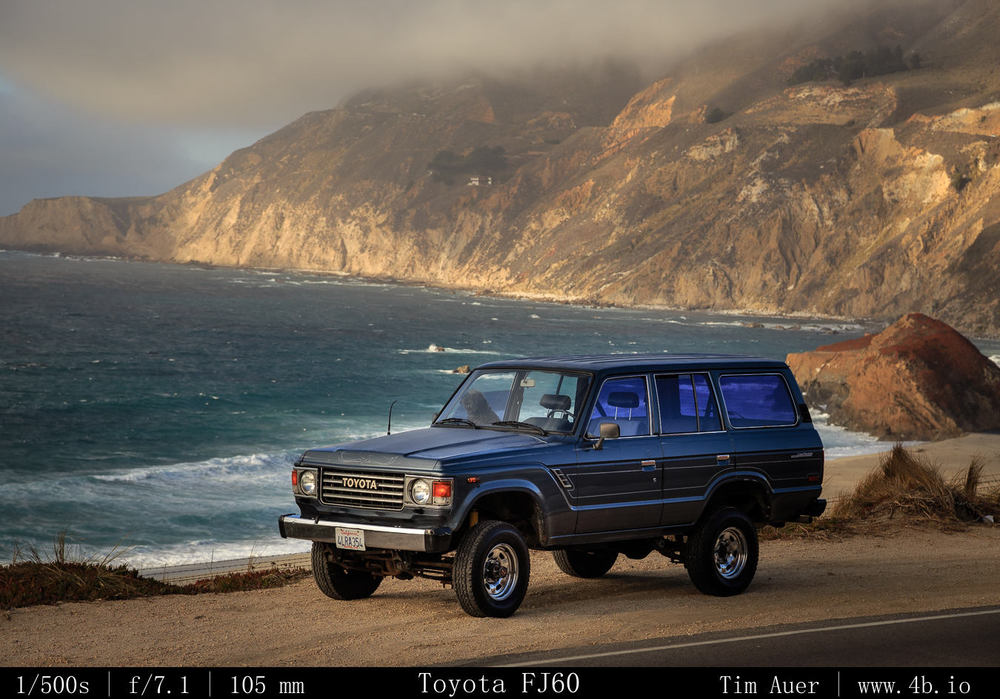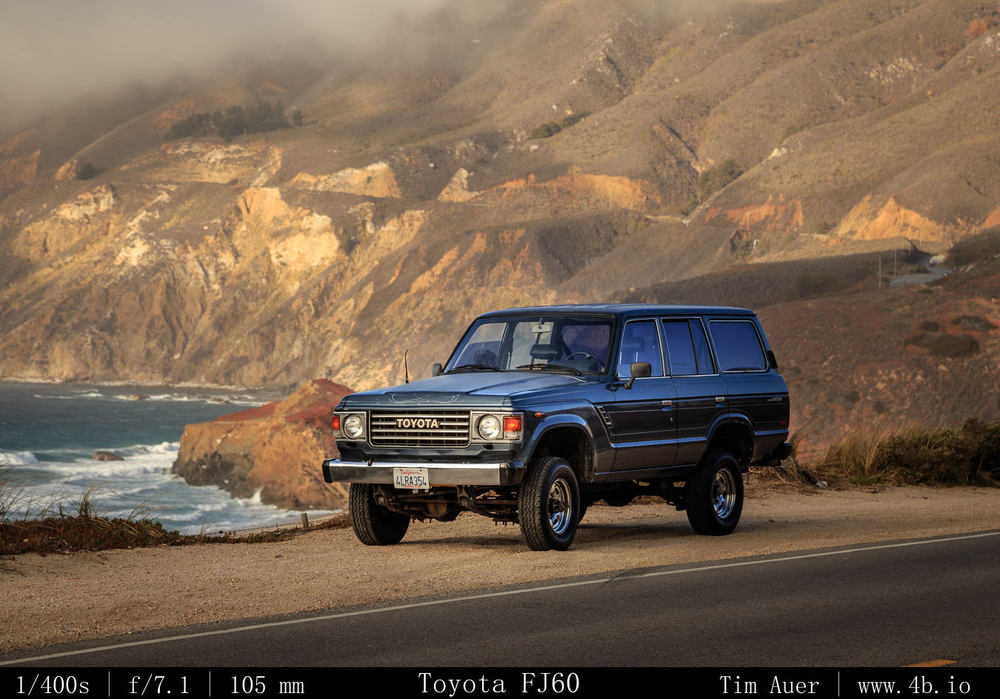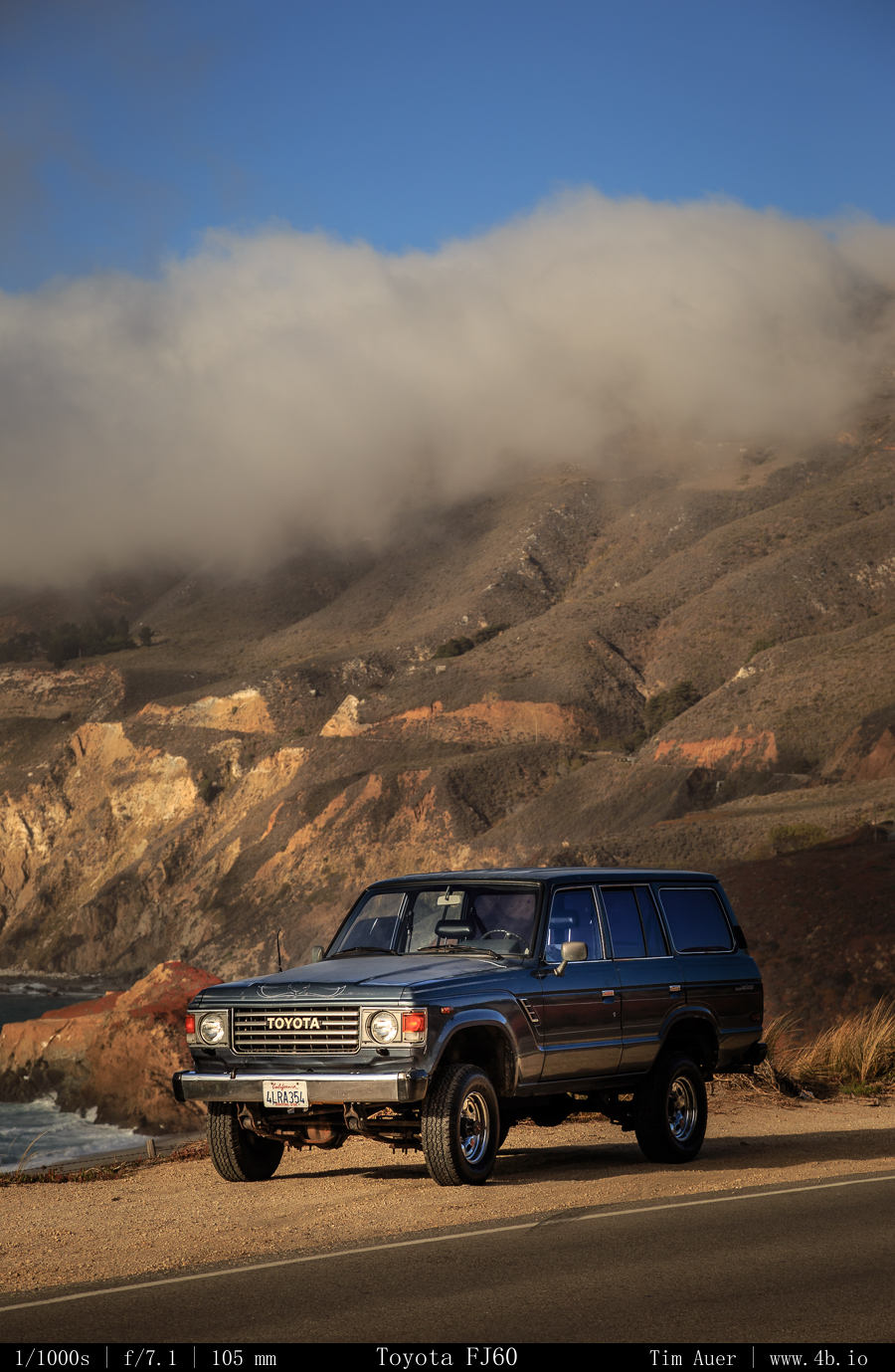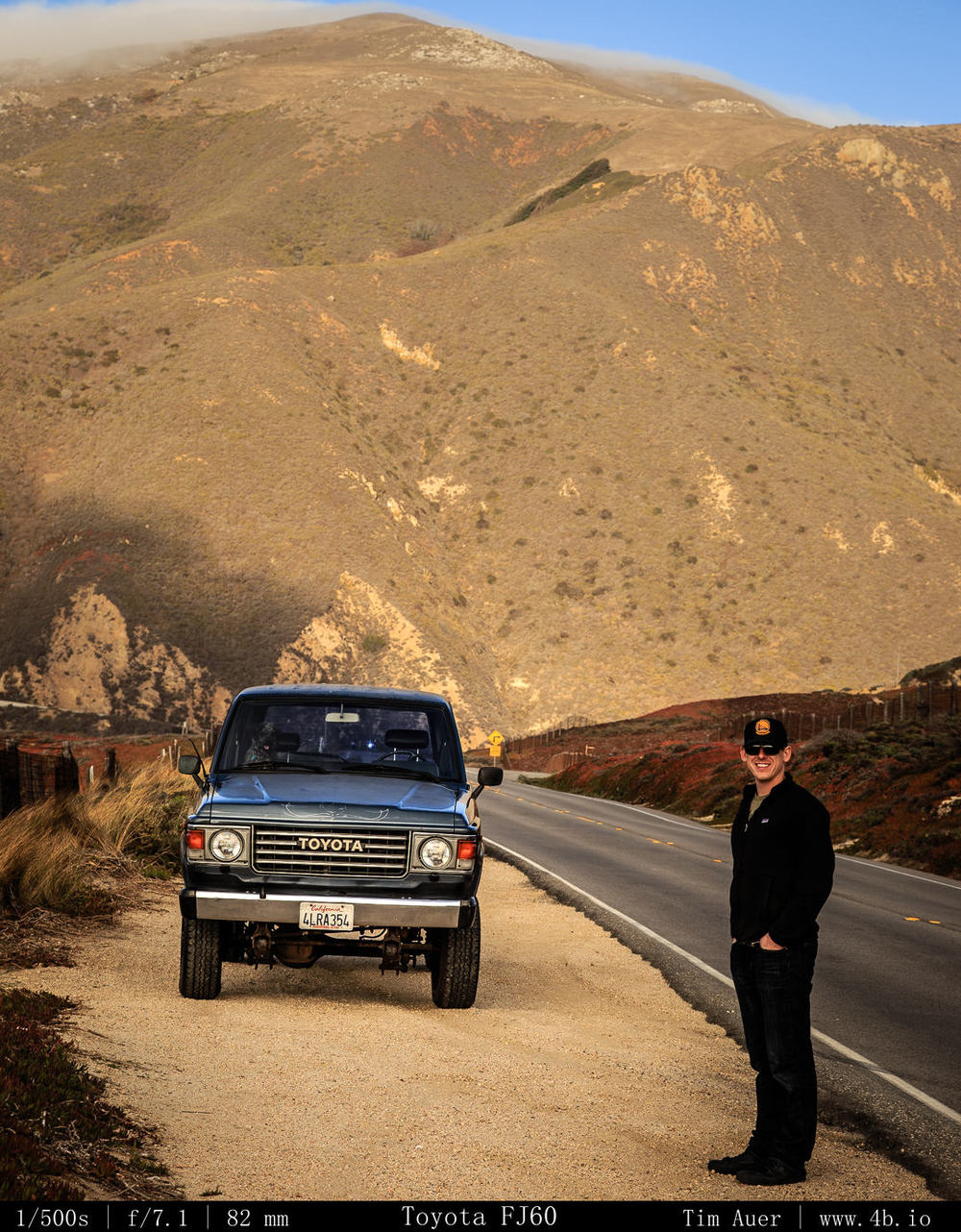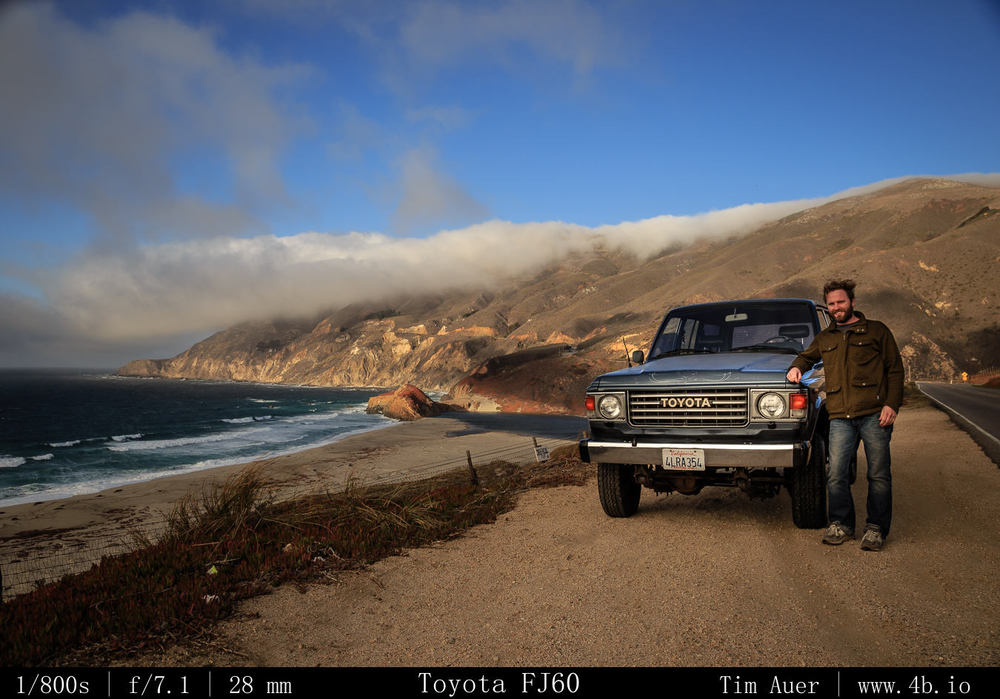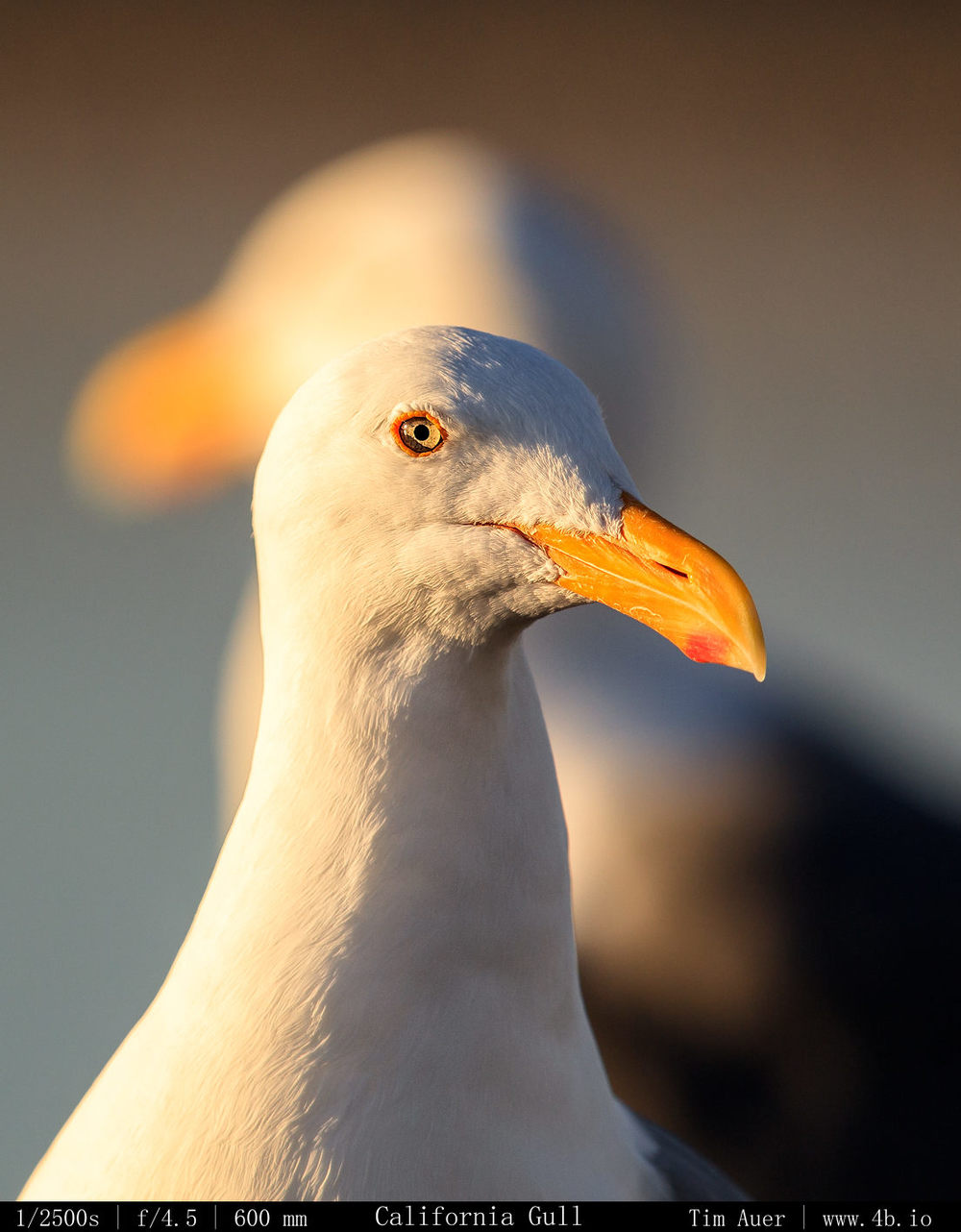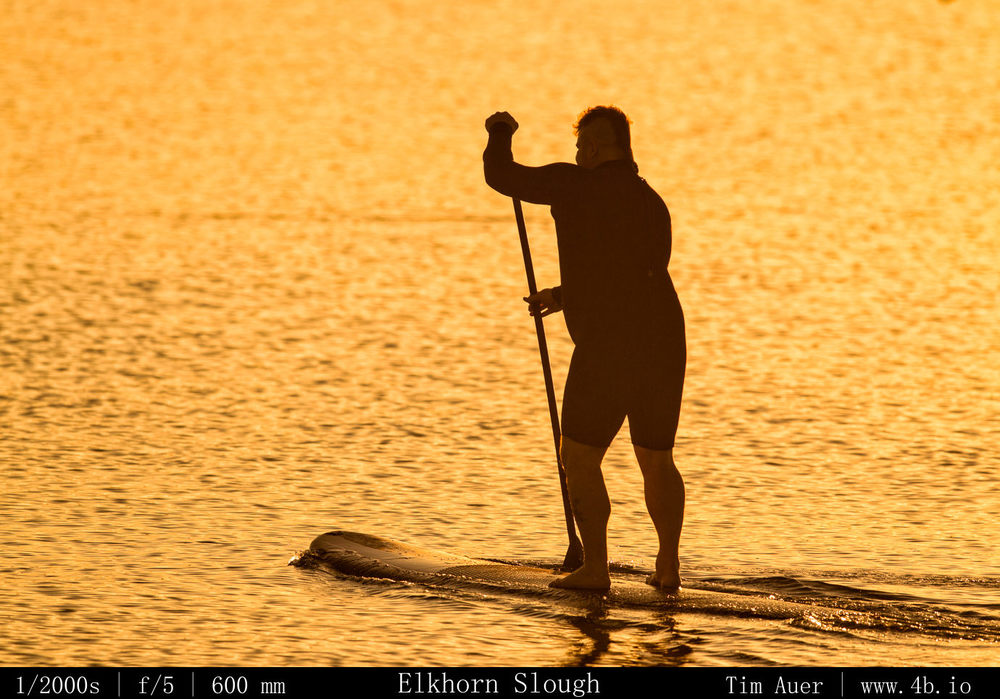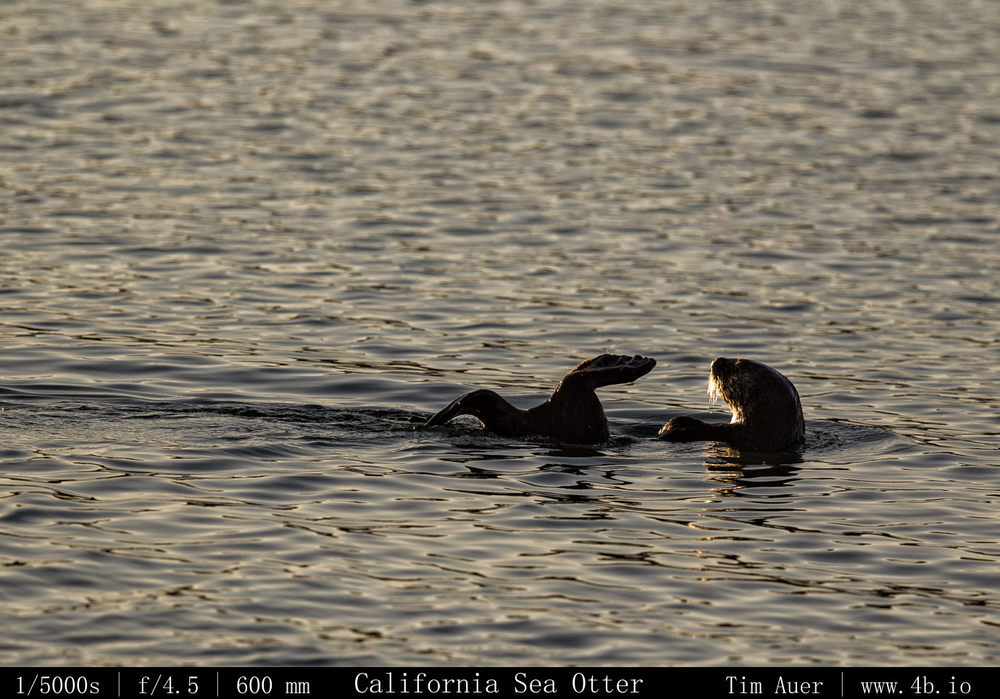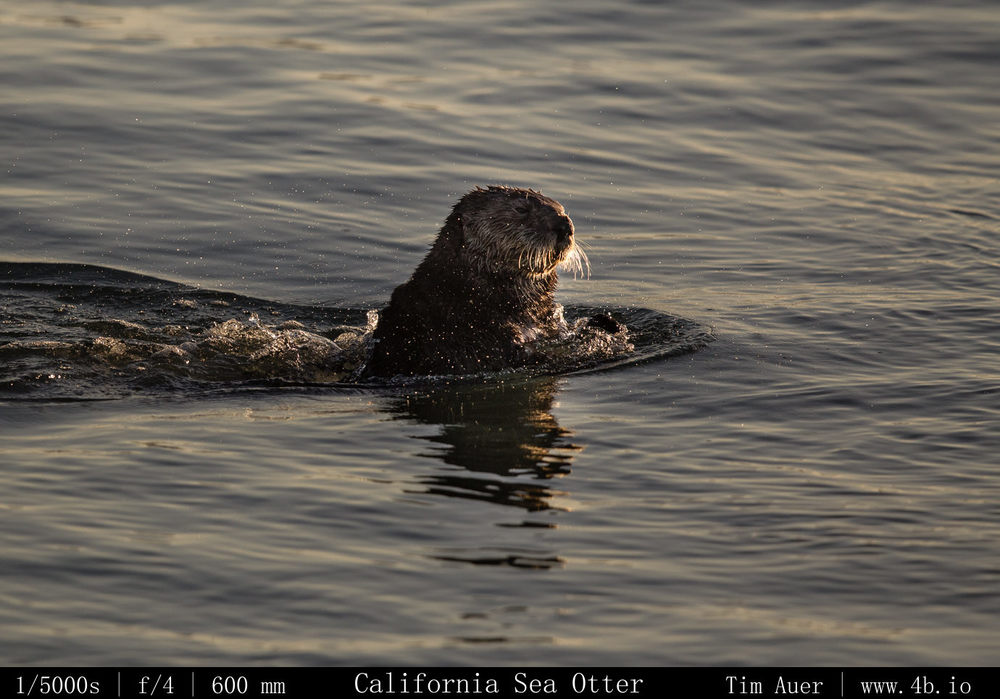The “What”
I was in Katmai National Park July 17 – 21, and during that time I had the opportunity to observe the courting behaviors of the now famous couple: bear 856 and bear 402.
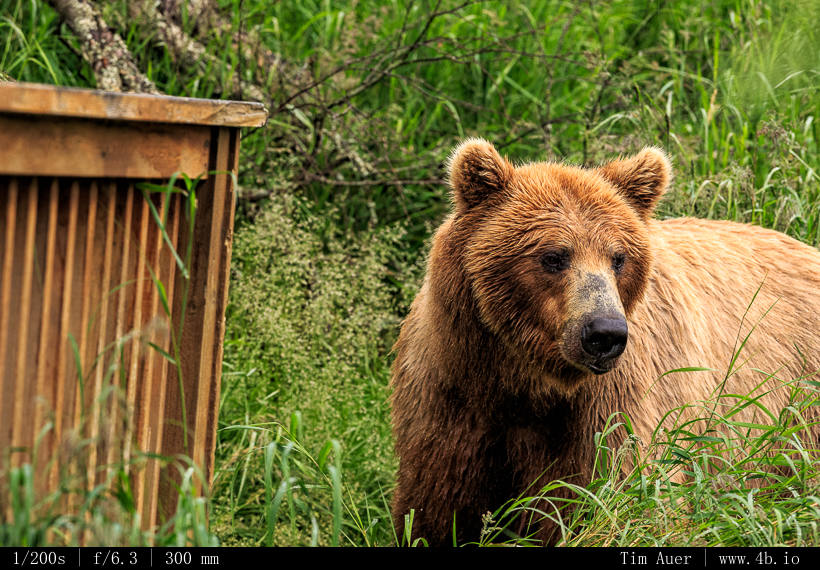
Before I left for Alaska last week, I had been aware that 402 had abandoned her yearling cub and may have gone into estrus while big and burly 856 was hot in pursuit (thanks to explore.org). Having this knowledge in the back of my head, I understood the motivations behind the playful teasing and flirting when I first witnessed it between these two bears at the falls. Given how low salmon counts were and, at times, driving rain, this courtship became a source of comic relief for those of us on the platform, and we projected our human emotions onto the couple. Several times 402 came inches from the platform, and when 402 was near, you knew 856 wasn’t far. At times their behavior was cute, but most of the time it was as you would expect from a bear: aggressive. 856 behaved like a jealous boyfriend. He would let his frustration be known to his fellow bears at the falls by frequently chasing them off. But who wouldn’t be frustrated after a fruitless week or two of female stalking?
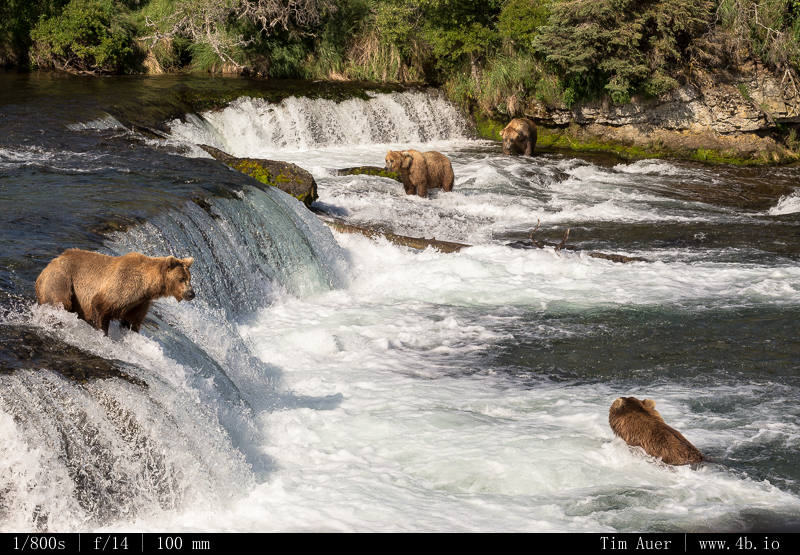
The “Who”
July 20 was a beautiful day in Katmai, sunny, warm, and a cloudless blue sky, and a far cry from the washout on the previous day. Despite the nice weather, the salmon counts were low (at most 2 or 3 jumping the falls in a minute) and the bear activity at the falls reflected this. The sub-adults and cub-adults were doing their belly flops in the riffles and Otis was in the jacuzzi. Despite this lull, Meril and I maintained our position at the falls from 08:00-23:00. By mid afternoon, 402 (for the non-bear community’s sake lets call her what the bearcam watchers call her “Brooke“) came up the river with 856 shadowing close behind (lets just call him “Hank“) . They continued to play this mostly one-sided game of follow-the-leader. Hank’s aggression was clear to everyone- human, bear and seagull- he even drove Otis away from the whirlpool. As the shadows began to make their way across the river, and the quality of light increased, Brooke decided, while Hank observed, to tease another large and dominant bear…
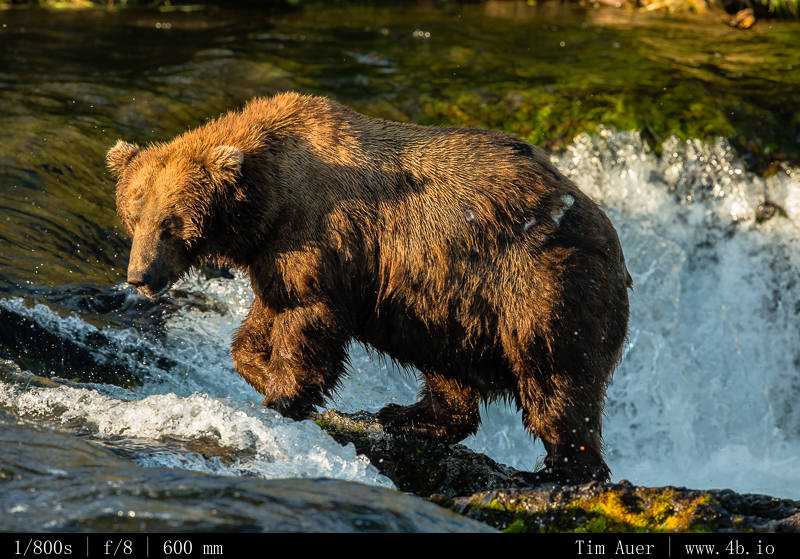
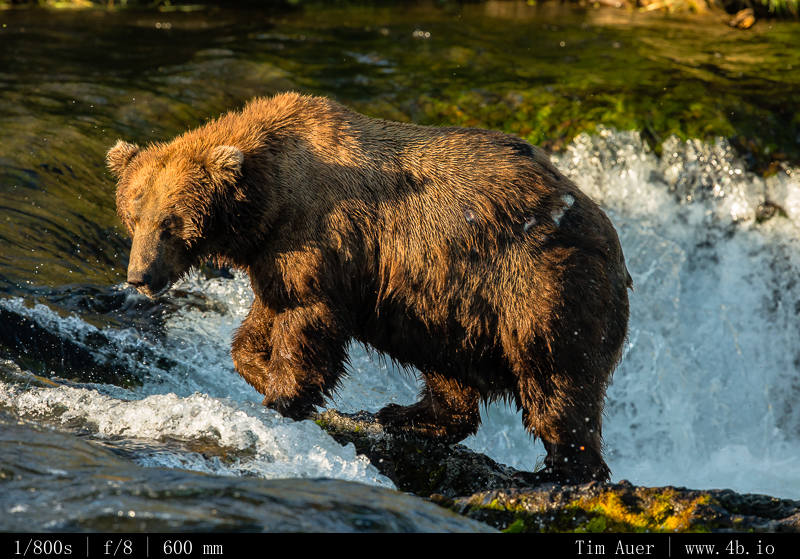
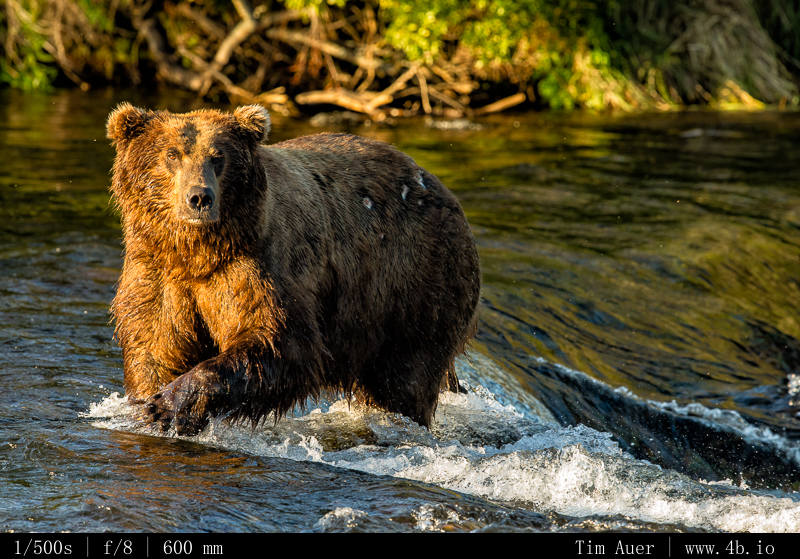
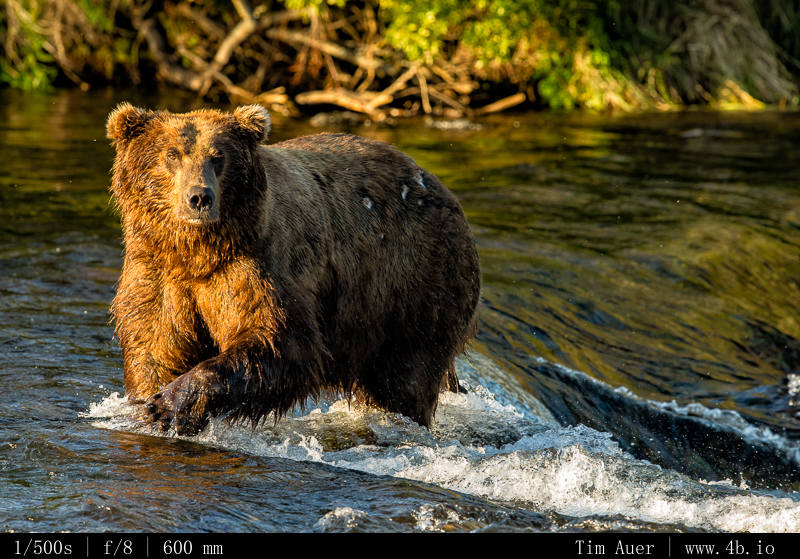
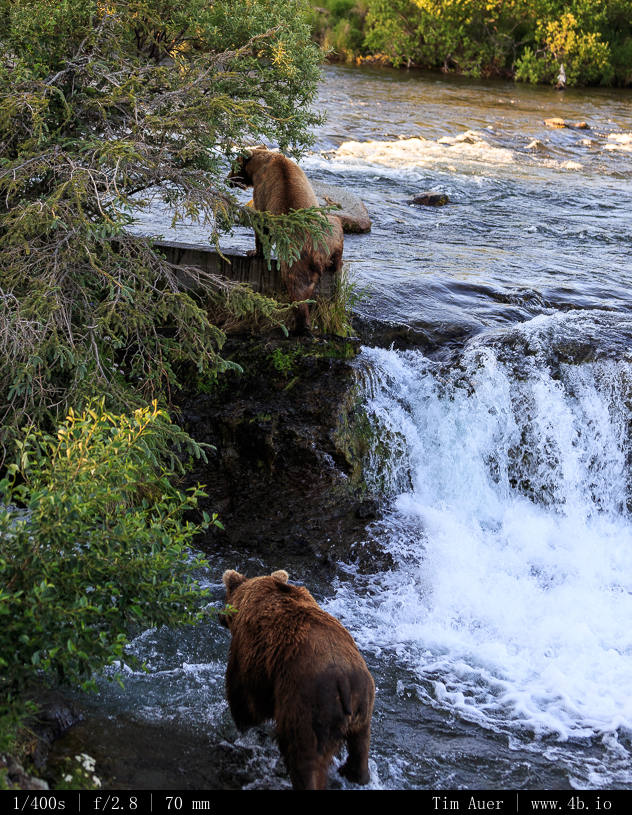
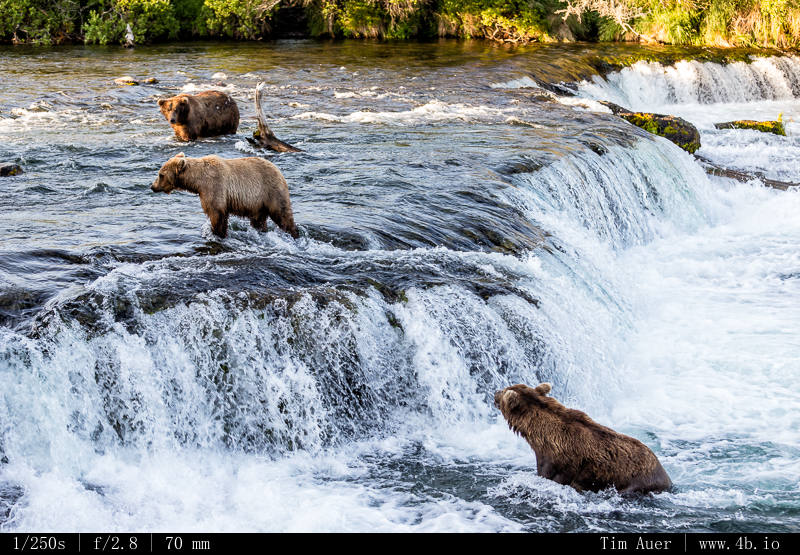
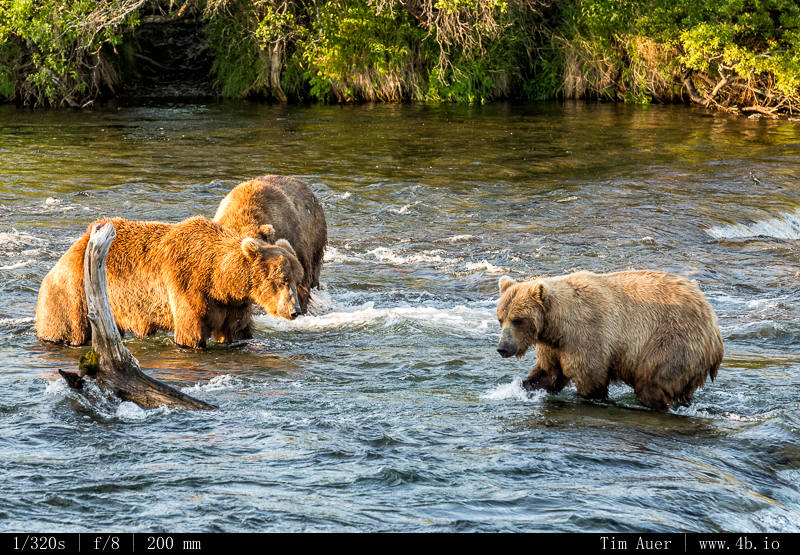
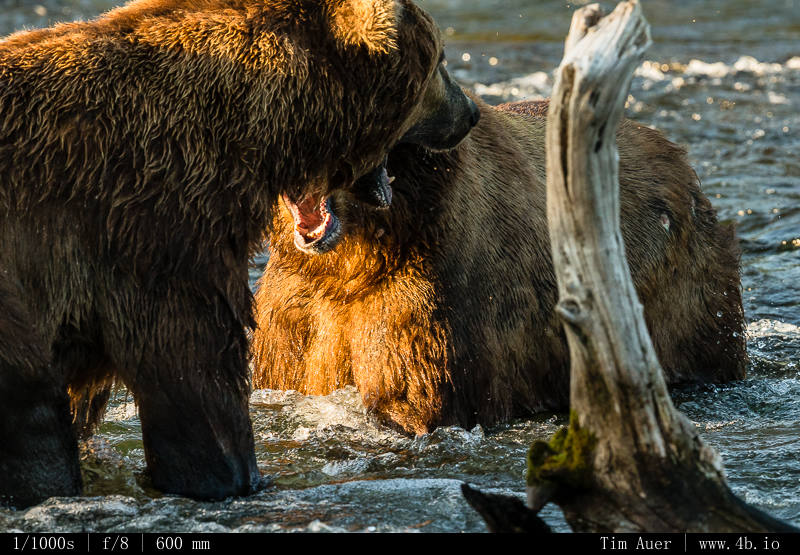
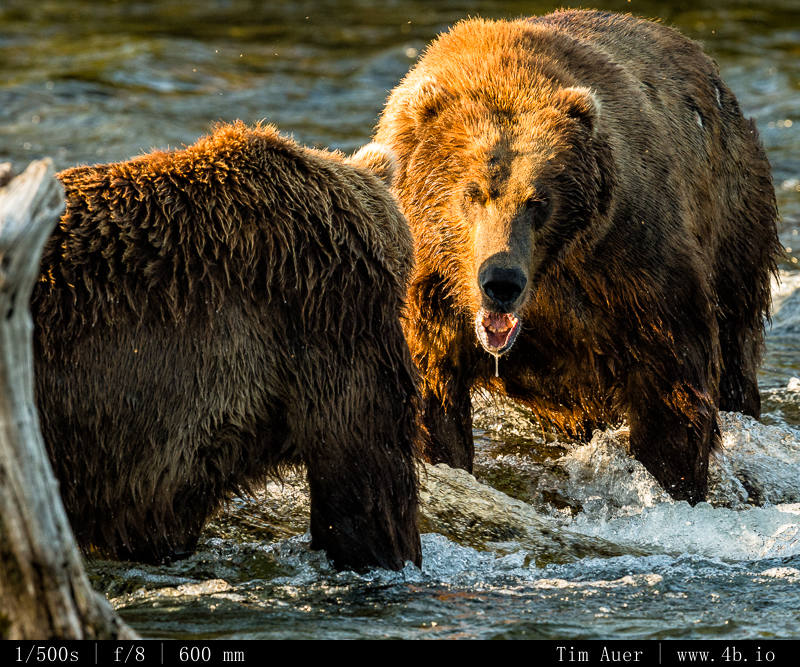
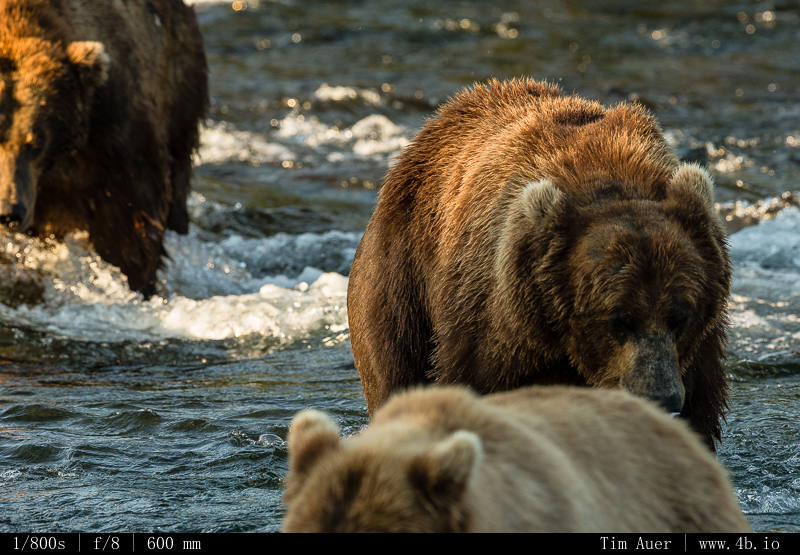
Bear 747 had been fishing in the jaccuzi when he decided to climb the waterfall and stand in the sun. Brooke got up from the bank she was sitting on and went up to where 747 was standing. The angst was instantaneous for Hank. The agitated big bear jumped the falls to be by Brooke’s side, and a small standoff ensued. Hank and 747 settled their dispute like true bear gentlemen, requiring only jawing and light pawing. Once it was settled Hank took his prize and headed away from the falls into the woods…I thought it would be the last I saw of the pair that evening…

The “Deed”
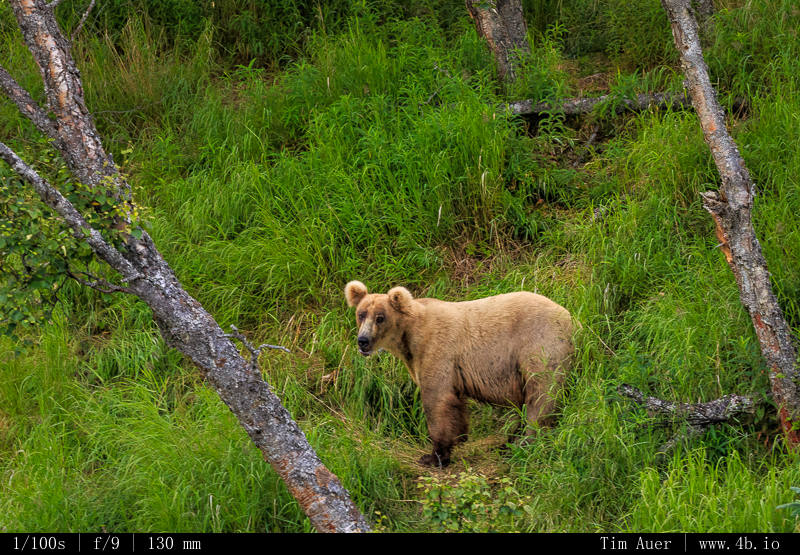

At 21:40 we decided to leave the falls and make our way back to camp along the walkway. We had an early morning boat ride to Margot and could use the rest. We passed through the heavy metal gate closest to the falls, and were stunned to observe what was in front of us. Brooke and Hank, right before us, getting it on, bear style. The coupling was hot and steamy. Literally. There was steam escaping between their wet bodies in the forest light. There was a lot of snarling, nuzzling, ear nibbling, and vicious growling and biting. As the steam picked up, they heard a noise and quickly scattered. It looked like the farmer’s daughter and the traveling salesman were busted. I could see Grazer (blondie with big ears) up on the hill, but Grazer could not see the couple, and the couple could not see her. Both sets of bears tried to sniff out who or what was there. When Grazer realized that Brooke had suddenly spotted her. Grazer didn’t need any further instructions, she took to her heels and sprinted up the hill away from them, but Brooke chased after her, and Hank chased Brooke. Brooke and Hank made a short, but speedy, loop on the hill and returned to the same spot they were before. Without skipping a beat, Brooke and Hank were at it again – the Grazer disruption lasted 54 seconds in total (according to the time stamps in my photos).
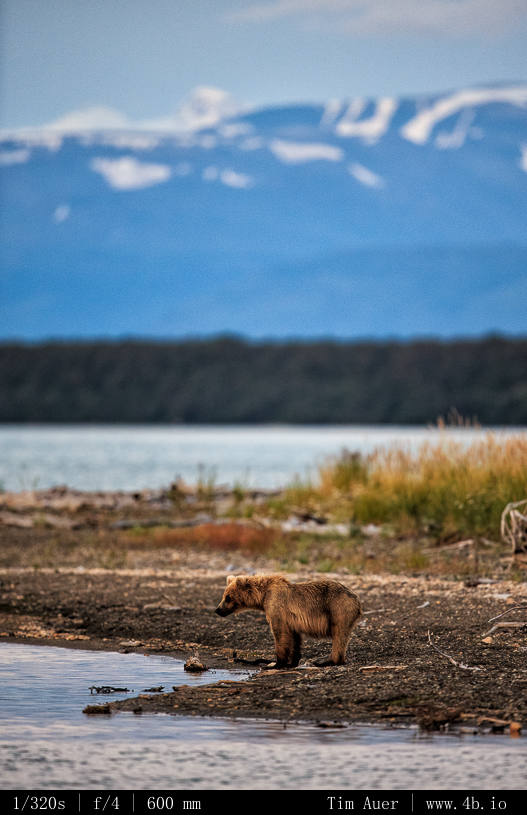
In its entirety, the mating session lasted about an hour, and during that hour Brooke and Hank moved and changed positions. It seemed that several times Brooke tried to tell Hank that she wasn’t having much fun anymore, but Hank didn’t seem to care, and would growl or cuff her when she objected. At one point while pointing my 600mm lens at the bears, I whispered down to my friend Meril who also had his 600mm out: “This isn’t weird, right?”
At the end, when both bears separated, and they began to vigorously pull tufts of grass and eat it. Then Brooke skipped off towards the river. Hank still followed, but with the deed done, he moved with less urgency and even found the time to stand up and get a good backscratch on a tree…
We were left with a 1.6 mile walk back to camp, and a lot to discuss along the way. And there were plenty of other bears still out as we reached the lower river in the gentle Alaskan summer twilight…
More Blog Posts to follow on the results of this trip.
Link to Meril’s Photos
Previous Katmai Posts
2014 Katmai: Pre-Spawn Preparation
2013 Katmai: Gear People Bears
2013 Katmai: Bear Behavior
2013 Katmai: Float Plane Lift
2013 Katmai: Cubs
2013 Katmai Packing List
2013 Otis Eats a Salmon
The gallery below is in chronological order, the events on July 20 unfolded in the order shown (the first photo is from the day before):
